#at least the original creator may reprint it so
Explore tagged Tumblr posts
Text
*finds the perfect accent for my progen*
*it's getting resold for 4k gems when it originally cost 650*
#:')#at least the original creator may reprint it so#i'm not paying that lmao#i get wanting to resell for a bit of a profit but#come on lol
5 notes
·
View notes
Text
The Public Domain Statement
I believe copyright is a sham.
I believe that lobbying corporations have turned what was originally a protection designed for the individual artist into a strangehold over ideas and culture in America, and by extention the rest of the world.
Copyright existed so that I could make a work of art, and then for a reasonable amount of time after that, profit from that art. I am not directly opposed to this idea. In fact, I think it's a great idea. A creator of something should have, for at least a while, the exclusive right to create and distribute their work and profit from it. And by profit, I really mean, "make a living from."
Which is where my next bit comes in: The original terms for copyright were seven years from the original date of publication. Which means I make a book, or a painting, or a song, and for seven years, that's Mine. You can't reprint it or alter it without my permission. But then, seven years later, it's free game. You have had seven years to profit and make a living from this single work of art; time's up, better get back to those artin' mines and make a second thing.
The intent for this was twofold: It prevented one artist from relying on a single work for their entire livelihood, forcing one to create Again. And I philosophically believe that not just the art of creation is good for the human soul, but continued creation of art is good for the human soul. I made a lot of music before, I've made TTRPGs before, but nothing heals my soul after the long week of capitalist bullshit than sitting down and making something entirely new.
Secondly, it prevents one from monopolising the culture. If a creation became so widespread and popular, it becomes part of the culture. It BECOMES PART OF THE CULTURE. The olden Gods like Zeus and Thor are part of the culture. The myths of older cultures are part of the culture. King Arthur and the Knights of the Round Table are part of the culture. Robin Hood, Peter Pan, Cinderella, Beowulf, all of these are part of our culture.
So are Superman, Batman, Spiderman, Mickey Mouse, Pikachu. These characters are also a part of our culture. And we should be able to interpret them as we like, without threat of corporations stomping us down.
I am under no illusion that anything we create for Tidal Wave Games could be as popular as those things. But, they could become popular. People may want to build on our ideas, whether they be mechanical game design or worldbuilding. Therefore, we want them to be accessible to the culture--after, of course, a reasonable amount of time has passed.
Those who picked up CERES: THE PLANET THAT NEVER SLEEPS may have noted a piece of text in the table of contents & credits page: "All text contained within this book will become public domain on January 1st, 2033." That is a legally binding statement, and it's true. As of January 1st, 2033, all the text in Ceres will be public domain and anyone can use it or build upon it without attribution. As of the 4th printing of the CUSC Core Rulebook coming early next year, it will contain the same text, with a revised date of 2032--ten years after original publication.
This is our commitment, to the culture of the world. We hold on to the copyright for ten years. You can do whatever you want after that. The art, is not public domain, because we are against the AI image war and we are pretty concerned about what letting our images into the public domain might do for that, among other things. But, we aren't going to come after you for making new art based on those images--reinterpret the world as you see fit, fan artists!
Furthermore, if you're interested in working with some of our content or want to make stuff based on it--just talk to me. We are extremely open and want people to create for us. We'll even pay you and help you put it out!
21 notes
·
View notes
Text
May 2023 Solicitations: Doctor Strange confirmed appearances
DOCTOR STRANGE #4
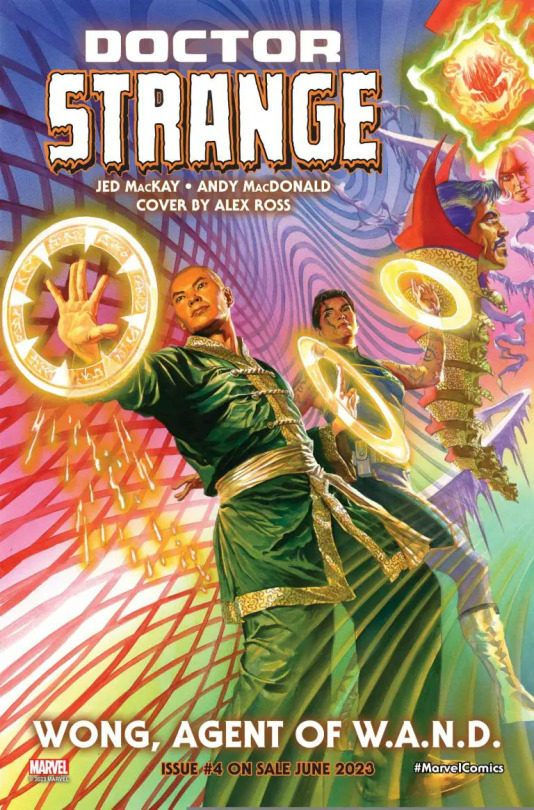
Jed MacKay (W) • ANDY MACDONALD (A) • Cover by Alex Ross
Clea Variant Cover by DERRICK CHEW • VARIANT COVER BY CHRISTIAN WARD
MEET WONG…AGENT OF W.A.N.D.!
Wong and magic super-spy Pandora Peters are reforming S.H.I.E.L.D.’s covert mystical organization. Their first mission? Find a supernatural serial killer who not only destroys magic but eats it! Who is this horrifying monster? And what future danger does it spell for Doctor Strange?
32 PGS./Rated T+ …$3.99
WARLOCK: REBIRTH #3 (OF 5)

RON MARZ (W) • RON LIM (A/C)
Variant Cover by MIKE HAWTHORNE
Adam Warlock and Doctor Strange must escape Soul World! But in order to do that, Adam will have to fight Eve head on! Without the Soul Gem, does Adam stand a chance?
32 PGS./Rated T+ …$3.99
ULTIMATE INVASION #1 (OF 4)

JONATHAN HICKMAN (W) • BRYAN HITCH (A/C) • FOIL VARIANT COVER BY BRYAN HITCH ALSO AVAILABLE
NEGATIVE SPACE VARIANT COVER BY JOHN TYLER CHRISTOPHER
VARIANT COVER BY PEACH MOMOKO • VIRGIN VARIANT COVER BY PEACH MOMOKO
VARIANT COVER BY ED MCGUINNESS • VARIANT COVER BY RON LIM
VARIANT COVER BY SARA PICHELLI • VARIANT COVER BY RUSSELL DAUTERMAN
BLANK VARIANT COVER ALSO AVAILABLE
THE TRANSFORMATION OF THE MARVEL UNIVERSE BEGINS!
Superstar creators Jonathan Hickman and Bryan Hitch team up!
The Illuminati must form once again to stop the Maker from his plans to destroy – or perhaps rebuild – the universe, with Miles Morales at the center of it all! Bryan’s work on THE ULTIMATES helped redefine super hero comics for the 2000s - wait until you see what he and Jonathan have in store for this decade! Including new data pages by Jonathan Hickman - plus exclusive behind-the-scenes material on the world-building that has gone into this project!
56 PGS./Rated T+ …$8.99
SON OF ORIGINS OF MARVEL COMICS: MARVEL TALES #1 (reprint)

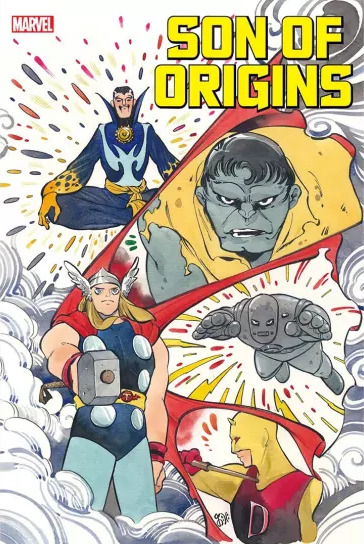
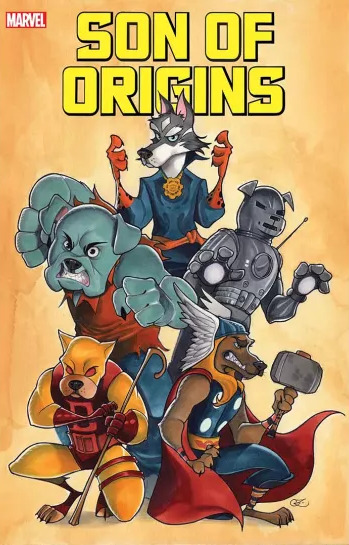
Written by STAN LEE & LARRY LIEBER
Penciled by JACK KIRBY, DON HECK, STEVE DITKO & BILL EVERETT
Cover by NICK BRADSHAW
VARIANT COVER BY PEACH MOMOKO • DOG VARIANT COVER BY CHRISSIE ZULLO
VIRGIN VARIANT COVER BY NICK BRADSHAW
Relive the debut appearances of even more pop-culture icons as we celebrate the legacy of the House of Ideas with MARVEL TALES! In INCREDIBLE HULK (1962) #1, Stan Lee and Jack Kirby unveil perhaps their most tragic hero of all. Is the Hulk man, is he monster…or is he both? In JOURNEY INTO MYSTERY (1952) #83, Larry Lieber joins Lee and Kirby to bring the mighty Thor from Norse myth to the Marvel Universe! In TALES OF SUSPENSE (1959) #39, Lee, Lieber and artist Don Heck introduce Tony Stark – and show how, to save his own life, he must build the invincible armor of Iron Man! In STRANGE TALES (1951) #110-111, Lee and Steve Ditko present the psychedelic world of Doctor Strange, Master of the Mystic Arts! And in DAREDEVIL (1964) #1, Bill Everett teams with Lee to show how blind youth Matt Murdock becomes the fearless adventurer known as Daredevil!
104 PGS./Rated All Ages …$7.99
--
Despite the many solicitations, I don’t think it will be a busy for Stephen (at least, on the confirmed appearances) because, well, Ults will be confused on Miles Morales, not the Illuminati. And the other one is just a reprint. Stephen will be certainly more featured in Warlock, which is nice to see again since they share a history. And that’s it!
(also furry!Stephen sos)
18 notes
·
View notes
Note
So which Twoface scarred design do you like based on anesthetics the most? And any theories about the variety of colors, like do any play into color theory or any meaning, or are just limited to printed color limitations/artist sole interpretation?
This would have been a much shorter answer if you hadn’t added the second part. But I’m glad you did, because I love talking about this shit!
While I do have certain… shall we say, opinionated preferences for my ideal design for the scarring, my taste is dependent on SO many different factors. Since you brought up color limitations, let’s start there, because that speaks to a certain aesthetic of Two-Face that I love.
First, let’s talk about the basic design, the gold standard of the Golden Age. The very first appearance of Two-Face has served as the model for how the scarring's looked ever since. The iconic features include a permanent snarl, a bulging eye, a wilder hairstyle with differently colored hair, and different coloring from his unscarred flesh. Every version of Two-Face since has either followed or subverted this original depiction.

(Note: I could also go on a whole tangent about how this design MAY have been based on a poster for the 1941 film adaptation of Dr. Jekyll and Mr. Hyde, which I’ve recently had reason to suspect may be bogus for reasons related to the complicated history of Batman’s supposed “creator” Bob Kane, but that’s several other essays worth a material. And that’s not even taking into account who actually drew this original comic, whether it was the credited Kane, or Jerry Robinson and/or George Roussos. The history of Golden Age comics is rife with controversy, plagiarism, and bullshit, with Batman being no exception.)
For roughly 50 years, this was, more or less, the standard version of Two-Face. Even as DC evolved through different eras of “House Styles” where all art had to maintain a certain consistency, this design underwent very little variation over five decades. While his scarring would occasionally be depicted as gray or off-purple or even flesh toned, it usually stuck to the original choice of green.
Why green? Why would a man who suffered an acid attack have green scarring? Putting aside questions of realism (which have little place in the world of comics), the reasoning was tied to those specific issues you raised about printed color limitations. The history of comic book coloring is absolutely fascinating, when companies had to rely on printers to produce the cheapest possible product on a regular deadline.
These printers (supposedly backed by organized crime) published comics on newsprint with the four-color CYMK color model, and comic artists had to work within these limitations. This led to some interesting color-coding for heroes and villains in superhero books, with the heroes depicted in primary colors like red, yellow, and blue, and the villains being depicted in secondary colors like orange, purple, and green. As you’ll note, Harvey’s design uses all three of those secondary colors, appropriately enough for a man obsessed with twos.
To this day, these colors are what are used for classic, “retro” depictions of Two-Face, which you can still see on merchandise today. As such, I have great affection for this basic design with these colors, especially when they appear on newsprint with the visible newsprint dots.Over the past couple decades, we’ve seen comics companies reprint these classic stories with cleaned-up, “remastered” artwork. As time has gone by, I’ve come to dislike this treatment of older comics, which were specifically drawn for a period where coloring and printing options were strictly limited. Removing those limitations with computer coloring only seems to make the linework appear more dated, at least to my eye.
For example, take one of my personal favorites, the third chapter of “A Lonely Place of Dying.” On the left is the current, cleaned-up version, while the other is a scan from a long-defunct tumblr user jthener-comics-vault who emphasized the newsprint dots and yellowed newspaper.
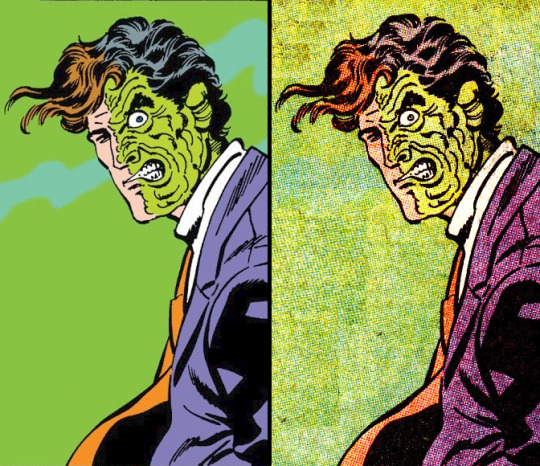
Some may prefer the version on the left, but I strongly prefer the version on the right. There’s just so much more aesthetic appeal with the second version to my eye. The version on the right looks dated, while the version on the left looks timeless because of how it embraced a certain retro aesthetic. Your mileage may vary, but that’s where I’m at with my taste preferences.
(See also: the recent revival of interest in CRT TV screens with classic video games, discussed in this popular post about how games were designed for the limitations of older TVs, and how current pixel graphics don’t look right in comparison. Given how there’s now a whole Reddit community dedicated to CRT TV pixel graphics, I’d love to see people embrace classic comics in the same way. But alas, the people who care about such things are literally a dying breed, as most comics fans seemingly don’t have much interest in anything beyond the past decade or so.)
So if you’re talking purely aesthetics within the classic limitations of comics, I consider the version on the left to be my platonic ideal for a perfect Two-Face. It’s not because the linework of the scarring is anything special (as much as I worship the late, great Jim Aparo, his Two-Face scarring looks like Harvey dipped himself into some creamed spinach), but because the scarring fits the overall aesthetic of the printing techniques of a bygone era.
So that would be ONE example of my preferred take on the scarring, with a specific version that emphasizes his classic newsprint roots. But it’s not the only one, because those limitations were soon expanded by the 1990’s, with advances in printing quality and coloring techniques. On top of that, DC started hiring artists for stories far outside their usual “House Style,” which led to all manner of weird and varied interpretations of characters like Two-Face, depending on the story. In fact, his appearance–along with his personality, motivations, and even his own backstory–would change drastically from one appearance to the next. His scarring alone could be green, pink, red, blue, purple, or some variation of the above! And that’s not even taking into account the pen-and-ink linework choices!
This finally brings me to your original question of which version of the scarring I prefer. While I still love the classic retro take on the character as well as stylized “dark deco” versions like his appearance in Batman: The Animated Series, there are certain traits I look for in modern depictions of Two-Face. These preferences were undoubtedly informed by the fact that I saw Sam Raimi’s Darkman as a young teen and fell in love with the prosthetic makeup effects by Chet Zar and Toni Gardner, who created a viscerally horrifying template for what I wanted to see used for Harvey Dent ever since.
So these days, when it comes to what I really want to see in the scarring? At this risk of being too graphic, I like the flesh to be stretched and warped, the lips and eyelids peeled back and exposed. I also STRONGLY prefer there be no clear line down the middle between the scarred and unscarred sides. There should be some sense of integration between the sides, rather than two separate faces–one realistic and one cartoonish–slapped together. Some of my favorite examples include Alex Ross and Doug Braithwhaite’s Harvey cameo from Justice #2 and Brad Walker and Doug Hennessey’s from “Ugly Heart.”
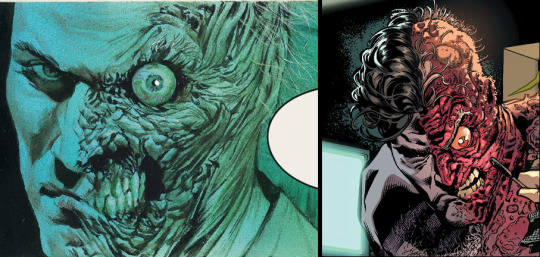
Basically, I prefer a style that’s evocative of movie-style body horror, adding realism without being realistic.He should appear shocking while simultaneously looking like someone who has suffered, and continues to do so. It should compliment (but NOT play up) the good/evil dichotomy, without veering into cartoonishness. Doing that leads to him being treated as more of a gimmick crook rather than a three-dimensional character.
Again, we’re talking my own personal preference here. As a character, Two-Face represents different things to different people. When creating the story Batman: Faces, artist Matt Wagner wanted Harvey’s scarring to be red because it emphasized the “devil inside” motif. For many people, Two-Face is a character who conveys the evil within normalcy. Fair enough.
But for me, I like red because it looks like exposed flesh and tissue, emphasizing the raw pain Harvey has and must endure. I prefer when the scarring emphasizes tones of flesh and blood, like reds, pinks, and purples. I loved the blue scarring of Batman: The Animated Series on its own merits, but it only works within that specifically stylized “dark deco” context.
And when it comes purely to linework design, I think my ideal model would be the work of sculptor Andy Bergholtz, who not only designed a bust I will never afford despite dearly wanting, but who also created an incredible pumpkin carving of Two-Face which, weirdly enough, endures as one of my favorite depictions of the character.

Notice how Bergholtz doesn’t draw a distinct line between the two sides, but instead shows how the flesh stretches and warps from one side to the next. It looks painful, while also being perfectly integrated with the rest of the head. Hell, even the choice to go with the classic green coloring works, because of how it looks sickly and gangrenous! It still looks fleshy, even with the comic-book-y coloring choice!
These sculptures are my baseline for how Harvey’s scarring should ideally look. But at the end of the day, the scarring is only one factor I look for when it comes to depictions of Two-Face. It’s how the scarring looks with his unscarred side, especially if the artist actually chooses to DO something interesting with Harvey’s face rather than just depict him as a Bland White Dude or Generic Gangster. It’s also how both sides of his face look in whatever he’s wearing, how they’re drawn in the linework, how they’re colored and depicted on paper and/or online scans. So many factors go into making/breaking Two-Face, just as they do with pretty much every other comic character who has existed for decades at this point.
But ultimately, none of that matters to me as much as the writing. Harvey could look absolutely terrible in the artwork, and I wouldn’t care so long as the writing treats him with empathy and compassion. Still, I appreciate you giving me this opportunity to reacquaint myself with his aesthetics, which I’ve too long disregarded because–for many–that’s all they see when they think about Two-Face. Not as a three-dimensional character, but as a walking pile of aesthetics. But it's nice to revisit those aesthetics as a reminder of why he's continued to endure as an iconic character for eight decades.
#harvey dent#twoface#two face#ask hefner#long post#what the hell are those links under my images now#why does copy pasting a draft from google docs do that now?#that didn't used to happen last year
66 notes
·
View notes
Text
"We wrote her that way": Entrapta and autistic representation in She-Ra

Entrapta forgives Catra for exiling her to Beast Island at the end of Season 3, and being a jerk to her in the past, in the episode, "Taking Control"
In November of last year, I wrote about Entrapta, one of my favorite characters in the animated series, She-Ra and the Princesses of Power, because she is morally gray character, a hacker, and a "smart and quirky chaotic neutral icon." In that post, I examined her character in the first four seasons of the show, noting that she is an autistic character who makes her own decisions, acting as "a princess with prehensile hair who is [also] a scientist and inventor always trying to tinker with ancient technology. " I also criticized some who claimed she is a "hurtful" representation of autistic people, noting that she is sweet and underappreciated, pointing out that Bow is the only one who sees her sympathetically, and that she stays in the Fright Zone by choice. I further noted that she is dedicated to science and research, sticks up for Catra when Hordak wants to send her to Beast Island, and stated that when she is rescued from Beast Island in Season 4 she "goes with them back to Bright Moon because of data and scientific discovery, not because of friendship or anything else." I additionally made a comparison between her and Peridot in Steven Universe, with storyboarder Maya Peterson (the same one who said Peri is asexual and aromatic), said she doesn't interpret Peridot as autistic. I intend this post will be an update from my previous post, talking about her in the show's final (and fifth) season, which started streaming on May 15th. If you haven't see the new season, please do so because this post is filled with spoilers! It is important to write about this because series creator ND Stevenson confirmed that Entrapta was autistic, basing Entrapta on an autistic person on the SPOP crew, a full-time storyboard artist named Sam Szymanski. [1]
Reprinted from my History Hermann WordPress blog and also Wayback Machine. It was originally published on May 27, 2020.
Most of the commentary about the new season has focused on the mutual confession of romantic feelings by Catra and Adora, shipped as Catradora, who kiss in the show's final episode, with their love literally saving the world (and universe) from destruction. This is the right focus, while some have noted the other LGBTQ characters confirmed like Seahawk (whose ex is named Falcon), Kyle and Rogelio, the relationship between Perfuma and Scorpia, or the romance between Bow and Glimmer, among many other topics. [2] After all, as Lindsey Mantoan, wrote in a CNN opinion, She-Ra is the "best queer representation on television." In the process, however, little has been said about Entrapta. In fact, of many reviews I looked at, only a few even mentioned her in their analyses, despite her pivotal role in at least part of the season. [3] While one reviewer for A.V. Club (Shannon Miller) claimed that the show trades an in-depth look at Entrapta's treatment for "heroics," and saying there could have been "more reflection from those who have outwardly had more difficulty understanding Entrapta’s mindset, " another, for Forbes, Linda Maleh, says the opposite. Maleh argues that Entrapta gets a lot "a lot of screen time as she learns to balance her love of machines with her desire to connect with people," calling her entirely "adorkable," and that her character gives viewers some of the most touching and funny moments of the show. I tend to agree with Maleh more than Miller. Similarly, I think that Heather Hogan of Autostraddle makes a valid point in saying that Wrong Hordak brought out the charming parts of Entrapta, stating that it was nice to see her understanding how to work alongside friends, express herself better, and her feelings, while the princesses "start to understand her for who she really is." Although it is positive these reviewers noted her role in the season, there is clearly a lot more going on about Entrapta than what Miller, Maleh, or Hogan talk about.
Entrapta, who is between the ages 28 and 30, appears in every single episode of the fifth season, apart from episode 10, can be said to be the "smartest" character in the series. In the previous season, she was rescued from Beast Island by Bow, Adora, and Swift Wind, reminded about her true friends while ancient technology continued to pull her in. In contrast, in this season, she struggles to find a place among the other princesses, as highlighted in the episode "Launch." Since Entrapta has been a morally grey character in the past, it makes sense that the princesses are a bit distrustful. Even Emily, with her name as an obscure reference to Hitchhiker's Guide to the Galaxy, turns away from Enttapta when it appears that she cares more about tech "than saving their friend." After that episode, the princesses begin to understand her better. She later helps out Adora and Bow save Glimmer from Horde Prime's flagship. Glimmer is transported through space by Catra, in her first likely selfless act. She then helps Adora, Bow, and Glimmer successfully rescue Catra from Prime's flagship, called the Velvet Glove. She even does surgery on Catra, removing the chip in her neck. She, additionally, forgives Catra after she apologizes for treating her terribly. As a reminder, at the end of Season 3, Catra panicked when Entrapta tried to warn Hordak to not start the portal. She then orders her to be sent to Beast Island. She is shocked with what she is done (as is Scorpia by this cruel act against her), beginning her descent down a "dark, dangerous path." Basically, Catra blamed Entrapta for her own mistakes.
In the rest of the season, Entrapta continues to help the princesses and tries to disable all the chips before being transported to Prime's flagship. She apologizes to everyone when captured by Prime, literally the head of a cult of mindless drone soldiers. Whether Entrapta has platonic or romantic feelings for Hordak, the latter shipped as Entrapdak by one of of the show's story editors (and some other fans), it is up the viewer. [4] As some fans noted back in March, a few months before the recent season premiered, it is clear that there is "some chemistry between her and Hordak" and some even call their relationship "sweet," although I'm not sure I would go that far. In any case, it does mean that Hordak is more than a one-dimensional villain like in the original She-Ra: Princess of Power series in the 1980s which was used to sell action figures for Mattel. Through some searching, I did find an interview with Stevenson (complete with unfortunate spelling errors by the person who wrote the transcript of her interview responses) where he specifically talks about how Entrapta grows in this season:
I think with a character like Entrapata [sic], we sort of live in a little bit of her own version of the world that the other characters don’t always understand...It's not only Entrapta learning how to empathize and connect with others, but also for others to learn how to empathize and connect with her. And so I think with both sides of that, we see [Entrapta] growing this season. What I think has always been [Entrapta's] strength is that, even if she might struggle with communicating her feelings or understanding other characters when they’re communicating their feelings to her, I think her strength as a character -- kind of her superpower -- is that she sees humanity in everything. Not just in humanoid or organic creatures, but she sees humanity in robots. She sees humanity in the AI that drives ships. She sees humanity in one clone in a million identical clones and knows their personality and knows who they are and knows how to connect with them... I think we see her make a lot of progress on that front, but then we also see her. I think she does more than almost any other character in humanizing characters who have never been humanized before by anyone....It's so much of what is the heart of this show. It seems like that’s what makes Etherea [sic] special in general is that everyone who comes to Etherea [sic] isn’t getting broken by it a little bit. They end up making connections and falling in love in ways they never thought were possible. And I think Entrapta really embodies that."
Furthermore, as a morally grey character, who played a "big hand in some of the Horde-led destruction on Etheria," she still cares about her friends. While some may question her renewal of the individuality or "humanity" of Hordak, becoming his first genuine friend, later leading him to turn against Horde Prime, she clearly had a "unique perspective on the world that not everyone understands." Earlier in the season, when she encounters Hordak before he is freed from Prime's control, in an attempt to access the computer control center of Horde Prime so she can disable the mind-control chips, helped by Swift Wind, she tells Hordak “remember, your imperfections are beautiful!” When the essence of Prime is destroyed by She-Ra, he is freed, and is soon reunited with Entrapta, who says that she is "so glad" to see him back.
By this point, it is clear that Entrapta is not the "worst kind of villain" as some described her and is more than a person who "only cares about the pursuit of knowledge," no matter the consequences, as Brett Elderkin described her, also calling her a "mad scientist," but rather just a morally grey character, or perhaps "chaotic neutral" to use a Dungeons and Dragons term. That brings me to a recent article by Megan Crouse in Den of Geek appropriately titled "She-Ra: In Defense of Entrapta." She states that while Entrapta occasionally embraces the trope of not caring about "people who might be hurt when dangerous experiments go wrong," she is much more than that, and dramatically changes in Season 5. Crouse added that Entrapta in Season 4 was not truly happy as a hermit on Beast Island, although she maintained her fascination with science, missing people, and afraid that "her friends will inevitably abandon her." She then talks about the episode "Launch" where Entrapta's conflict with the fellow princesses reaches a boiling point, putting others in danger, with her actions "extremely, comically risk," wanting to win at no matter the cost. After Mermista accuses Entrapta of not caring about any of them, and not being trustworthy as a result, she responds by saying she didn't realize they were angry at her. She then retreats to apologizing, one of her many defensive mechanisms, stating
I’m not good at people, but I am good at tech. I thought maybe if I could use tech to help you, you’d like me. But I messed that up, too.
As she barrels ahead, Mermista pulls her back by her hair (just as Horde Prime does later), and is finally convinced of her good nature when Entrapta declares “Glimmer needs us!,” indicating she is willing to put herself in harms away as much as anyone else. As Crouse further outlines, while Entrapta's action is similar to what she has done in the past, as she begins to explain how and why she acts and feels the way she does, gaining more friends along the way. Even so, she still clearly has trouble reading people, which is not "magically cured throughout this season." While Crouse says that it would "have been nice to see Entrapta really feel the consequences of her dangerous actions," I would counter and say she did grow a lot in this season. On the other hand, I agree with Crouse that it is "sweeter to see her pursue science and friendship" than just tinkering with technology on Beast Island. While I can see why she argues that Entrapta is annoying, she makes a good point that Entrapta is not letting her "loner tendencies turn into complete isolation, but nor does she have to completely change who she is." As a side note, Entrapta cuts her own bangs, as Stevenson said once, although this is terrifying considering her power tools! Yikes!
Now, lets get to the elephant in the room: Entrapta flirting with technology. The first time this happens is in the episode "Launch," declaring flirtatiously: "Hello. You are very technologically advanced" before almost being blown to smithereens by the Horde robot. Then, in the episode "Stranded" she says: "Darla and I are going to spend some quality time together," again in a flirtatious manner, leading to confused looks from Adora, Bow, and Glimmer. Now, robosexuality, a term seemingly coined and/or popularized by Futurama, means the "love and/or sexuality between a humanoid and a robot." From these two interactions you could say that she is robosexual. Let us consider what Stevenson said about Entrapta: that she is learning to connect and empathize with others, and sees humanity in everything, knowing their personality and how to connect with them. One fan put Entrapta very well, remarking that she is a functional adult who can make full decisions, arguing that she is "chaotic good with a bad moral compass who likes to fuck space nazis," saying she makes bad decisions. I can agree with that to an extent, except to say that it makes sense why she ended up working for the Horde, since the princesses had not really liked/understood her before that point. Another fan noted, correctly, that Entrapta (and Scorpia) but had to earn the trust of the princesses in their own ways.
That's all! Comments are welcome.
© 2020-2023 Burkely Hermann. All rights reserved.
Notes
[1] In her first tweet, she responded to a fan who asked if entrapta is autistic, saying that "many of us relate to her and love her so much and it would mean a lot if we could get confirmation of her being autistic." She responded by saying: "yes, we wrote her that way. One of our crewmembers was on the spectrum and related to her specifically, and had a huge part in shaping her story and character!" She further explained that "the crew member was board artist @Sizzlemanski. His first episode was Entrapta’s introductory episode in season 1 [System Failure] and he had a HUGE hand not only in defining her physical acting, but also pitched me several ideas for her arc early on! He basically became our go-to for Entrapta."
[2] As Stevenson stated on Twitter, he hopes that in the future we stop thinking about LGBT representation as a "race or a contest" and as more of a "community effort to uplift voices that have not yet had their stories told," with each individual piece of media as a "broadening of horizons."
[3] When ND Stevenson was interviewed by comicbook.com, Nerdist, Gizmodo, A.V. Club, L.A. Times, Polygon, Digital Spy, GLAAD, EW, and CBR, the interviewers understandably focused on the Catra/Adora slow-burn relationship, but never asked a question about Entrapta. One interviewer for Collider asked "...So we’ve got Bow and Glimmer, we’ve got Sea Hawk and Mermista, we’ve even got kind of an interesting relationship with Entrapta and Hordak, and then obviously CatrAdora. But did you know from the beginning how everybody was going to pair off or is that something that kind of developed over time?" but he never specifically replied about the "relationship with Entrapta and Hordak." Reviews of the show in The Mary Sue, PinkNews, LA Times, tor.com, and ScreenRant do not even mention Entrapta at all!
[4] On Instagram, ND Stevenson said that Entrapta would follow Hordak to Beast Island as his community services for his crimes and as a result, the "two would develop a romantic relationship and reunite with the bot she left behind in Season 4, keeping her promise to return," so it sounds like it is leaning toward romance, as noted in a summary on her fandom page. Also see Emily Hu who noted they did board a scene with Entrapta and Hordak but it never ended up being included. There is clearly a connection between Entrapta and Hordak, but I'm still not sure if it is romantic or friendly. It could really go either way.
45 notes
·
View notes
Text
Why Superheroes still matter in Arabia
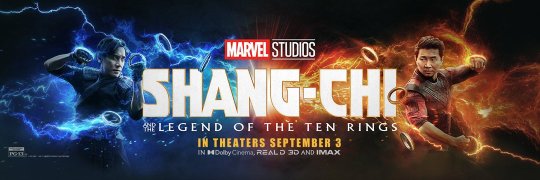
The pop-culture segment in general and superhero segment in particular is the least considered in Saudi Business community (local and international players included). Toy companies, Entertainment houses, Media production companies and even FMCG companies still consider kids (esp. tweens) as primary audience of these properties that have inspired, excited and entertained old and young for more than eight decades
While the society has shown tremendous interest in activities organized by General Entertainment Authority since 2017, the consensus within the business community is antithetical to the wishes of this niche segment of 5 million plus. Shocking as it may seem, the level of interest, fan following isn't restricted to cosmopolitan centers (Riyadh, Jeddah and Dammam/Khobar); in fact, regions such as Hail, Qassim and Al Jouf are among the top 5 out of top 10 regions with most search queries in the country concerning these subject(s)
The Quest for Superhero Content: Saudi Arabia vs The World
Saudi Arabia:

Worldwide:
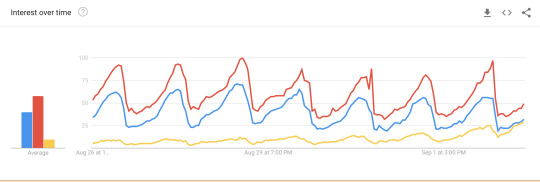
Search Queries: Marvel Cinematic Universe (Blue), Marvel Comics (Red), Shang Chi and the Legend of The Ten Rings (Yellow)
While for me this information isn't new as I've been mining data on Google and Facebook since 2013, I chose today to talk about it in the form of an article. I did so because at this moment in time, the biggest happening in the world of heroes is not being led by DC Comics flagship characters like Superman, Batman, Wonder Woman or Justice League; nor it's being led by Marvel's flagship characters like Spider-Man, The Avengers or X-Men; nor by Star Wars, Transformers or Game of Thrones for that matter. Instead, it's being led by a highly underrated superhero of Marvel who was created in the 70s thanks to the Kung Fu craze (mainly because of Bruce Lee) during that time. His name: Shang Chi, the first Asian/East Asian Superhero
Both graphs show us that audiences in Saudi Arabia show a higher level of interest than the rest of the world combined. Both MCU and Marvel Comics related queries/searches are half as much popular or more (vs Worldwide audience), the underrated superhero Shang Chi is reaching the same mark. Of course, one can't ignore the superior marketing tactics deployed by Marvel Entertainment and Disney plus the character's movie has been released yesterday. The million dollar questions here are:
Why would audiences in the Kingdom show incremental interest in a character whose animated series never existed nor broadcasted on Saudi Channel 1 or 2 in the 70s, 80s or even 90s? (Reminder: Bruce Lee VHS were available for rent and David Carridine's Kung Fu series was on air throughout the 80s on Saudi Channel 2)
Why would audiences here be interested in a character whose Arabized comics never were part of Amlaq Digests or reprinted editions of Marvel that were available in neighborhood mini-markets or imported comic books at Star Markets, Sarawat Supermarkets or Tihama Bookstores (distributed by Al Khazindar)?
Before attempting to answer my own questions, we need to understand that Shang Chi is one of those characters who may not have long-running series in the comic book world that span decades but because of their appeal and strong following, have been part of some of the best stories ever written but with the age of diversity, inclusion and online media, he is important for winning over new audiences of East Asian origin around the world, not just China!
If this is the impact of an underrated character, imagine what happens when Spider-Man: No Way Home is released in December

Superhero Content & the Arab
Before Content Strategy & Marketing were a thing, comic book publishers were doing it even before World War 2. Over the decades, what was being published was resonating with audiences not just in White America but across the world. In the Middle East, the 70s was the starting point for countries such as Iraq, Syria, Lebanon and Egypt but the trend made inroads into the Gulf region, especially in Saudi Arabia in the late 70s
The values shared in American superhero comics resonated with Arabs because of their own history of rich story telling as well as adaptations. Just like the Arab folklore, real historical figures of the region were presented as heroes; in fact superheroes in some cases. Another reason for this is that most of the characters produced in the Golden as well as Silver Ages of comics were created mainly by individuals who came from Abrahamic households. Their story telling borrowed heavily from the Biblical accounts of Prophets and other noblemen (who are also mentioned in Quran) regarding Good vs Evil, Light vs Darkness, the virtue of Doing the Right Thing. It was inevitable that such Western creations would resonate with Arabs
The seeds were planted and once an idea or interest takes root in the hearts and minds, it's hard to let it go
And now, the Superhero Content is being published in over-drive mode. Just check Youtube, Facebook, Instagram for starters and you'll see that the Arab content is there; driven primarily by creators in Saudi Arabia, UAE, Kuwait and Bahrain; ranging from comics to collectibles and even cosplays. This...is the Aladdin Effect
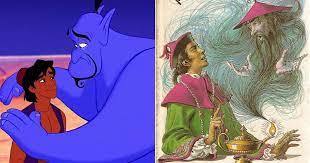
Aladdin was actually Chinese. Thanks to Abbasid Ruler Haroon Al Rasheed, he became an innate part of Arab Literature
Businesses in Saudi Arabia are losing out
Like the community of Anime fans, the superhero community has been there for decades. It came out with full force during Comic Cons that happened in Jeddah and Riyadh between 2017-2019. The first Saudi Comic Con saw a whopping attendance of 20,000 geeks during 3 days of festivity. It wasn't surprising to see a father attending Stan Lee Super Con Riyadh (2019) with his daughter and son waiting anxiously to meet Lou Ferrigno (the star of 1970s Incredible Hulk series). A Saudi Gen-X Father with his millennial daughter and his Gen-Z son (all fans of the Hulk) or Expatriates travelling to Riyadh to attend the festivity and participate in artist alleys and cosplay comeptitions. No wonder this community was referred to as 'Buried Talent' by Arab News
As they say: Data is the new Oil. Unfortunately, international brands and local businesses in Saudi Arabia haven't taken this segment seriously. The collection that's available at an international 'Megastore' in Saudi Arabia pales in comparison to its sister outlets in Dubai. Toy stores, international or locally owned, are still adamant to sell toys to kids instead of focusing on key collectible properties which are being ordered from US market by Geeks in Saudi Arabia thanks to Amazon. Gaming console companies organize impressive launches of their Superhero game in neighboring Gulf countries but nothing as such takes place here. Dairy brands are still using Superheroes for their "Got Milk" approach. What's needed is to take a look at Data that's available on Google and Facebook's Business Suites, for the very least
While young entrepreneurs with limited resources have opened up shops (online and offline) in major Saudi cities (Examples include: Jeddah's Konami licensed Gaming Lounge, a proper Comic Book Cafe in Dammam) and Riyadh having hosted the world's major Toy Fair as well as Stan Lee Super Con and Saudi Anime Expo BUT more needs to be done. The data is there. Action is needed from the Private Sector
The starting point would be with seed investors and venture capitalists who are currently obsessed with re-inventing the wheel by investing in ride hailing apps, food delivery apps, online baqalas, fintechs while a niche segment's wants mostly remain unaddressed
7 notes
·
View notes
Text
Psycho Analysis: Fu Manchu

(WARNING! This analysis contains DISCUSSIONS OF OUTDATED RACIST STEREOTYPES! This analysis does not support or condone such things whatsoever and merely is here to analyze the cultural impact of the character!)
"Imagine a person, tall, lean, and feline, high-shouldered, with a brow like Shakespeare and a face like Satan, a close-shaven skull, and long, magnetic eyes of the true cat-green. Invest him with all the cruel cunning of an entire Eastern race, accumulated in one giant intellect, with all the resources, if you will, of a wealthy government—which, however, already has denied all knowledge of his existence. Imagine that awful being, and you have a mental picture of Dr. Fu-Manchu, the yellow peril incarnate in one man."
— The Mystery of Dr. Fu-Manchu (1913)
I think it really goes without saying that the late 19th century and early 20th century were deeply, incredibly racist. One such manifestation of the racism and xenophobia of the times was the villainous archetype known as the Yellow Peril. The so-called “Yellow Peril” is a caricature of eastern cultures, portrayed in a villainous light; the characters are diabolical criminal masterminds who tend to be geniuses, know kung fu, have mystical powers, command barbarian hordes, and dress like the most stereotypical dynastic noble you could imagine. Just think of every single cringeworthy Asian stereotype you can imagine, stuff it into one villainous package, and BOOM! You have yourself a Yellow Peril villain.
You’ve most definitely seen villains that fit some semblance of this trope. Lo Pan of Big Trouble in Little China and Long Feng from Avatar: The Last Airbender are notable examples (and ones that aren’t particularly problematic, as their works don’t rely on some white guy saving the day and instead have Asian heroes). But we’re not here to talk about them, oh no – we’re here to talk about the grandaddy of them all, the villain who codified the idea of a Yellow Peril villain to such… er, for lack of a better word, “perfection,” that even though he has somewhat faded from the public consciousness he has managed to continue inspiring villains up until the present day: Fu Manchu.
While not the first Yellow Peril villain, he is pretty much the face of it. He is what comes to mind when you envision such a villain, which may be because his cultural impact runs so deep – characters such as Batman’s nemesis Ra’s al-Ghul, the Iron Man foe The Mandarin, and James Bond baddie Doctor No among many others all draw inspiration from this legendary Devil Doctor. So what exactly is his deal that has made him such a problematic icon?
Motivation/Goals: So Fu Manchu’s goals started with him being a Chinese nationalist but eventually he moved into your standard world domination, with him developing over time into becoming a sort of noble criminal, a diabolical mastermind with some level of ethics, class, and standards; the man sent his nemesis gifts on his wedding day and always stuck to his word. This doesn’t seem like much now, but you gotta remember, this guy was one of the first big literary supervillains; you’ve gotta cut him a little slack.
Performance: So it is time to discuss the elephant in the room… not once in his long and storied history in film has Fu Manchu been portrayed by an actor of Chinese, Japanese, Korean, or Indian descent. Fu Manchu has always, always been portrayed by the worst possible option in every single case: a white guy in yellow face. Christopher Lee is perhaps the most well-known white man to play him in a serious work, portraying him in a series of films, though Boris Karloff portrayed him as well.
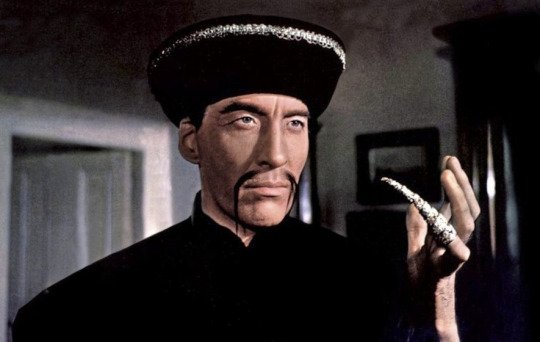
Peter Sellers portrayed Fu in his last major cinematic appearance, though unlike most other examples that film – The Fiendish Plot of Dr. Fu Manchu – was a parody, which does at least take away a little bit of the bad taste.
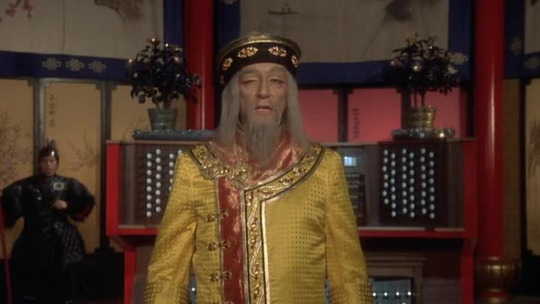
The only valid white man portrayal is, of course, from the fake trailer for Werewolf Women of the S.S. As said fake trailer is a ridiculous sendup of exploitation films and trashy cinema in general, the inclusion of a white man playing the fiendish doctor is pretty much part of the joke – but it’s who they got that’s the real treat. We’ll get to that shortly, but before that…
It is honestly really disgusting that in the long history of this character, he has never once been portrayed by an Asian actor. You’d think at some point that someone might at least just cast any sort of Asian due to the unfortunate tendency to view Asian actors as interchangeable, but they couldn’t even do that.
Final Fate: Fu Manchu is notable because he always gets away, even if his plans are foiled; in fact, he’ll sometimes have plans within plans, so even when he loses, he still wins to some degree. But enough about his in-universe fate; let’s talk about the real world fate of the character, where Fu Manchu has a very odd legal status in terms of public domain.
While the first three books are in the public domain, some characters from later books are not considered part of the public domain, which has lead to situations such as Marvel’s Master of Kung Fu not being able to be reprinted for years. On top of this, as the character’s creator Sax Rohmer died in 1959, Fu Manchu is not in the public domain in Europe; this has led to him appearing but not being directly named in Alan Moore’s The League of Extraordinary Gentlemen, where he is only referred to as “The Doctor” (amusingly, he goes up against Moriarty in that comic, the character he draws inspiration from).
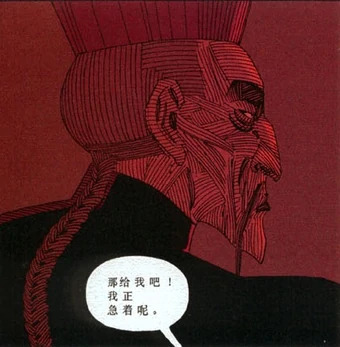
Best Scene: In what is one of the very few non-offensive uses of the character, Fu Manchu is given a brief cameo in the trailer for Werewolf Women of the S.S. that shows up in the Rodriguez/Tarantino double feature Grindhouse, and he’s played by… well… just watch:
youtube
Final Thoughts & Score: Fu Manchu is an absolutely fascinating villain born out of incredibly problematic places.
There is absolutely no denying that Fu Manchu was created from a deeply racist place. It’s an unavoidable fact. There is no getting around it. Fu Manchu as a character was meant to demonize the Chinese, to the point where production of films based on him as well as the novels was halted in times of war when the Chinese were allies. These books, these stories, are all extremely problematic by the standards of today.
But with that being said… who, exactly, is the title character? Do you know, without looking it up, who the hero who Fu Manchu antagonizes is, the Holmes to his Moriarty? This is Fu Manchu’s series, and throughout it he projects an air of intelligence, sophistication, and even honor that you wouldn’t expect would be afforded to a character such as him. As far as racist propaganda goes, an extremely charitable person could be able to call this “progressive” in some regard. Positive discrimination is a step up from regular discrimination, right? Again, there’s really no getting around the glaring problems with the character and his origins, but the fact Fu Manchu is one of the first supercriminals in literature and manages to just be unflinchingly cool to the point where you’ll probably end up rooting for him over the bland white protagonists says something for how utterly racism fails when it manages to make the object of its derision infinitely cooler than the race it’s trying to prop up as superior.
By my own criteria, Fu Manchu could only be an 11/10. I can’t deny how much of an impact, for better or for worse, the fiendish doctor has had on pop culture, to the point where he gave his name to and subsequently killed off a variety of facial hair, a feat only matched by Hitler. But this comes with a disclaimer: I cannot stress enough that Fu Manchu is deeply and inherently problematic on a conceptual level, and that despite how genuinely cool and fascinating he is in the right hands it doesn’t and cannot erase that his original purpose was to demonize the Chinese and Asian cultures. He also managed to help perpetuate yellowface and helped to popularize cliches that have plagued Asian villains to this day. While many in his wake have still managed to be cool and engaging in their own right, it really cannot be said how this character has a very complex history. Has he done more bad than good? That’s not for a white guy like me to determine; I’m merely here to determine the overall quality of the villain and determine their impact, and Fu Manchu undeniably has impacted culture. It would be wrong and disingenuous to break my own rules to give him a lower rating due to his problematic elements, but at the same time I cannot sit here and pretend they do not exist.
I would love to see the day where Fu Manchu can be reclaimed to some extent. Look at Shang-Chi, for example; the (at this time) upcoming Marvel film is set to feature the Fu Manchu-inspired Mandarin as a major character, and he is set to be played by Tony Leung Chiu-wai, a Hong Kong actor. If one of the characters inspired by him can get portrayed by an Asian actor, perhaps someday in the future Fu Manchu can be reclaimed from his racist origins and given the respectful treatment he deserves. Fu Manchu is a character that is in many ways accidentally incredible and iconic. Born from horrendous racism, and yet the racist screeds depicting him always somehow manage to prop him up as the best character in the lot… it’s the paradox of racist thought, to go so far in demonizing their target they manage to make them more interesting and engaging than the generic protagonists. Fu Manchu is a truly great villain mired in the problems of the time he was created; in the right hands, great work could be done with him.
Bottom line is: Rob Zombie, get Nicolas Cage on the phone and start filming Werewolf Women of the S.S.
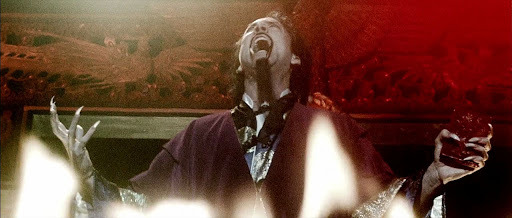
#Psycho Analysis#Fu Manchu#racism#yellow peril#racism against asians#racism against chinese#cw: racism
19 notes
·
View notes
Text
From the Vault: Phyrexia
When Wizards of the Coast choose to discontinue the From the Vault series, almost two years ago, many said it was inevitable because the company had finally run out of good themes for those products. I disagree and think that, on the contrary, there is still lot of cool themes that could be used to make new From the Vault. So I decided that, since I was constantly thinking about new ideas for them, I will periodically make posts presenting “custom” From the Vault, that is, lists of fifteen cards tied by a theme that I think would make a good From the Vault product.
And the first entry in this series will be From the Vault: Phyrexia. What a better way to start that with the classic antagonist of the series? Moreover, Phyrexia being around Magic: The Gathering lore since Antiquities, there is a lot of cards and sets to choose from. It’s more a problem of “too many cards” than “too few of them”. Also, this is the perfect occasion to reprint some of those cards with the Phyrexian watermark.
Yawgmoth, Thran Physician
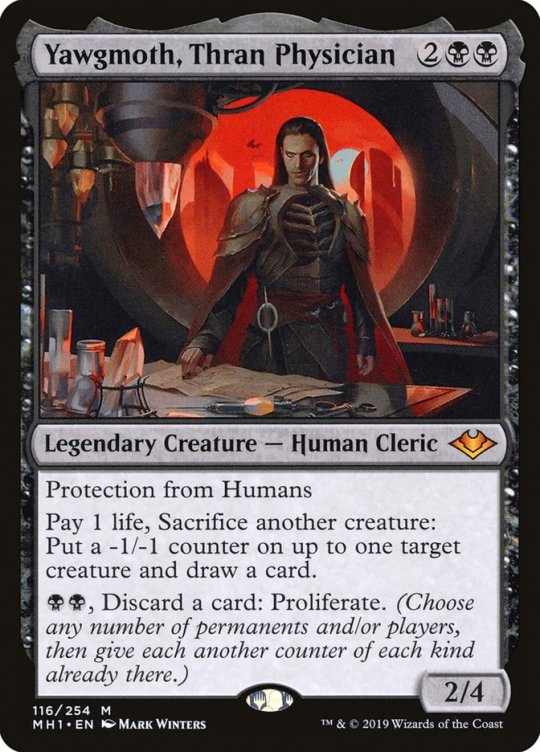
I can’t possibly make a retrospective of Phyrexia without including the man who created it, Yawgmoth. A Thran physician exiled for his interest in eugenics as well as his support to a failed revolution, Yawgmoth traveled across Dominaria, experimenting on various species, often under the pretense of bringing medical help. He later took his revenge on the people who cast him away when, recalled to the Thran Empire to help cure a mysterious disease, he seized the opportunity to transform the sicks into mutants and use them as an army to overthrow the government. With the candid help of the planeswalker Dyfed, he traveled to an artificial plane long abandoned by its creator and immediately started to modify it to suit his needs, creating Phyrexia. Bounding himself to the plane’s core, he then became immortal and inherited god-like powers. Unfortunately for him, Rebbec, the chief architect of the Thran capital of Halcyon, trapped it there, making him and his follower unable to return to Dominaria. He then spent the next millennia perfecting his creations, conquering other planes and plotting to, one day, finally take over his birth plane.
On this card, Yawgmoth is depicted as his young self, before he ascended to godhood and maybe even before his exile. Nonetheless, we can see him wearing a phi-shaped tool to his belt, hinting to the fact he may already have some plans regarding his future creations. Even if it’s technically a card that predates Phyrexia, the facts that he is its creator and that he already started his “Great Work” made it an auto-include here.
Phyrexian Altar
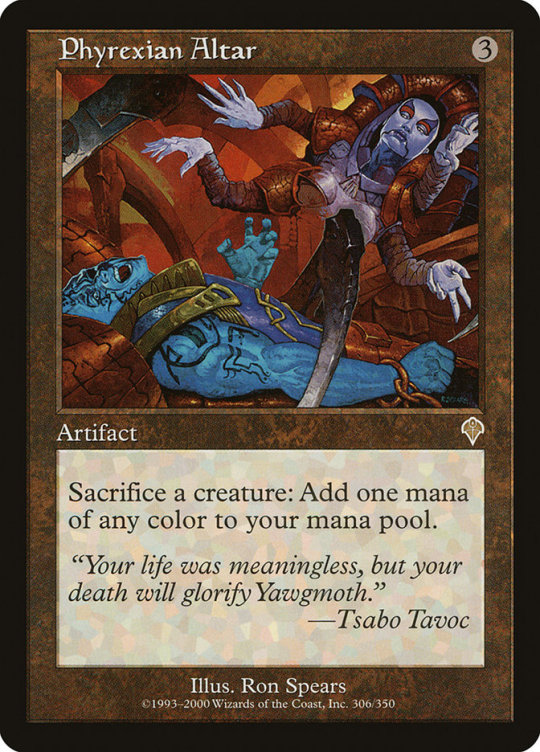
This card, originally printed in Invasion, is a classic of the game. Not as well-know as some other cult cards, it’s still quite popular and is relatively used in Commander. Moreover, its original art have never been used on a modern frame and it would be the perfect occasion for this.
Priest of Yawgmoth
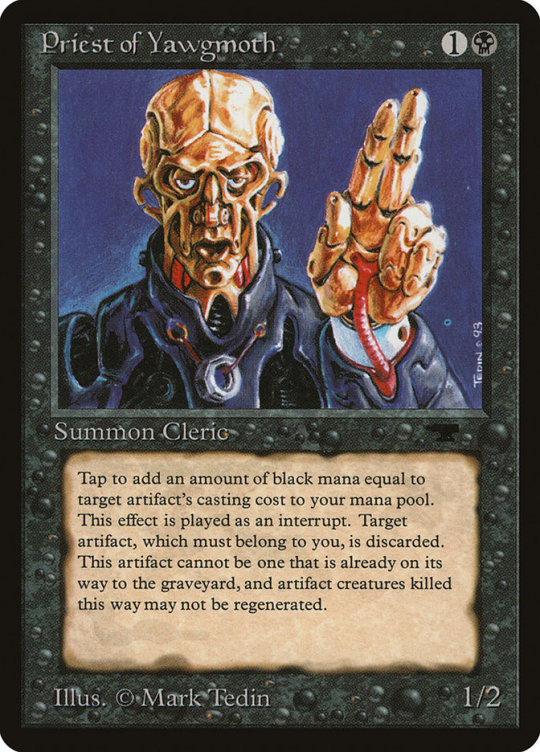
Not as well know, Priest of Yawgmoth is a card that come straight from Antiquities. Not as powerful nor popular as Phyrexian Altar, it’s an interesting card in that it’s a good representation of what the original mechanical take on the Phyrexians was. Also, it could really use a reprint, to have an occasion to see this art in a modern frame, but, more importantly, to have a version of this card with its much simpler Oracle text.
Phyrexian Arena

This card is too much of classic to not be a part of this set. Originally printed in Apocalypse, it has been reprinted numerous times, including in core sets, but still commands a higher price tag due to its popularity in formats like Commander. This would be the perfect occasion to have a version with the Phyrexian watermark.
Phyrexian Tower
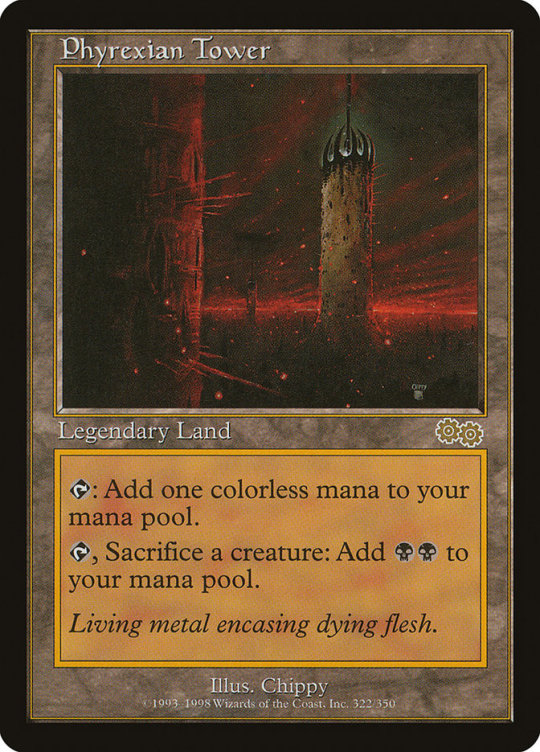
Originally printed in Urza’s Saga, this card was then part of the same cycle of legendary lands that gave us Gaea’s Cradle, Serra’s Sanctum and Tolarian Academy. But unlike those three cards, Phyrexian Tower and Shivan Gorge were not put on the Reserved List.
Despite that and the popularity of this land in Commander, it has never been reprinted before Ultimate Master (if we omit its gold-bordered version). We could reprint it with its gorgeous new art, but I think it would be a good opportunity to use its classic illustration, never used in conjunction with the modern frame before.
Elesh Norn, Grand Cenobite

You can’t make From the Vault: Phyrexia without including at least one of New Phyrexia’s praetors. And none of them is as iconic as Elesh Norn, leader of the Machine Orthodoxy. Moreover, this card have been printed five times but always with the same illustration. A premium print like this one would be a good occasion to give it a new artwork.
Atraxa, Praetors’ Voice
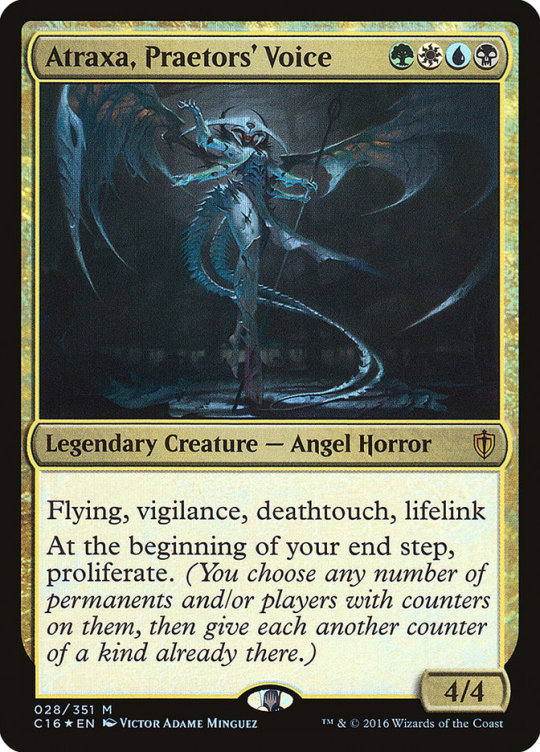
This card may be the most popular commander of all time. Besides, apart from its original printing in Commander 2016, it only has been reprinted once, in Commander Anthology Volume II. None of those printings have a Phyrexian watermark.
Phyrexian Unlife
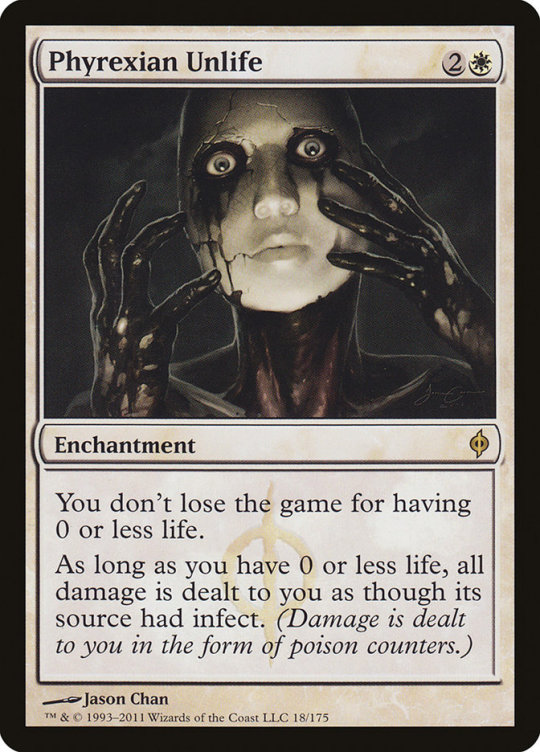
This card is such a good depiction of what Phyrexia is that it would be sad to not include it in this set.
Phyrexian Obliterator
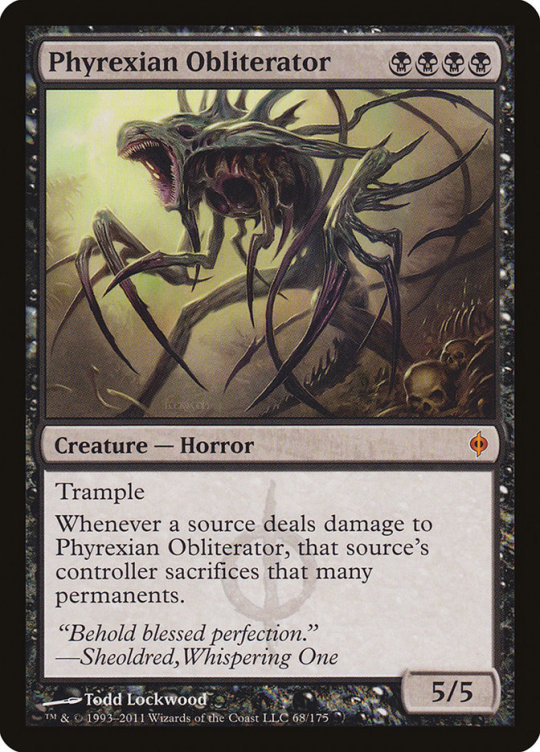
A really cool and flavorful creature card. It’s probably the most iconic card from New Phyrexia.
Birthing Pod
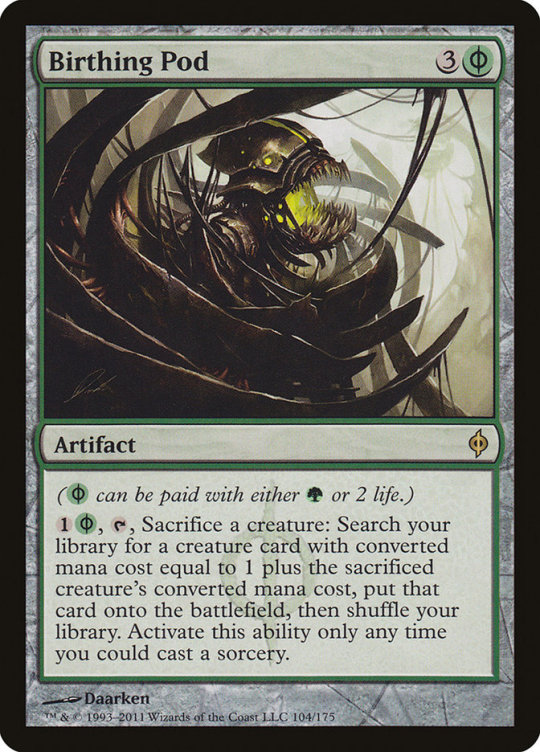
A staple of the Modern format before its ban, it gave birth to an entire archetype.
Gitaxian Probe
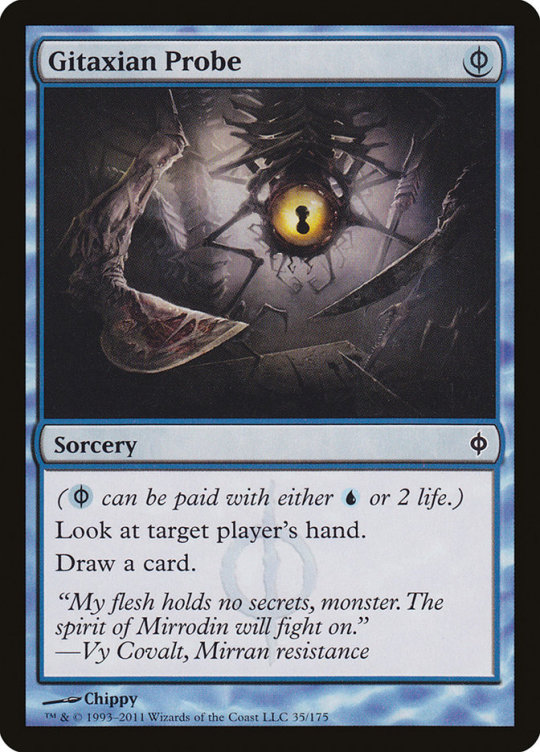
Banned in Legacy, Pauper and Modern, restricted in Vintage, this card used to be a staple in those formats when it was still legal to play it.
Surgical Extraction
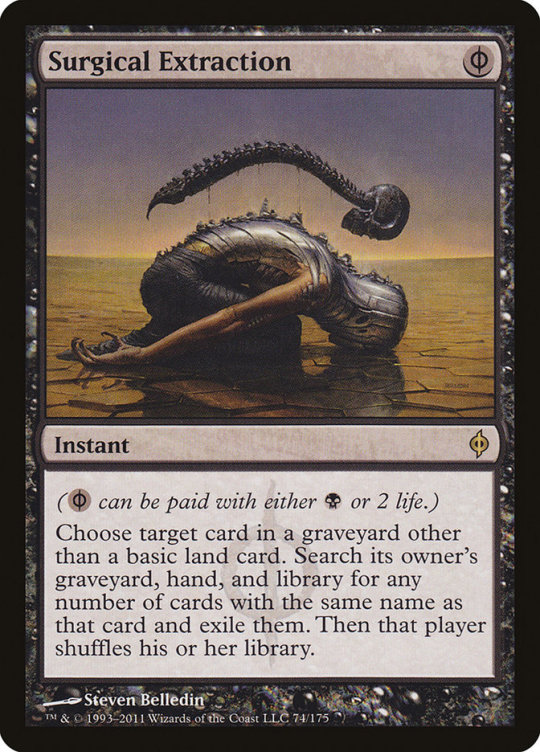
This card is one of the most popular card in Legacy and commands a huge price tag because of it.
Dismember
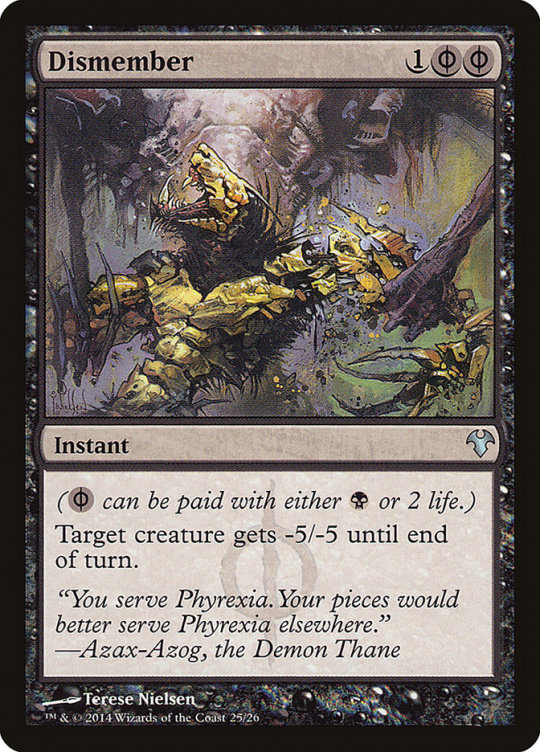
A Modern staple and a useful card all around.
Gut Shot
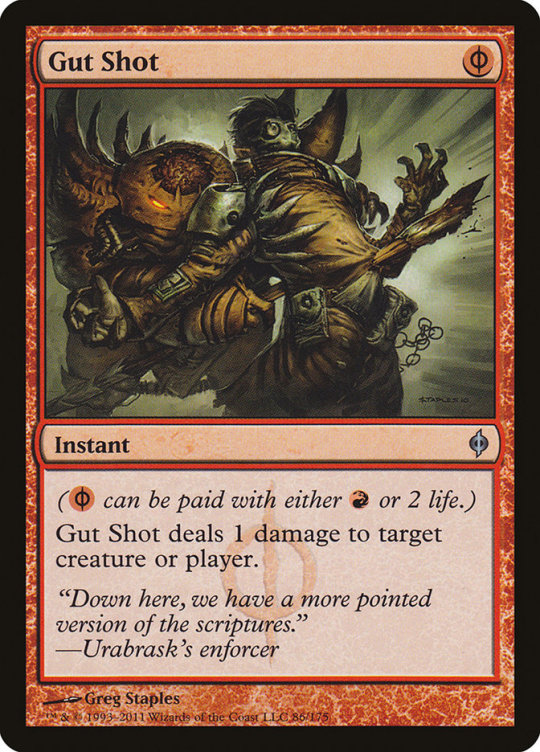
This list lacked a mono red card and Gut Shot is a popular card in Pauper, played in numerous archetypes.
Phyrexian Scriptures
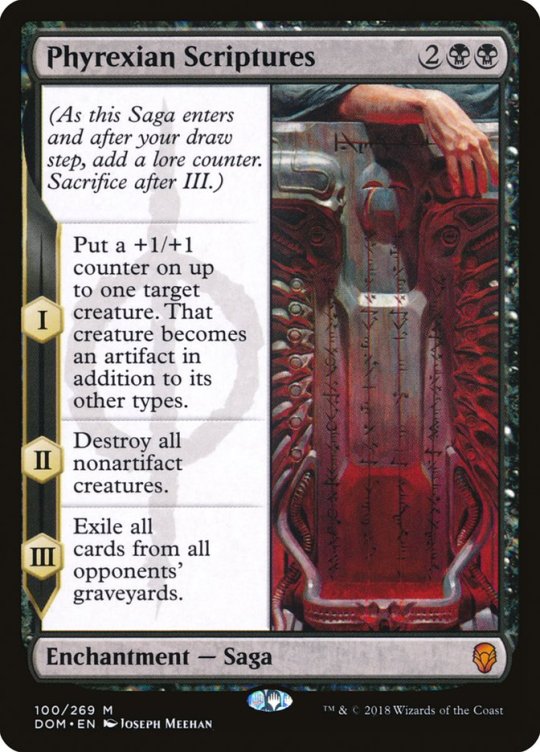
The Scriptures, Phyrexia’s sacred texts, have been referenced in numerous flavor texts through the years. That’s why it was cool to finally have a card to represent them in Dominaria!
And that’s it! What do you think of that list? Would you have done things differently? Does it convinced you other cool From the Vault could be made?
#Magic: The Gathering#From the Vault#From the Vault: Custom#Phyrexia#Atraxa#Birthing Pod#Dismember#Elesh Norn#Gitaxian Probe#Gut Shot#Phyrexian Altar#Phyrexian Arena#Phyrexian Obliterator#Phyrexian Scriptures#Phyrexian Tower#Phyrexian Unlife#Priest of Yawgmoth#Surgical Extraction#Yawgmoth
40 notes
·
View notes
Text

Superhero Comic Book Publishing: Time to Change
So I've been reading rumors (and had a recent conversation with a top exec at one of the Big Two) about the potential end of Marvel and DC as publishers of original comics, and I Have Thoughts.
These thoughts are the product of fifty years experience working in and around the superhero comic book business, writing and editing for both Marvel and DC. I'm no business expert. I'm not a student of publishing. I can't analyze a spreadsheet or write a business plan. I'm not an MBA. The closest I've come to owning and running a company was helping my second wife develop her small business (though I believe some of the lessons we learned about the perils of expanding a business are relevant here).
No, what I'm about to discuss isn't the result of a deep understanding of big business, market share growth, the realities of corporate politics, or any of the realpolitik aspects of modern day publishing as understood by the people who've brought both companies to this moment of near collapse.
I'm just a long-time observer who's worked in the superhero field almost since its modern inception in the 1960s.
Perspective: when I started writing comics professionally, Marvel was publishing about 12 titles a month, and DC (then National Periodical Publications) was publishing about 30. Comics cost 15 cents and offered between 20 and 25 pages of story. (I'm not going to work with exact numbers because for my purposes here exact numbers aren't relevant; like I said, I'm no MBA, and this is based on personal observation, memory, and experience. If I get a precise number wrong, sue me, it doesn't matter.)
Background: How the 1960s and 1970s got the business to where it is today, and how that era reveals possible ways out of the current crisis.
It was during the 1960s, a period of modest output (compared to today), that almost ALL of the roots of modern superhero comics mythology were created. Modern incarnations of The Flash, Green Lantern, Batman, Robin, Batgirl, Aquaman and Mera, Wonder Woman, the Teen Titans, the Fantastic Four, Spider-Man, Black Panther, X-Men, Daredevil, Captain Marvel, Black Widow, Thor, Captain America, Iron Man--
The list of characters and storylines and mythology created in the 1960s (with overlap from the 50s and into the early 70s) is just flabbergasting-- especially when you consider the size of the companies and the number of creators who accomplished it.
When I started writing for DC Comics in 1968, their offices consisted of half a floor in a modest office building on Lexington Avenue in Manhattan. Eight editors (or maybe seven, I'm not sure) and one editorial assistant worked under one editorial director and one publisher, with a production department headed by one production manager, one assistant manager who doubled as a colorist, one proof reader, and two or three production assistants, and a receptionist. Each editor was responsible for five or six books and only one editor had enough pull to have an assistant. (Mort Weisinger, who edited the highest selling range of books, had Nelson Birdwell "helping" him with the Superman line-- in fact, Nelson did all the hard editorial work while Mort snarled at people.) Four of the editors shared a single office; two others shared an office; and the two most "important" editors had an office each. That's how I remember it-- I may be off on the specifics but the general picture is accurate. This was how the company that controlled the largest market share of the comic book publishing world, possibly more than seventy percent of sales, looked in 1967-68.
Marvel Comics was an even more bare bones operation. With most of its business operations handled by Magazine Management, Martin Goodman's main publishing operation, Marvel Comics itself in 1968 operated out of a small office on Madison Avenue barely the size of a large modern conference room. The company had one editor and one assistant editor, one production manager, one assistant production manager, a part-time art director, a couple of production assistants, and a receptionist. The receptionist had a cubicle; the production staff shared a "bullpen"; the assistant editor and production manager split an office that wasn't really an office, more of an alcove; and the editor (Stan) had a private office not much larger than an average editor's today. This was the company that was revolutionizing storytelling in modern comics-- and while its individual titles were selling extremely well, its market share, due to an onerous distribution deal with its chief competitor, National Periodical Publications, was much less than it might have been.
That's how the superhero comic book publishing business looked in 1967-68. Prosperous but culturally insignificant (at least, not obviously significant). A pair of modest small enterprises, family owned and operated (NPP was bought by Kinney in 1967; Goodman retained ownership of Marvel until 1968), with rigidly controlled costs and a decent, relatively predictable profit margin.
Five years later, in the early 1970s, EVERYTHING had changed. Both companies were now controlled by larger businesses, and both were under pressure to expand market share and increase profits. Simultaneously comic book readership was dropping as the baby boomer audience aged out. The superhero comic book business was in a crisis-- and each company responded in hysterical counter-productive ways. Marvel, no longer hampered by its distribution deal with its competitor, worked to expand its market share with an explosion of new titles in multiple genres-- without proportionately expanding its editorial support structure and production staff. DC Comics experimented with new titles and new formats, without an overall publishing strategy or company-wide creative approach, continuing its tradition of independent editorial fiefdoms.
For most of the 1970s, in other words, both companies, Marvel and DC, faced creative and economic chaos. That chaos produced memorable and influential work-- Kirby's Fourth World was born, I killed Gwen Stacy, the X-Men were reborn under Chris Claremont, Jim Starlin created Thanos and killed the original Captain Marvel, Batman began getting dark-- but the companies themselves were flailing. Management at both Marvel and DC were clueless how to proceed. (As someone who held editorial positions at both companies in the 1970s I can attest top executives at DC and Marvel were way out of their depth.)
No one working in comics in the early to mid 1970s had any realistic expectation the business would even exist by the end of the decade-- news stand sales were that bad and getting worse every year. Cost cutting was rampant. Marvel reduced page count to 18 pages (and tried to hide it by paying writers and artists for 1 page that was printed as a "double page spread"). DC maintained a higher page count while adding reprint pages in order to increase the price. Short term fixes for a devastating long term crisis.
Two events saved superhero comics from disappearing in the late 1970s, and each produced effects that fundamentally altered the economics and creative direction of the business up to the present day.
The first event was the creation of the Direct Sale Market by entrepreneur Phil Seuling in 1973. There are many articles available describing how the direct market expanded through the 70s and 80s, so I won't repeat the details here, but in a nutshell, the direct market offered comic book publishers a way to guarantee the profit on individual titles compared to newstand sales. Comics sold through newstand distribution were returnable; sales to the direct market were not. Returnability meant most of a title's print run was wasted. (Typically in that era a publisher would print, say, 200,000 copies of a title to sell 70,000.) In addition, the direct market offered predictability-- eventually publishers would learn in advance how well a title might do because of pre-orders. These positives, of course, have a downside, but we'll get to that later. By the late 1970s and into the 1980s, the direct market for comics was viewed by almost everyone in the business as a god send that saved a dying business.
The second event that saved superhero comics was the arrival in 1978 of the first mainstream superhero blockbuster movie-- Superman. That movie and its sequels, followed by Tim Burton's Batman in 1989, fueled the growth of "serious" superhero mythology in mainstream pop culture (as opposed to the kid-friendly Superman series of the 1950s and the camp comedy of 1966's Batman TV show). Those movies (and other baby boomer inspired genre entries into mainstream culture like Star Wars and Indiana Jones) began the gradual colonization of pop culture by superhero mythology which exploded into fruition in the 2000s. In the 1970s, however, the main effect Superman the Movie (and later, the Batman film) had on comics was to temporarily increase sales and thus allow both companies to avoid dealing with longer-term creative and economic questions about the fundamental viability of the industry's business model.
The combination of both events, the development of the direct market and the arrival of the blockbuster superhero film, saved the comic book business as such in the 1970s-- but at the same time created and reinforced conflicting tendencies that today have produced a potentially fatal contradiction in how super hero comic book publishers approach their business.
On the one hand, the growth of the direct sale market into the de facto sole distribution point for superhero comics (the recent Walmart experiment and the digital comic market notwithstanding) has resulted in an incestuous and shrinking niche market for the sale of physical comic books. As recent reporting makes clear, this is unsustainable as a business model. Both Marvel and DC have resorted to increasingly desperate and counterproductive marketing ploys to maintain market share and profitability in a decreasing pool of readers-- a ridiculous explosion of variant covers, "special" events, crossovers, mini-series, extortionately-priced first issues, reboots and rebirths and renumberings, spin-offs and multiple versions of the same superhero teams, more events, more crossovers, more tie-ins. What all of these efforts have in common (despite some high-quality creative work on individual titles) is a complete absense of long-term strategic thinking in either the creative or business sense. What's the plan here? How is any of this short term market share maneuvering going to build and sustain a stable long-term readership? And, in particular, how does it fit with the other, even more significant development in the superhero comic book business-- the ascendency of superhero mythology in pop culture?
That second fact-- the mainstreaming of superhero mythology, begun by the Superman movie in 1978-- is the most significant development in the modern history of the comic book medium, and NEITHER company has developed an effective strategy to address it in their creative approach or their business model. The primary reason they haven't, I believe, is rooted in the first of the two events that saved comics in the 1970s, and is at the core of the contradiction that's crippling the superhero comic book business today-- the direct market and its lock on the distribution of comic books.
On the one hand, you have superhero mythology in mainstream media-- a mass market appealing to millions upon millions of consumers world wide, a potential audience beyond anything imagined by comic book creators half a century ago in our most weed-enhanced fantasies. And on the other hand, you have superhero publishing in the direct market-- a shrinking niche market numbering in at most a hundred thousand, dominated by a core readership of a few thousand, whose financial support is strained to the breaking point and beyond by ruthless and extortionate marketing of low-value-added gimmick publications that thwart long term emotional investment.
In a rational universe, both companies would be examining their core business strategy to stake a claim in the mainstream market-- a claim they have a moral, creative and financial imperative to demand as the originators of the mythology being celebrated. If ever there was a moment for the Big Two comic book publishers to think outside the traditional box, this is it. Instead, they are consumed with chasing the diminishing returns of the direct market-- creating properties to exploit a readership exhausted by the financial and emotional demands of predatory publishing techniques designed to milk as much profit from a shrinking audience as possible. This isn't only cynical, it's stupid and counterproductive-- not to mention ultimately an expression of creative bankruptcy.
So, having analyzed the problem from my own admittedly limited viewpoint-- a viewpoint privileged, somewhat, by fifty years of experience-- do I have any solutions to propose?
Yes, I do.
The superhero comic book business is in a death spiral, and everyone in the business seems to know it. A crisis as serious as this cannot be addressed by fixes at the margins. We need a fundamental break with the business practices that have brought the companies to this point. A radical solution to a radical crisis.
Both Marvel and DC need to redefine themselves as creative entities. What is their CORE purpose? What is their CORE contribution to the larger enterprise of creating superhero mythology for mainstream media?
Is their core purpose publishing paper pamphlets for sale to a small readership of tens of thousands? Or is their core contribution creating stories and characters in comic book format that can be transformed into other forms of media?
If it's the first, their business is a dead end, and nothing they do will extend its existence past the next few years. The direct sale market is dying. There's no time to develop other methods of distribution to profitably replace it. The publishers have tried expanding into bookstores, which, like the comic book stores, are dying. They've tried expanding into big box stores like Walmart, but that experiment seems to have failed. They've sought sales in digital format, but judging by reports of my own sales in that medium, it's not a panacea-- yet. Traditional comic book publishing for profit by the Big Two seems hopeless, by all the available evidence, at least as presently constituted. Maybe, if both companies scaled back overhead and production to 1967 levels-- Marvel producing 12 books a month with a small office and a skeleton staff, DC producing 30 with a slightly larger editorial footprint-- they might survive as pure publishing entities.
But survival shouldn't be a goal.
Instead, I suggest both Marvel and DC dramatically redefine themselves as creators of comic book content first-- and profitable publishers second, if at all.
One advantage both companies have as corporate subsidiaries that they never had as independent family businesses is something they need to embrace and promote to their corporate masters as a positive principle-- neither company needs to turn a profit, at least not in the short term, and not as publishers. Instead they should redefine themselves primarily, in the modern lexicon, as IP creators. Intellectual Property is one of the most important drivers of modern corporate media success-- if not the most crucial component. Comic book publishers are easily the most cost effective creators of IP in modern media. For a media corporation to require profitability of an IP generator like a comic book publisher, when even the highest levels of publishing profitability pale beside the far greater value of the IP itself, isn't just short-sighted, it's counterproductive and self defeating.
Marvel and DC should see themselves primarily, if not solely, as IP generators, and sell themselves to Disney and Warnermedia as such. Publishing should be the tail of the dog; the dog is creation.
If the companies do follow this path, they'll also need to radically rethink their approach to publishing-- ironically, with potential benefit both to themselves as profitable enterprises and to their customers in the direct market.
For example, if your goal as a company is no longer to increase or maintain market share in the direct market, but instead to generate exciting and long-term potential IP, you don't need predatory publishing practices like variant covers, or twice-yearly "events," or extortionate pricing, or required pre-orders. You could even begin to accept returns, lightening the financial pressures on dealers and encouraging them to risk new series. You could reduce the number of unnecessary spin-offs and reboots. You could devote energy to nurturing creatives and long-term storylines.
At one point in the mid 1970s I had a dust up with Marvel's production chief, the late John Verpoorten. I was complaining that a revision to the production schedule would negatively affect the aesthetic quality of a book I was writing and how could he justify that (I was young, naive and arrogant). John looked at me and growled, "From an aesthetic point of view we can maybe justify ten of these books." I was gobsmacked and obviously never forgot his point.
Redefining their core mission as IP generators would allow both Marvel and DC to address John's point positively: is there an aesthetic reason to publish this story? Does it say something new and valuable about our characters, or is it just an effort to increase market share? Does it add to the mythology, or diminish it? Is it good?
Publishing sales success has rarely been a reliable predictor of a superhero story's viability in other media. Venom is a popular comic book character with mixed success in sales-- but a worldwide hit as a movie antihero. The JLA Detroit era heroes ended ignominiously in a market driven by direct sales, but individually have provided useful source material for CW TV shows. The Green Arrow was never a sales leader in comics. Before the Batman movies, Batman was a mid-level but important DC comic. Deadpool was a popular second string character but again never a sales leader before Ryan Reynolds put on the mask.
There's a way forward for both the superhero publishers and the direct market-- but not if the publishers continue to define themselves first as publishers. That day is past. The publishers will have to be bold if they're going to thrive in the post-direct market world. The first step is for them to decide what they do best. In my view, what they do best is create comic book stories. Those stories transcend the traditional sales platform that produced them. It's time for the bird to leave its nest.
128 notes
·
View notes
Text
CHOOSE YOUR THREE FREE COMICS!
The following titles will be available at Comix Connection on May 4th (while supplies last!). Everybody gets to pick three! For every food donation* you bring in for the Central Pennsylvania Food Bank you may select an additional free comic book!
*food donations must be at least two months in date to allow for food bank processing time! expired or soon-to-expire items will not be accepted. please check your labels!
We know the line for the FCBD comics can get long (if you want to come in and shop first, you can skip the line and head straight inside!) so in an effort to both entertain you while you’re in that long line and to help it go a little faster by giving you a preview of the various titles so you can decide ahead of time what looks good, the Comix Connection Counter Monkeys have read and reviewed all of the available FCBD books! Take a peek!
CHOOSE YOUR FREE COMICS:

This preview of the Under the Moon: A Catwoman Tale graphic novel introduces us to a young, pre-Catwoman Selina Kyle and the difficult adolescence that led her to become everyone’s favorite feline fatale. Plus, get a sneak-peek at the upcoming Teen Titans: Raven graphic novel coming from DC Ink later this summer for $16.99. Want more? Pre-order Raven now or grab a copy of Under the Moon off the shelves today!
CONTENT NOTE: while this sample has been rated ALL AGES it does deal with some heavy subjects, including animal death, and the books themselves are intended for TEEN READERS.
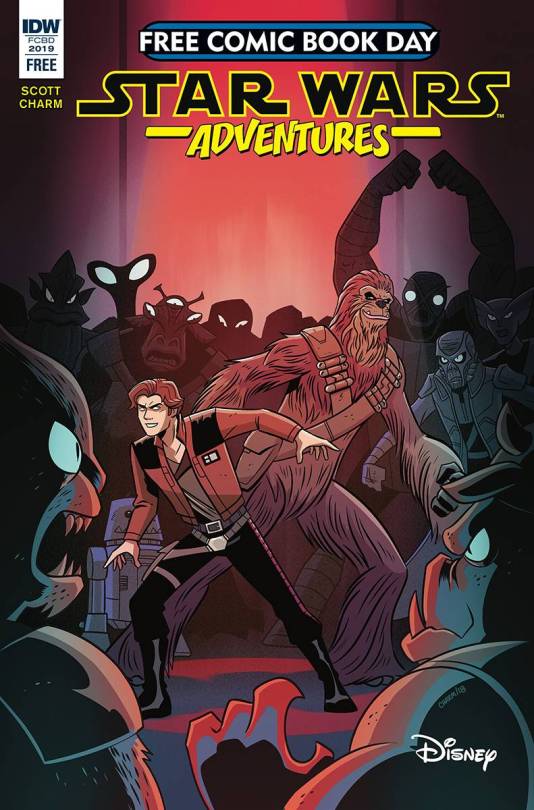
Shiver your way into a galaxy far, far away in this spooky one-shot starring Han Solo and Chewbacca on a galactic treasure hunt during their pre-Rebellion scoundrel days! Want more? Discover the whole era-spanning adventure in the Tales from Vader’s Castle graphic novel, on the shelves now! [ALL AGES]

Marjorie is not excited to go visit her grandmother in the country for Mother’s Day, even though her best friend is coming along for the ride -- secretly of course, because Wendell is a ghost! This down-to-earth haunting pits Majorie against the pressures of growing-up and finding herself, but it’s Wendell who gets the star make-over in this issue! As in the graphic novel, this one-shot deals with the topics of grief and loss in a way that is both approachable and touching for all ages. Want more? Pick up the Sheets graphic novel where the two friends first met, on the shelves now! [ALL AGES]
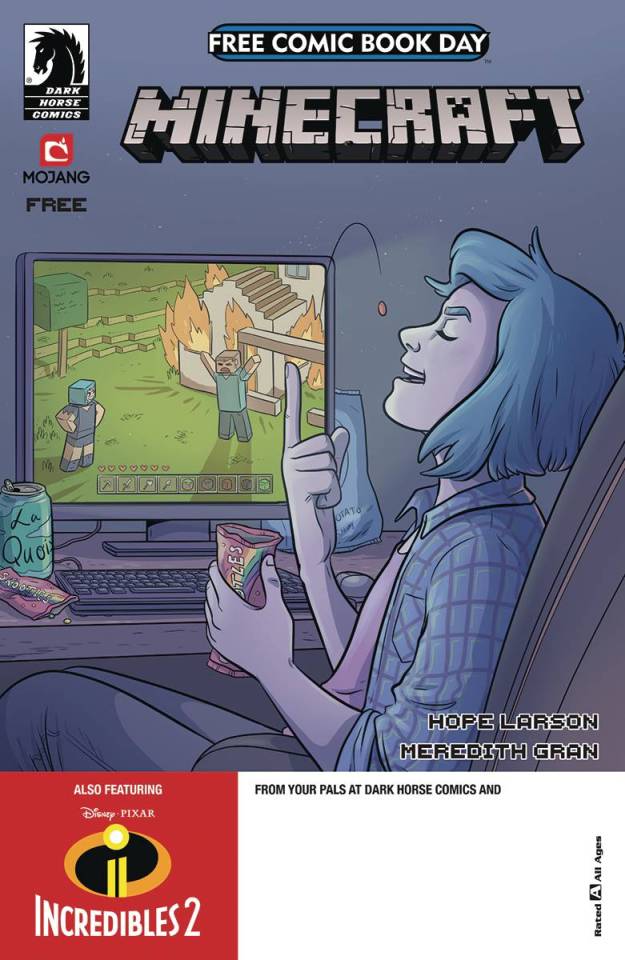
This two-for-one issues gives you the first ever comic book venture for the beloved video game Minecraft, a teaser for the upcoming graphic novel. in the first story, a cheerful “Griefer” gets some grief of her own when real life consequences collide with her digital destruction. Plus, everyone’s favorite super-siblings decide to give mom and dad the gift of a “Date Night” that gives them more than they bargained for in a short story set after Incredibles 2. Want more? Pre-order the $9.99 Minecraft graphic novel now, or picks up the latest issue of Incredible: Secret Identities on the racks now! [ALL AGES]

A hilarious, lighthearted romp through the world of the Justice League as the world’s greatest heroes answer their fans’ most pressing questions -- such as Superman’s biggest mistakes and Hawkgirl’s dietary preferences. This two chapter preview of the upcoming graphic novel, Dear Justice League exposes the funny side of ordinary super life. Want more? Have us pre-order your copy of the $9.99 graphic novel out later this summer! [ALL AGES]

In this special preview of the upcoming graphic novel Ghost Hog, new ghost Truff the hog gets some lessons in how to haunt -- and the dangers when things go wrong! -- from her friends. Plus, catch a preview of Pilu of the Woods, a sweet graphic novel about family and woodlore as a lost little girl meets a lost little dryad and both have to fight their own dark sides to find their way home. Want more? Have us set aside the first Ghost Hog book for you at $12.99 when it comes in next week, or grab a copy of Pilu of the Woods off the shelves now! [ALL AGES]

It can be hard being a Villain Kid in Auradon and even harder when you’re coming from the Isle of the Lost. Dizzy Tremaine is worried about her first day of school so she seeks out some fortune telling from Celia Facilier, but can she trust what the cards tell her...or Celia? Sneak a peek at this preview of the upcoming Disney Descendants: Dizzy’s New Fortune graphic novel coming out later this month. Pre-order your copy now for $12.99 or grab a previous Descendants story off the shelf now! [ALL AGES]
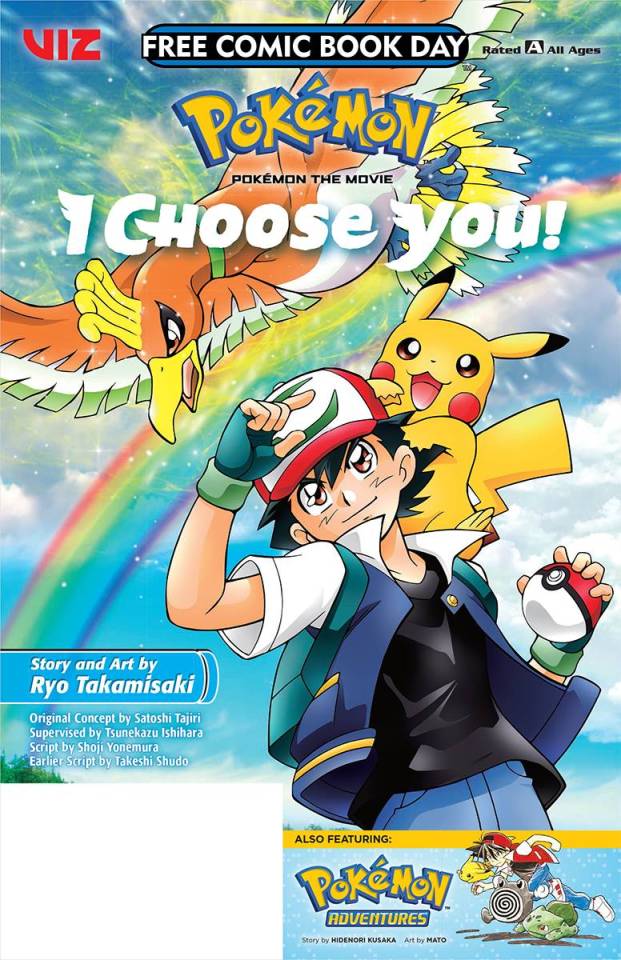
Discover the beginning of Ash Katchum’s partnership with Pikachu in this preview of the Pokémon The Movie: I Choose You graphic novel -- and if you think it was all smooth sailing for these two famous pair, you’re in for a rough surprise...just like Pikachu! Then, follow Red as he captures his first Pokémon and begins his journey to being a great trainer in the preview of Pokémon Adventures Volume One. Want more? Order the full story of each volume today! [ALL AGES]

A long, long, long time ago -- 40,000 years in fact -- neanderthal siblings Lucy and Andy founded an Adventure Club with their human neighbors to explore their prehistoric world. When they go chasing a meteorite that fell from the sky, they might have found more than they bargained for! But don’t worry: every Lucy & Andy story comes with a back-up feature where modern scientists fill-in the details that Lucy and Andy haven’t figured out yet! Find out more in this one-shot adventure, and then check out their ongoing hi-jinks in the collection of Lucy & Andy Neanderthal graphic novels. Grab one off the shelf or order yourself a copy today! [ALL AGES]

The Lumberjanes are a sensation of adventurous scouts who best magical monsters through the power of friendship, and this issue spotlights two of their stories: first, get a preview of the first part of the upcoming Lumberjanes: Shape of Friendship original graphic novel when a visit to the boys’ camp gets a little knottier than expected and second, enjoy a short story of one time Ripley had to use her wits to save Jen from certain doom! Want more? Pre-order the Shape of Friendship OGN today, or pick up a previous volume of the intrepid scouts’ many adventures from the shelves today! [ALL AGES]

In this collection of short, spooky tales, Casper the Friendly Ghost struggles to stop his friends from pulling mean pranks on one another and goes out of his way (and out of orbit...sort of) to make new friends. Enjoy a haunting from the world’s kindest ghost while you alternate groans and giggles over the antics of his less-than-kindly friends and neighbors. Want more? Grab a Casper issue off the racks today! [ALL AGES]

This underwater one-shot introduces us to Alex the Parrotfish, who is eager to head to the big city of Coralton and find a job! Unfortunately for Alex, his quest runs into a few hiccoughs (some with big, pointy teeth!) that threaten to leave his plans high-and-dry, not least of which is that on the reef everybody has a very specific role in the ecosystem...which you can learn more about in the backup Guide to the Bahamas which identifies all the different fish Alex met along the way, and more! [ALL AGES]
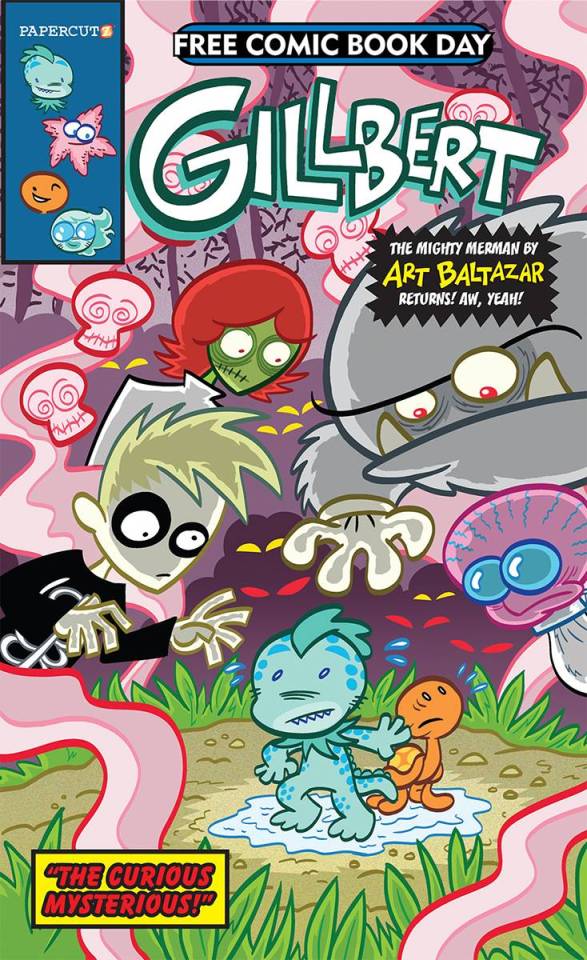
Meet Gillbert, a small sea creature, and his underwater friends. Gillbert is the son of the king and queen of all the oceans, but today he just wants to sleep in! Too bad for Gillbert that today is Everything Day, when you can do Anything...except sleep, at least if you have friends like his! Read the first chapter of Gillbert’s newest adventure by Art Baltazar, creator of Tiny Titans and one of the greatest cartoonists of kids’ comics working today! Want more? Check out the first volume of Gillbert’s adventures, Gillbert the Little Merman vol 1, on shelves now, or grab some of Art Baltazar’s earlier work and see where all that AW, YEAH! got started! [ALL AGES]
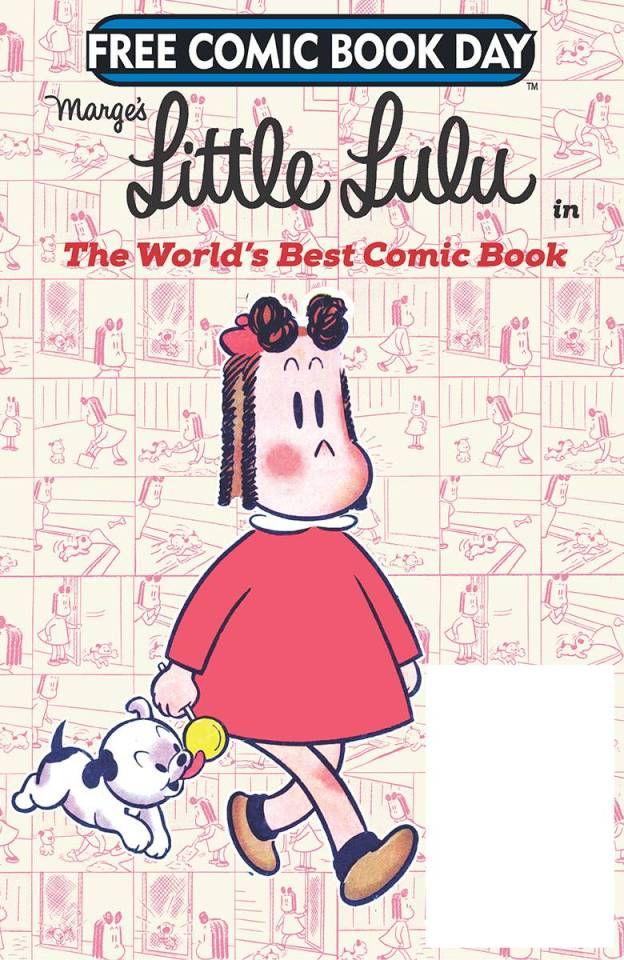
One of the classics of comic book history, in this FCBD special Little Lulu is as bold, troublesome, and adventurous as ever! Despite being created in the 1930s, Lulu remains an empowering little girl: assertive, independent, and imbued with expert comedic timing, Lulu was a defining comic of post-war America today this protofeminist icon is ready to bring her gags and giggles to a new audience with a collection of reprints starting later this year. Get in on this not-so-lost treasure early. Want more? Sign-up for the upcoming first volume now, or begin with the John Stanley: Giving His Life to Little Lulu HC and learn about her seminal creator and the history he and Lulu influenced. [ALL AGES]

In this one-shot issue, the Thirteenth Doctor and her friends find themselves in an interstellar amusement park for some rest and recreation (and don’t forget the snacks!) until a rigged game of chance exposes a darker underside to all the shiny, happy fun. Can Yaz, Ryan, Graham, and the newest incarnation of the BBC’s famous Time Lord save the day? Find out here! Want more? Grab an issue of the new Thirteenth Doctor series off the rack, or explore the exploits of the previous twelve incarnations in some of our collected adventures off the shelf or by special order! [ALL AGES]
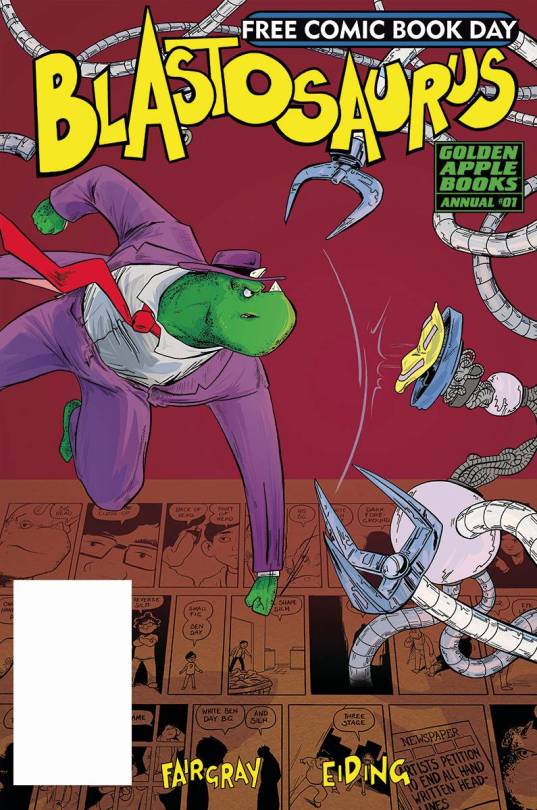
Written, drawn, and colored by legally blind (no, really!) New Zealander Richard Fairgray, Blastosaurus is the story of the titular mutant triceratops with fists of fury and a heart of gold and the two young kids who become his best friends. Overcoming his beastly nature, good ol' Blasto fights monsters, vampires, and mad scientists who use farts as a weapon. The result is a fun comic with a goofy sense of humor where anything is possible. Think Hellboy running through a MAD Magazine, with a little bit of the bizarreness of Creepy or Eerie thrown in. If you like dinosaurs, punching evil, and think flatulence is funny, this is the book for you (and your kids)! Want more? Grab a collection, or dig into the recent back issue bins for some single issues! [ALL AGES]
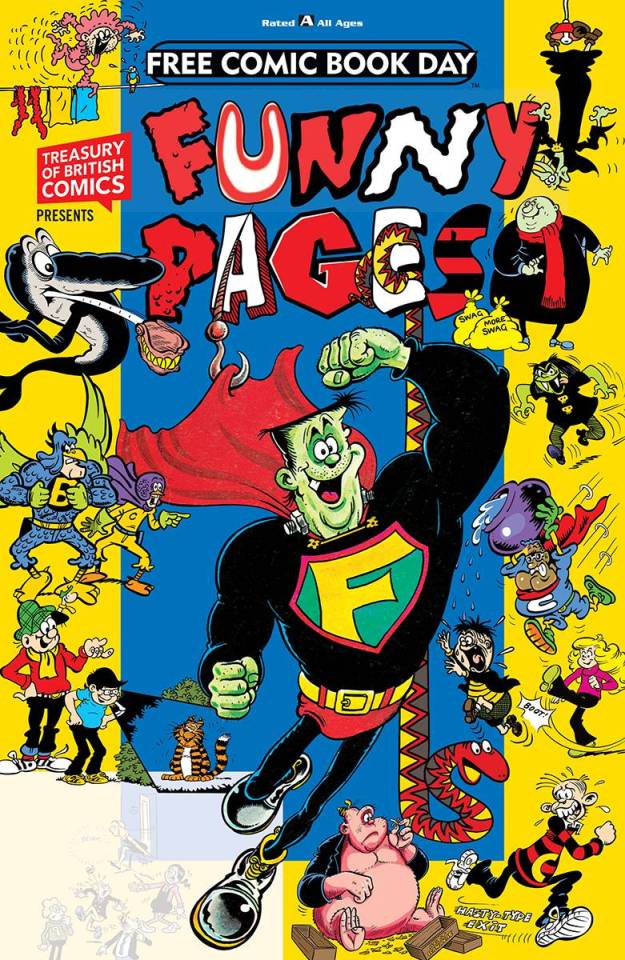
This treasury of British comics stacks-up a monstrous plethora of humorous hi-jinks, from sharks to soccer to super heroes and back again! In the grand tradition of classic comic strip funnies, this packed-to-the-brim collection of short tales is ready to tickle your funny bone from dawn to dusk to full moon! [ALL AGES]

Co-created by football star (or “soccer” for we uncultured Americans) Cristiano Ronaldo, this new secret super team stars a fictional version of the famed kicker turning his sports skills toward world-protecting. It’s bright, silly, and kids-centric, fleshed-out with sidekicks like the super-baseball bat-weilding Sita Shaolin and the hammerhead shark-headed hockey stick-swinging Kaiju King, but the key of the team is the power-borrowing sphere that Ronaldo has to deliver to the bad guys via his super soccer kicking skills! Think Teen Titans Go, but with football (soccer). Want more? Keep your eyes peeled for more Striker Force 7 comics in the near future! [ALL AGES]

Brought to you by the producers and animators of the hit TV show and features all your favorite characters; Bob, Linda, Tina, Gene & Louise, this issue reprints three impossible Bob’s Burgers stories: one featuring a carnival ride that does a lot more than just spin, one that involves a magic wish melting with regret, and one of Tina’s fanfiction extravaganzas! Want more? Order one of the earlier Bob’s Burgers collections and relive watching the show all over again! [ALL AGES]
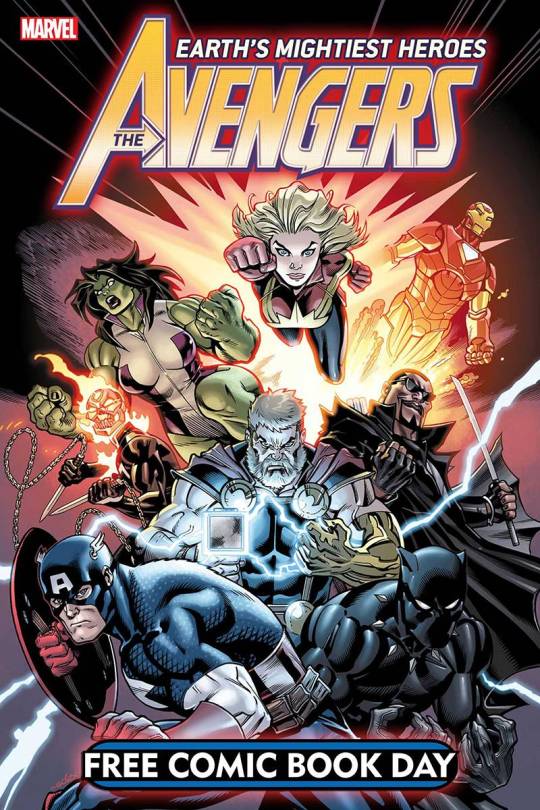
The world of Marvel’s movies might have reached an end point for the moment, but things for the comic book Avengers are dicier than ever! Preview upcoming adventures for two series in this issue. First, Tony Stark finds himself facing eerily familiar faces in a time he never wanted to see, while Namor and the Squadron Supreme heat up the oceans and Captain America and Captain Marvel lead a team of heroes deep into Shi’ar space! Then, read the first chapter of the new Savage Avengers series staring such “classic” Avengers characters as Wolverine, Elektra, Punisher, Venom, Blade, and...Conan!? There’s no slowing these heroes down, True Believers! Want more? Grab the first issue of Savage Avengers off the shelves today, or dive into the ongoing Avengers title for adventures both near and far! [TEEN]
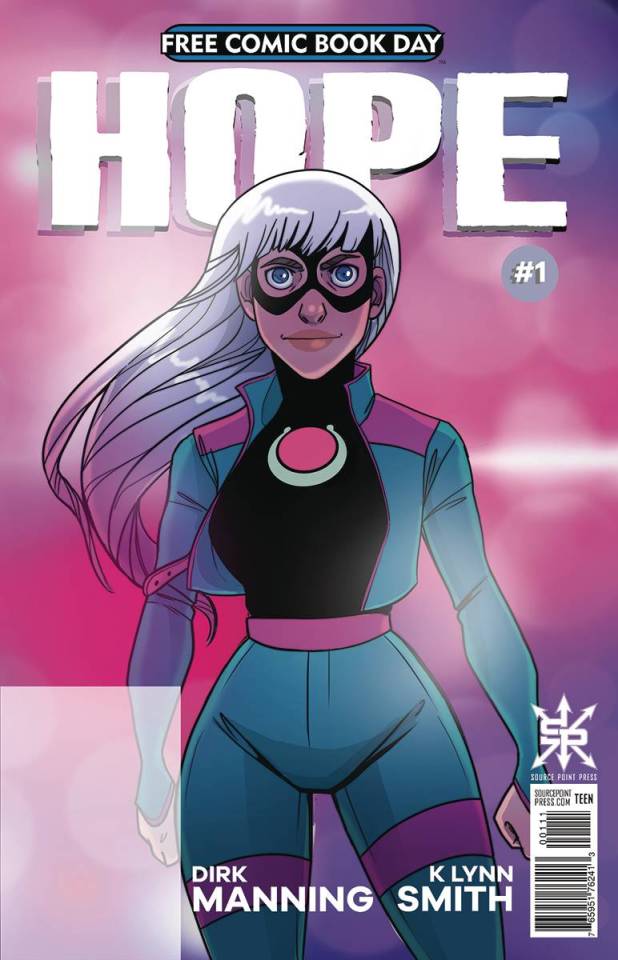
Read the full first issue of Hope, a brand-new ongoing superhero comic. The “Ultras” first showed up five years ago, changing the world with their powers. Some people love them, some people fear them, but for unassuming mom Julie Lavelle they were a carefully-guarded secret...until the car accident that changed everything. Where will the ultra named Hope go from here, and with so much loss will she be able to find her namesake within herself ever again? Find out here, than come back later this summer for Issue #2 where things, somehow, get worse! [TEEN]
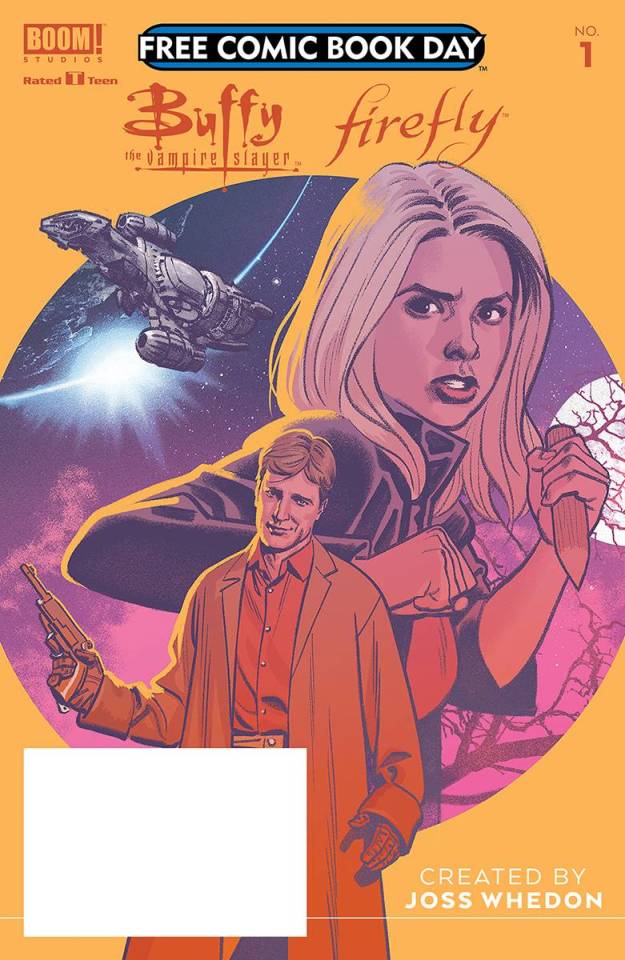
Two of television’s most beloved series (one long-running and one far, far too short) return to comics! First, preview the new Firefly series set before the tragic events of the Serenity movie that reveals some ugly skeletons from Mal and Zoe’s wartime closets and strains the crew’s bonds like never before. Then, go back to Sunnydale where everything old is new again with a modern reboot of Buffy the Vampire Slayer. Buffy is back in high school again for the first time, surrounded by familiar faces...but how different will things be when she’s slaying in 2019 instead of 1997? Enjoy a modern twist with a classic taste (of blood!) and grab your stakes...and browncoats! Want more? Find the first issues of either series on the shelf today, or delve into the classic collections of the previous Dark Horse stories. [TEEN]

This two-for-one issue explores both the darker and lighter sides of the Spider-Man mythos! In the first story, prepare yourself for danger as Eddie Brock introduces us to the brutal beginning of Absolute Carnage, a Venom-event starting this August. Then enjoy the lighter side of super-heroics as Miles Morales and Peter Parker face-off over an epic conflict of their own...who really has the best pizza in NYC? Want more? Check out the latest issues of Friendly Neighborhood Spider-Man, Miles Morales Spider-Man, Venom, or Amazing Spider-Man on the shelves today -- or read-up on previous events in our extensive collection of various spider-rific comics! [TEEN]

What if experiencing a school shooting was so traumatic that it, and other natural and human-produced horrors of the 21st century, actually triggered superpowers to manifest in the survivors? That is the brainstorm behind Humanoid’s first ongoing comics initiative, H1. This FCBD “Ignition” preview gives us a story about these brand-new superheroes (and villains!) trying to find their place in the world...and they aren’t content to stand by and watch the status quo! Also take a behind-the-scenes peek into the creative process and characters of this blisteringly topical political premise: Spearheaded by comic book legend Mark Waid, Humanoids looks ready to break into the superhero market with a set of relevant and wholly original stories. Want more? Sign-up for the first issue next month’s debut of Ignited now. [TEEN]

It’s School Picture Day in Riverdale, and that of course means drama -- but there might be more at work today than Cheryl Blossom’s demands for more flattering lighting! When nasty notes turn up anonymously dropped in the yearbook suggestion box, will our small town friends be able to stick together and solve the case, or will someone do something that everyone will regret? The new Riverdale: Season Three comic series features adventures set between the episodes of the hit show, and as always in the town of Riverdale the moment you start digging for answers the more secrets you expose! Also enjoy some behind-the-scenes sneak peeks as well as an excerpt from the prequel novel Riverdale: The Day Before. Want more? Grab the latest issue of the new Riverdale series off the rack, or explore our variety of collected editions from the traditional Archie Digests to the modern re-vamp of the Archie and Sabrina series and, of course, the show-inspired Riverdale comic itself! [TEEN]
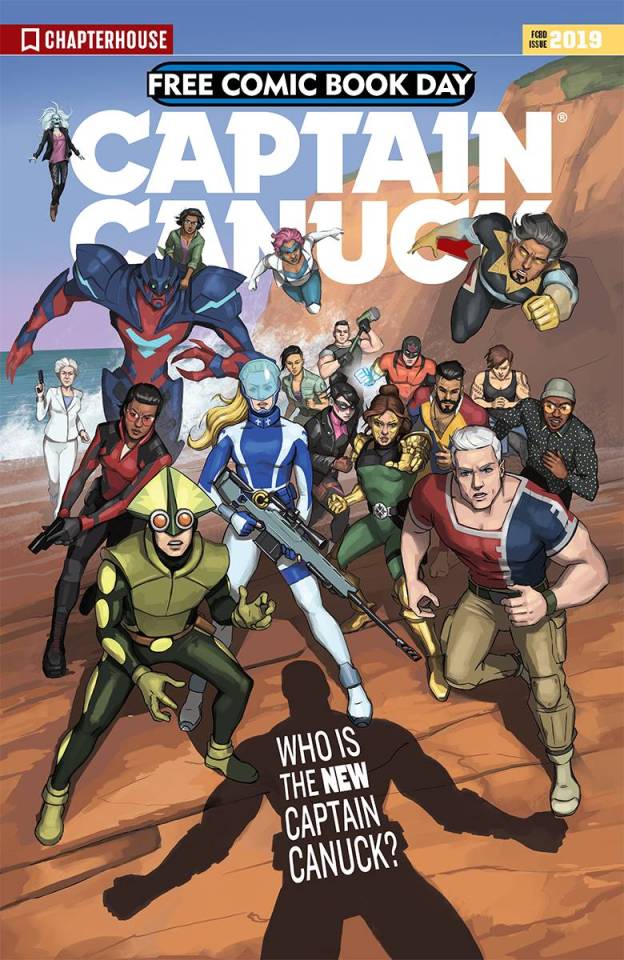
Canada's perennial titular superhero has seen sporadic publication since its creation in 1975, but has been appearing more consistently since 2015 as part of Chapterhouse Comics. This preview of the newest Captain Canuck series starts with a "top secret" dossier to catch you up on recent in-world history, as well as background on some of his allies and enemies. We also receive a small hint of the action to come as the Captain and his French Canadian partner, Kebec, fly into an underground lair for some robot-bashing action! [TEEN]

The beloved Robotech series continues with a revolutionary new revisioning! Jump on board for the next big event right here with this mind-blowing first chapter of Robotech: Event Horizon, beginning this summer with Issue #21! Plus a Curtain Call backup featuring...Minmei!? Check it all out here, then grab a collected edition of the previous issues or sign-up for the start of Event Horizon this summer! [TEEN]

Time-displaced warrior-queen Malika struggles under the burden of the Dragon’s Doom in this preview of her newest adventure, Malika: Fire & Frost. An enchanted sleep sent Malika 500 years into the future but ancient curses do not give up their hold that easily...and neither do her adversaries! The quest for the Dragon Stones is a dangerous one, but what happens when someone new gets caught-up in the fight? Read the first chapter here, then check out the previous two volumes in her epic chronicles: Malika: Warrior Queen on shelves now! [TEEN]

What if one day, all the animals all over the world woke up and started talking? That is the story of Animosity, an epic adventure following human girl Jesse and dog Sandor across the resulting cataclysm. But Jesse and Sandor are not the only ones with a story to tell. In this one-shot, bio major Meredith and Neon, the beta fish who loves her, have to face the terror of life outside the tank. Want more? Grab the first volume of Animosity off the shelves today! [TEEN]

Mel has a secret: she thinks she’s dying. She’s also a clandestine superhero tasked with protecting all of mankind. A chance meeting in a cemetery between the bleeding woman and a kid hiding-out with her sketchbook changes everything...except the fact that being a superhero isn’t easy. Is Jessie up for the challenge? Find out in this FCBD reprint of the first issue of Punchline, the new super-powered super-star from Antarctic Press! Want more? Order the first volume of the sold-out series, Punchline: Blood Sisters, today! [TEEN]
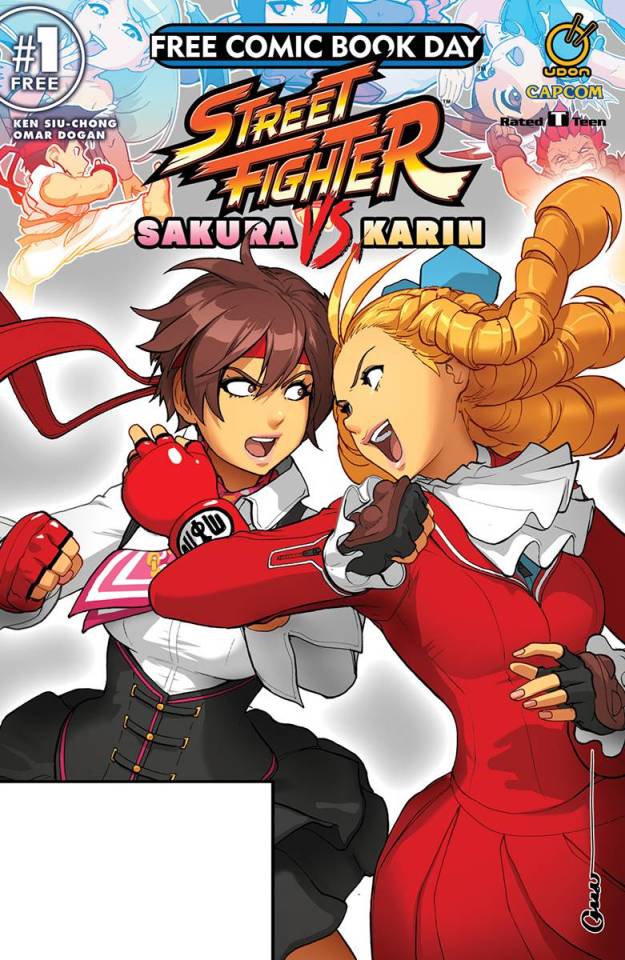
In this adorably meta story, witness the epic throw-down between Sakura and Karin -- both in and out of the game! Can Sakura’s hard-earned skills perfected through after-hours practice at the arcade where she works compete with Karin’s meticulous, expensive training? Who will be the world champion of Super Chibi Puzzle Gem Fighter Ultra Turbo Arcade Edition? Fine out here! Want more? Raid the back issue bins for previous issues of Street Fighter, or grab a collected edition today! [TEEN]

This manga-style two-for-one issue features a story from the world of My Hero Academia and one from The Promised Neverland. In the first, enter a world where 80% of all people are born with ���quirks” that give them super-powers! It’s an exciting, hyper-active world full of heroes and villains...but what about the 20% of people who aren’t born “super”? Jump straight into the action with a fight scene that’s more than meets the eye, and find out! Then in the second story, visit the orphanage where eleven-year-old Emma lives with her thirty-seven beloved siblings, enjoying an ordinary life of family, games, and companionship...along with the strange Daily Test, numbers tattooed on their necks, and a fence to keep them from ever going outside! Want more? There are multiple volumes of both manga available now, so grab one today! [TEEN]
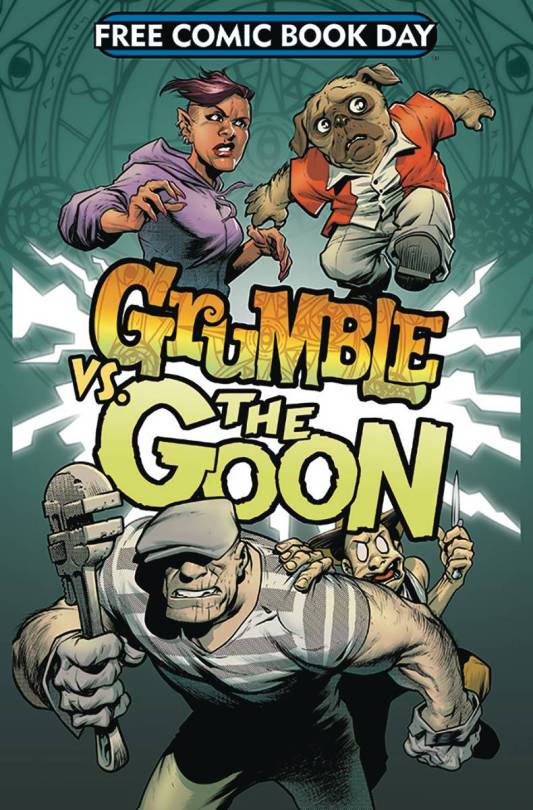
Worlds collide in this special FCBD one-shot! When Tala and Eddie, estranged father-daughter duo on the run from good guys and bad guys alike, finally get their hands on an “escape hatch” to another world it seems like all their troubles are solved -- but the world where the Goon lives is never trouble free! When one pair contains a man trapped in the body of a pug and the other contains a newly-minted dogcatcher with a love of violence, is there any way things can end well? Plus, a back-up featuring Eric Powell’s appalachian horror comic, Hillbilly! Want more? Collections of all three series are available now, or grab the first issue of the new Goon today! [TEEN]
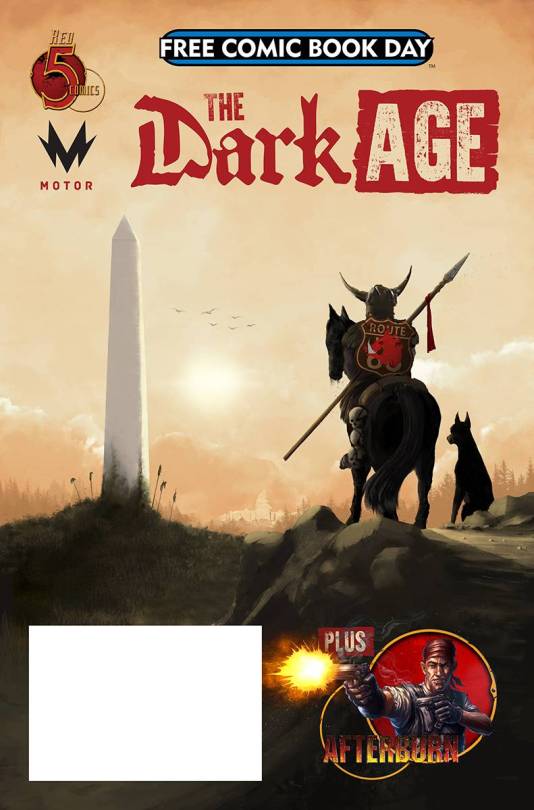
Red 5 Comics brings out a two-for-one sampler of high-concept post-apocalyptic stories. In The Dark Age, a mysterious mist destroys all the metal on Earth, immediately plunging society back into a medieval kingdom of wood, brick, and glass. In Afterburn, the world is scorched by a super-powerful solar flare and the story follows a group of thieves and mercenaries breaking into the most dangerous areas of the old world, attempting to recover lost artifacts for the remaining aristocracy. For readers looking for dark, mature stories of a dismal future, this comic is a perfect choice! [TEEN]

In this two-parter from Dark Horse, enjoy a one-shot set in the aftermath of Stranger Things where Nancy struggles to reconnect to her brother and find a way for both of them to return to normal life. Then preview the new series Black Hammer ‘45: Tales From the World of Black Hammer with a foray to the werewolf-riddled battlefields of World War II and a glimpse of the future of the ghostly Jack Sabbath. Want more? Pick up the first volume of Black Hammer, a series that takes the traditional tropes of the super hero world and twists them into new, marvelous, and weird new shapes, or grab the first volume of the Stranger Things tie-in comic exploring Will’s time in the Upside Down off the shelves. You can also sign up for the prequel series, Stranger Things: Six due out later this month! [TEEN]

In the sci-fi/horror world of Midnight Sky, things are always dark. But things are not always what they seem. In this unexpected dystopian tale, we enter a world where light reveals the people who have been replaced...but by what, and why? And how far will one mother go to protect her children when one of them is no longer human, and the other has a strange power that might save -- or doom -- them all? Plus, a preview of Long Live Pro Wrestling, when a fed-up announcer gets a little too honest for his boss and becomes a social media sensation, a short haunting by Gutt Ghost, and previews of several upcoming titles from Scout Comics! Want more? Sign-up for your favorites today! [TEEN]

Discover the strange, steampunk world of Lady Mechanika in this special issue which reprints her original 2010 debut one-shot as well as excerpts from two of her neweer adventures: The Clockwork Assassin and La Belle Dame Sans Merci. The mysterious mechanical woman stalks the streets in search of answers to her own origins -- but could she be a murderer herself? And how will she protect her friend Mr. Lewis from the dangers posed by an even more mysterious woman than herself? Gawk at the breadth of Lady Mechanika’s world, then grab a collection of her adventures off the shelves today! [TEEN]

In 1992, Todd McFarlane’s Spawn burst onto the comics scene. Today you can relive that moment with this reprint of that very first issue, complete with an exclusive new cover by Francesco Mattina. Enjoy a look back at the moment that started it all...or if you’ve never read Spawn before, now is the perfect time to jump on board before the movie! Want more? There are almost 300 issues of Spawn out there today, available in back issue singles and collections! Grab some today! [TEEN]

This two-part issue from Valiant Universe begins the newest saga in the life of nanite-infused ultimate soldier, Bloodshot, as well as setting the stage for the events of the Fallen World event due later this year which will pit the aforementioned Bloodshot against Rai, a haunted cyber-samurai. First witness Bloodshot at his most unstoppable as he seeks to save a doctor from those who would use her talents to make more beings like him; then explore the strain between truth and faith when “heaven” falls out of the sky in the opening salvo of Fallen World. Want more? Pick up a collection of Bloodshot or Rai or sign-up today for their new adventures in either the solo series or the Fallen World mini-series! [TEEN]
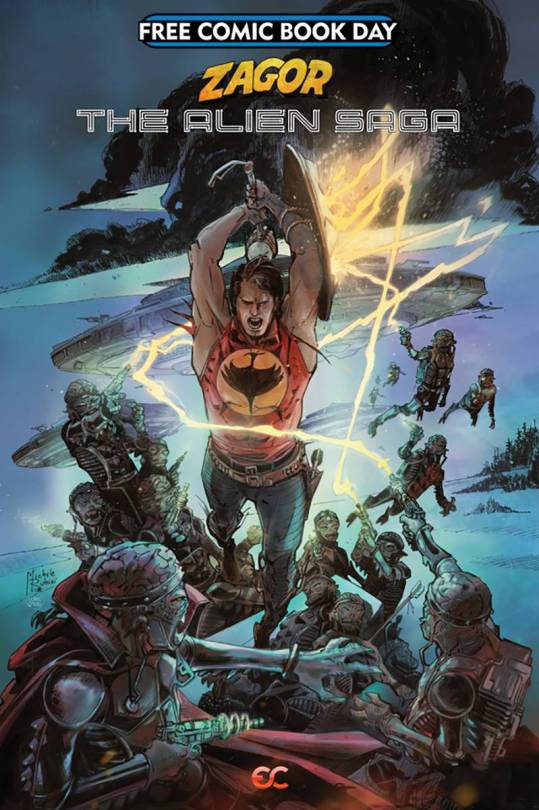
Return to the classics with this excerpt from Zagor: The Alien Saga. Originally created in 1961, the story of Zagor combines science fiction, horror, and westerns in one adventurous whole. Here, discover how the titular Zagor and his friend Chico first encountered beings from another world...and the darker, more familiar face beside them! Want more? Order a collection of this classic comic book today. [TEEN]
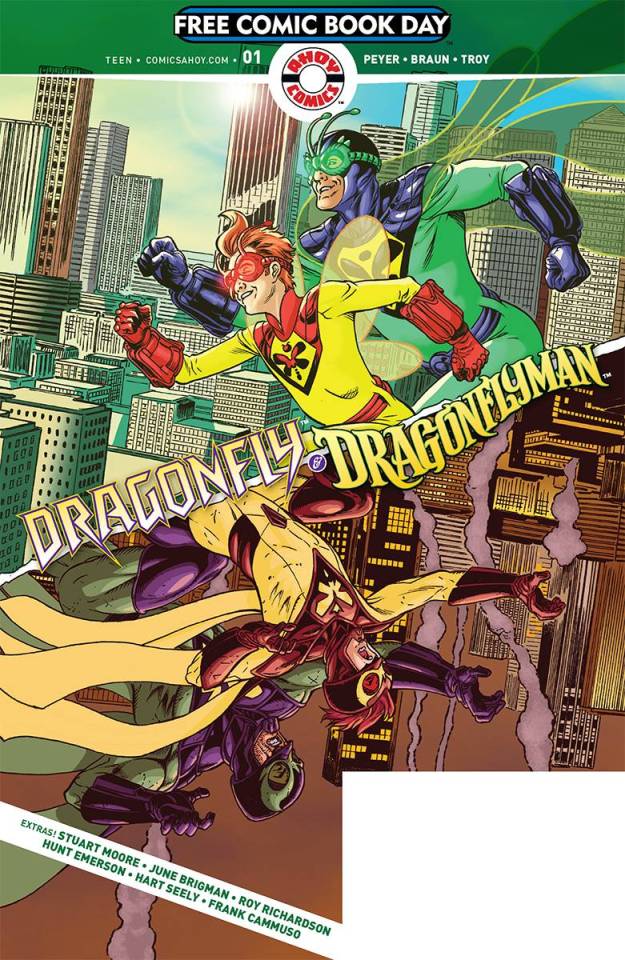
The main story of this one-shot features Dragonfly and Dragonflyman -- the same hero, but in two different worlds: one colorful and campy, the other gritty and dark! Juxtapose the biff, bam, pow! aesthetics of old school heroism with the grimdark hyper-violence of the nineties and today, and see how familiar faces can turn strange. But what will happen when cheerful Dragonflyman and grizzled Dragonfly change places in The Wrong Earth? Lay the groundwork of their worlds here, and then check out the back-up features introducing Captain Ginger, the feline captain of a ship full of interstellar cats, and a quick trip through the unfriendly world of Edgar Allen Poe’s A Snifter of Terror. Want more? All three series have collections available now! [TEEN]
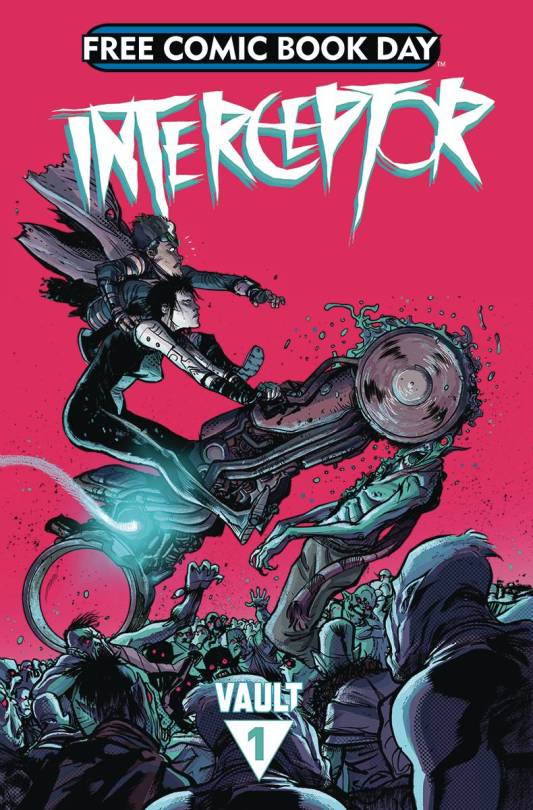
When humanity left planet Earth behind, fleeing a dying world for a new start in the stars, they nuked it behind them in an attempt to wipe-out the vampires left behind. Unfortunately, in the shadow of that nuclear winter, those vampires evolved. Now with the bloodsucks on the brink of achieving space flight and coming after their wayward food source, humanity has one last chance to save itself: the Interceptor program. One surgically-modified, heavily-trained, even more heavily-armed warrior to wipe-out the vampire threat for good. But when she gets to Earth, she finds something she never expected... This kinetic, fast-paced, tongue-in-cheek comic sets up a battle for Earth the likes of which you’ve never seen! Want more? Pre-order the $17.99 graphic novel due out later this summer that reprints the original series, or jump straight to the sequel with the new four-issue Reactor mini-series, available now! [TEEN]
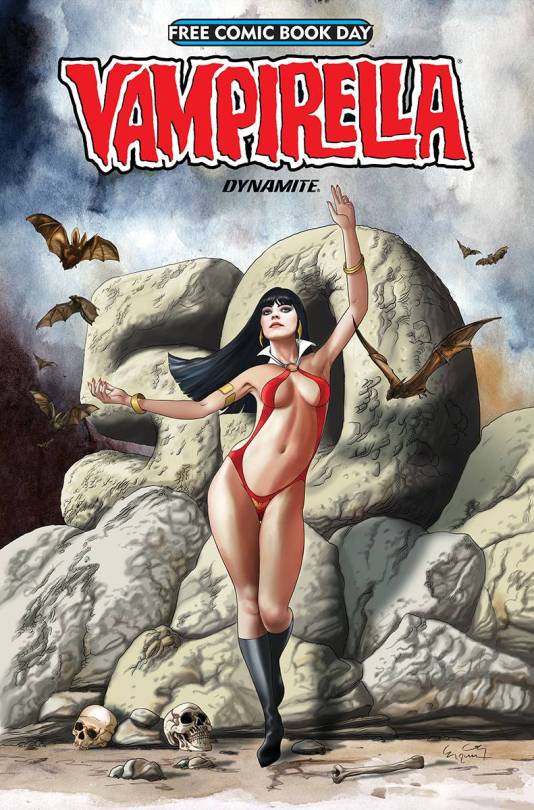
This year marks the 50th Anniversary of the first appearance of the Vampirella character in Vampirella #1, a Warren Publishing horror magazine and sister publication to the company's Creepy and Eerie magazines. As is befitting such an anniversary, Dynamite Comics is bringing out a new series with a new creative team to craft stories for the wry badgirl vampire. In this preview, we see our favorite scantily-clad bloodsucker endure assaults on social media, determined to discover her whereabouts and her secrets. The real treat in this FCBD exclusive is a bonus story, originally published in 1993, written and illustrated by comic book legends Kurt Busiek and Arthur Adams. Want more? Sign-up now for the new ongoing Vampirella series beginning later this summer! [TEEN+]
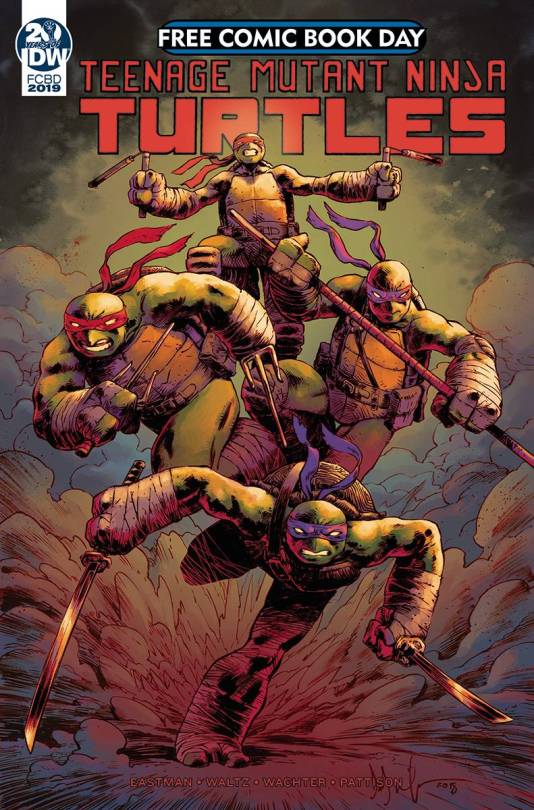
Jump in mid-action to the latest adventure of the Teenage Mutant Ninja Turtles as they race through the city to save their friend and survive multiple ambushes! Then, discover the history of the saga back to the very beginning a long, long time ago in the back-up feature. Want more? Check out the reading order in the back of this issue for where to get started and then grab one of the TMNT’s collected editions off the shelf, or just keep going from here with Teenage Mutant Ninja Turltes #94, out later this month! [MATURE READERS!]

Jump feet first into the frenetic world of Deadly Class, ongoing comic and hit television show! What do kids going to assassin school do to blow off steam? Hit a concert, of course...but sometimes the work comes with them. Does making art actually change the world? What about revenge? And can you hold onto who you are when the world is trying to shape you into something else? If all that can be packed into just one issue, imagine how much goes on in the entire series...or stop imagining it, and pick up the first volume today! [MATURE READERS!]
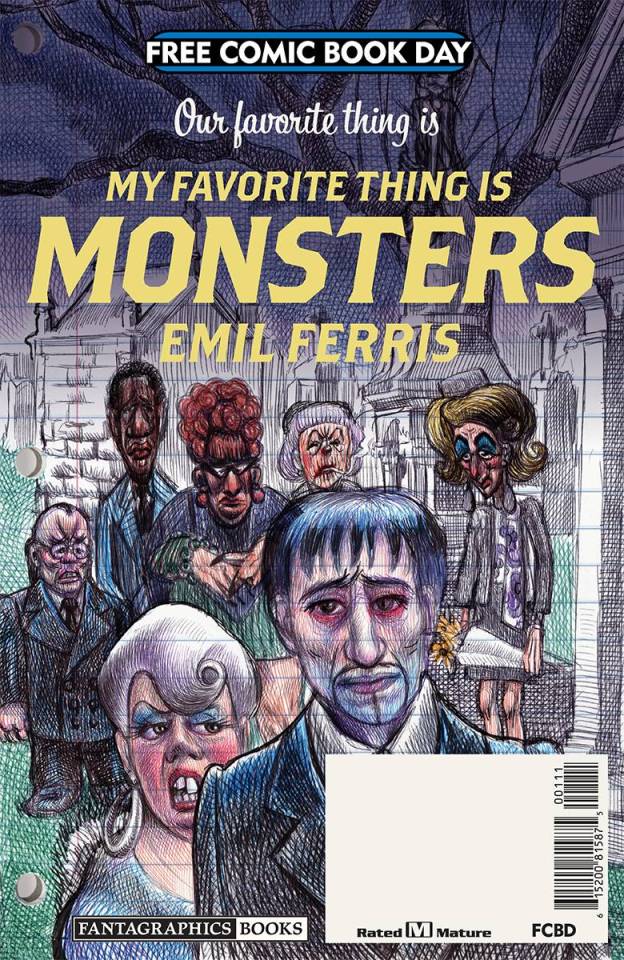
In 2017, Emil Ferris published her first graphic novel, the unprecedented and brilliant My Favorite Thing Is Monsters, an exploration of everything from the trauma of a lonely childhood, the Holocaust, and totally awesome horror comics, all drawn with ballpoint pen and a perspective never seen before in comics. This only came about after Ferris experienced severe brain damage from a severe case of West Nile Virus and used drawing with a ballpoint pen as a form of physical therapy. This FCBD-exclusive provides an inside look into how My Favorite Thing Is Monsters emerged from that tragedy and includes Ferris's own guide to drawing monsters. Want more? Find the original graphic novel on our shelves today! [MATURE READERS!]
PLEASE REMEMBER THAT SUPPLIES ARE LIMITED AND ALL FCBD TITLES ARE FIRST-COME, FIRST-SERVED! WE SUGGEST YOU HAVE IDEAS IN MIND FOR BACK-UP BOOKS IN CASE YOUR FIRST CHOICE IS GONE!
Many of these books tie-in with comic series or graphic novels currently available in our stores, while others are previews for books that are soon to be released! If you enjoyed your free comics, or if you saw an interesting one in the list that you didn’t have the chance to grab that you’d like to read, ask one of your friendly neighborhood Comix Connection Counter Monkeys for help! We’ll be glad to give you more information -- or even order you some goodies!
#fcbd#fcbd 2019#central pennsylvania food bank#free comic book day#food drive#free comic book day 2019#comixmech#comixyork#comixsale#comixevent
6 notes
·
View notes
Photo
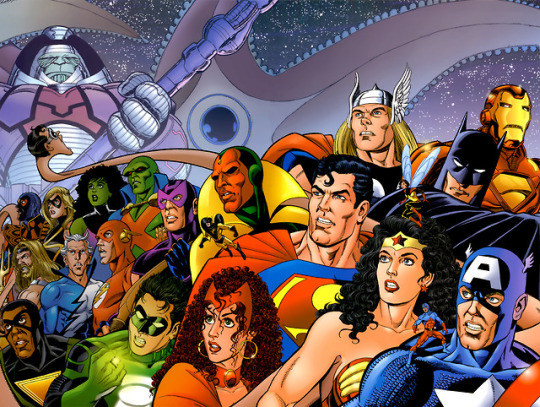
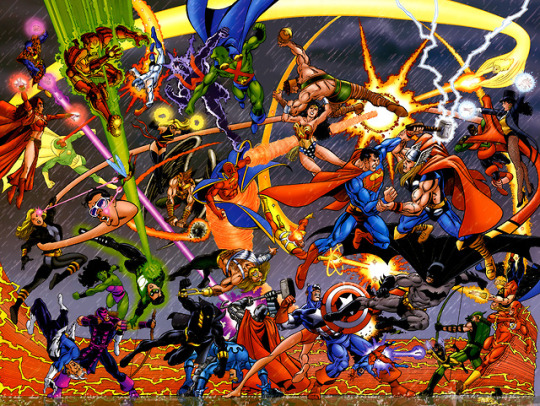
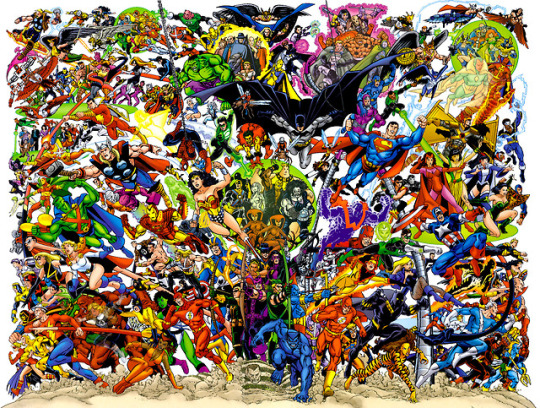
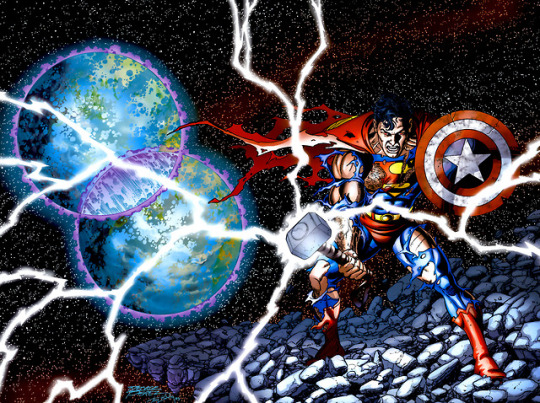
JLA / AVENGERS SEPTEMBER - DECEMBER 2003 BY KURT BUSIEK, GEORGE PEREZ AND TOM SMITH
SYNOPSIS (FROM MARVEL DATABASE)
Krona, an exiled Oan villain from another Universe who has gained the powers of entropy, begins destroying entire universes in his obsession to find out how they are created. The Grandmaster, an alien who is obsessed with games, offers to give Krona the knowledge he seeks but only if he can beat him in a game. The game consists of forcing the Avengers and their heroic counterparts, The Justice League of America, from that Universe's Earth to battle each other in a race to find twelve items of incredible power that have been hidden around their worlds. With help from Metron of the other Universe, the heroes are tricked into participating. Krona is given the side of the Avengers and Grandmaster is given the side of the JLA.
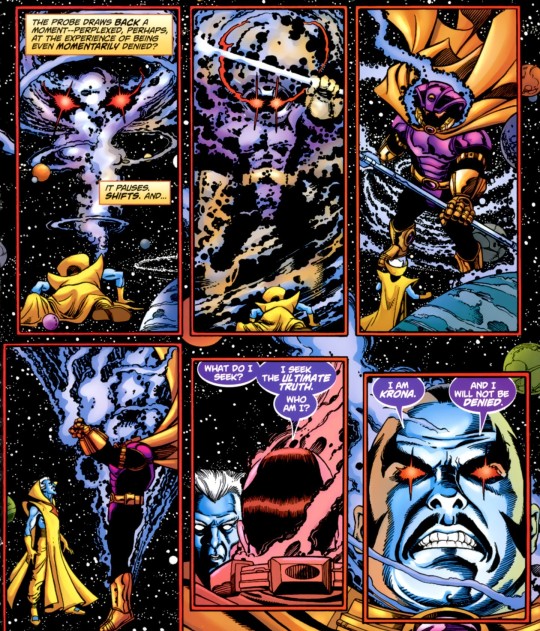

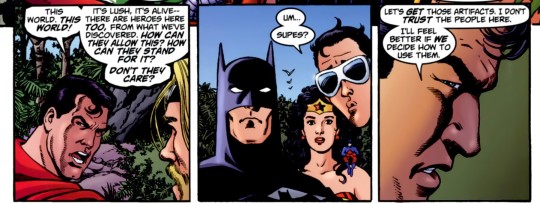
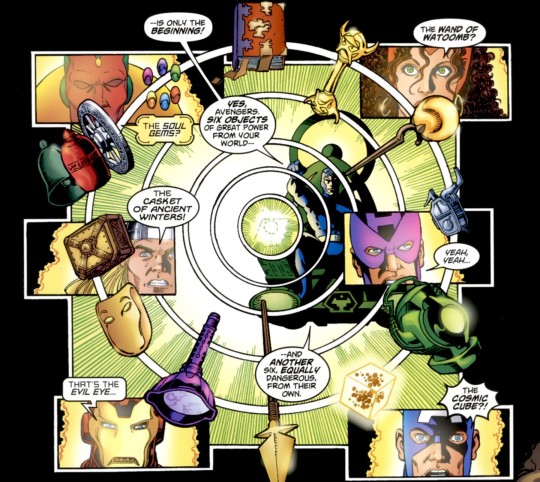

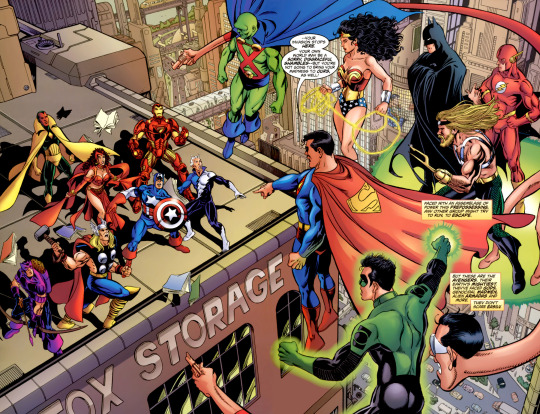
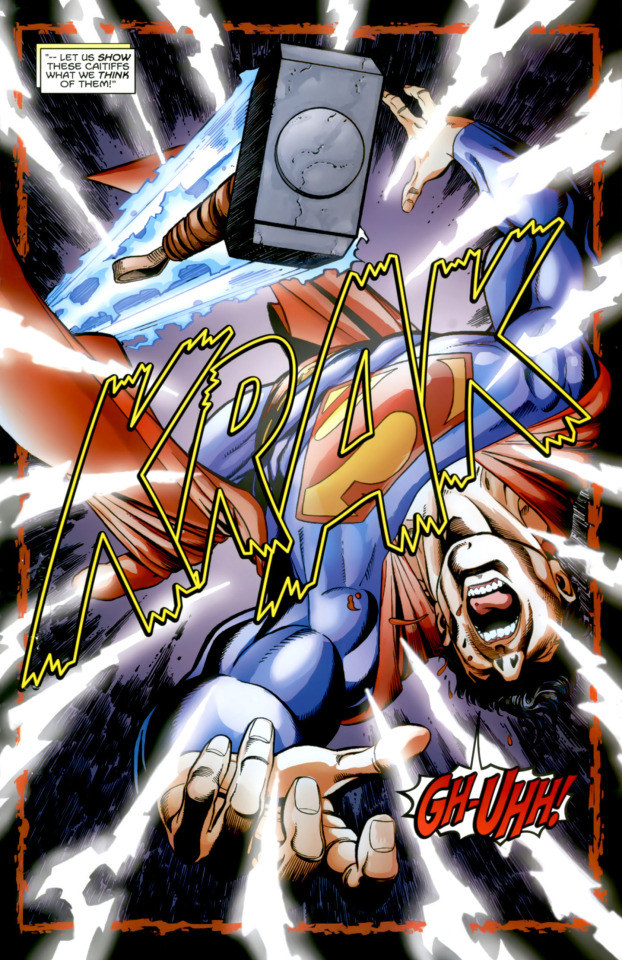
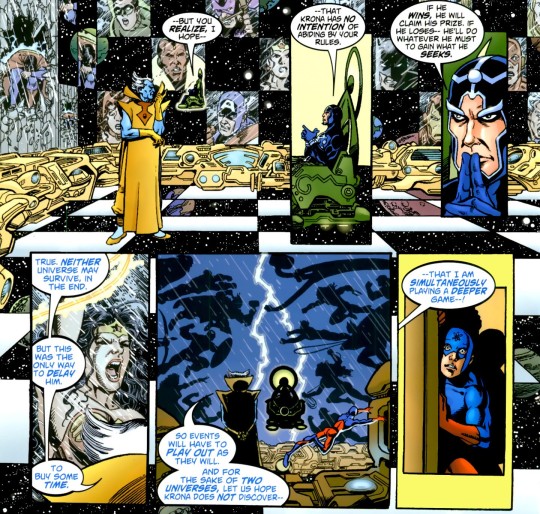
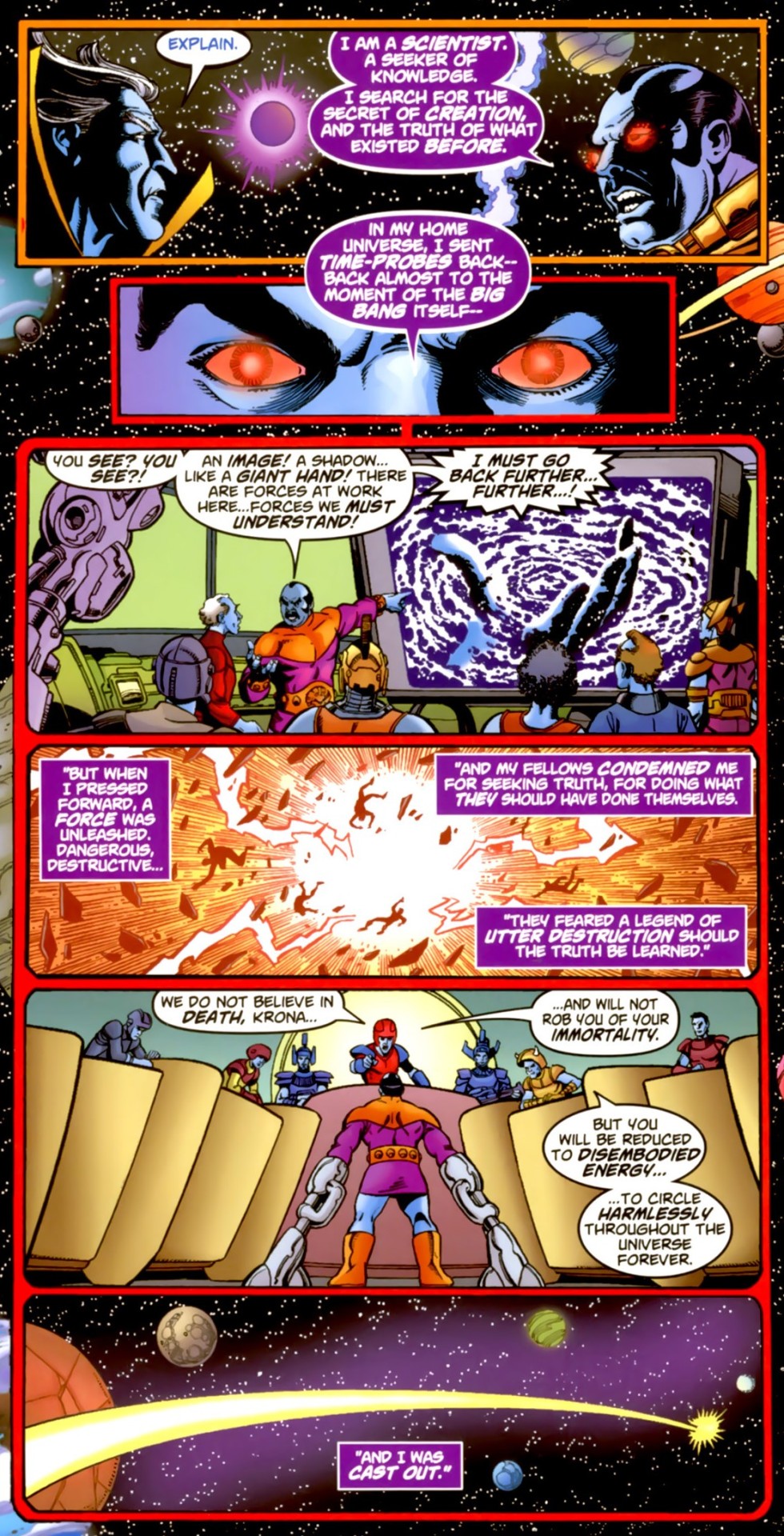


When Batman and Captain America discover this, Captain America allows the game to end with a victory for the JLA, but Krona refuses to accept this and uses his powers to steal the knowledge directly from the Grandmaster's mind. In turn, the Grandmaster uses the power of the twelve artifacts to merge the two universes, trapping Krona at their center. However, this results in a chaotic world, and Krona begins to cause the universes to collapse, since he now knows that universal creation comes from destruction. The Avengers and the League join forces to stop him, aided by many other members from both teams' pasts (brought together by wild changes in time).
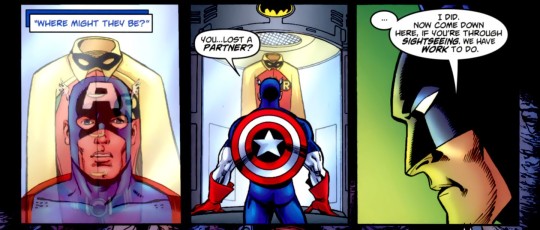
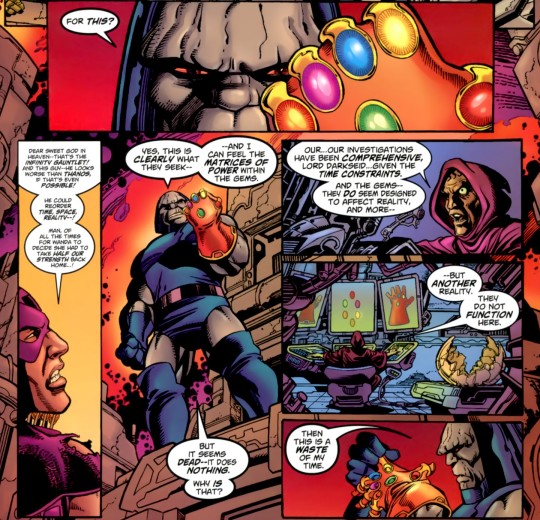

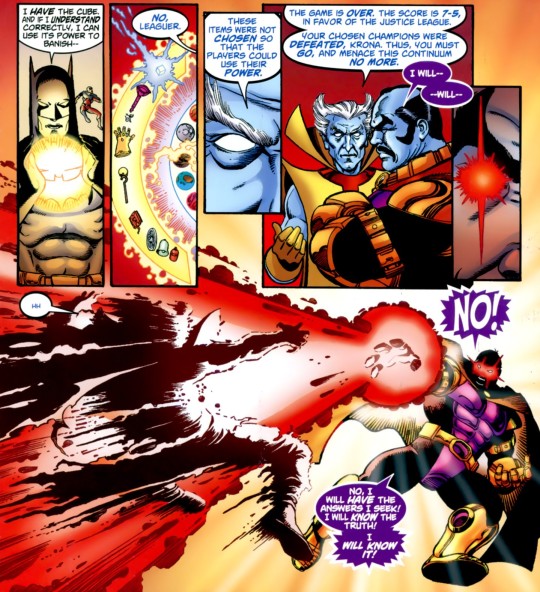

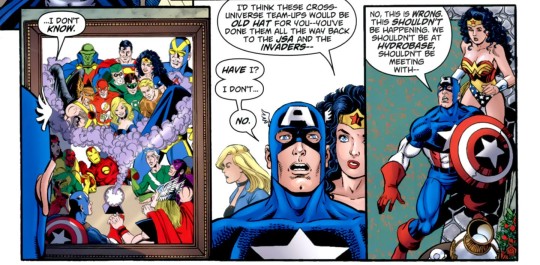
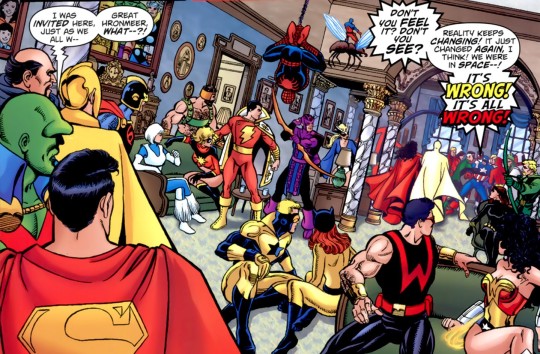
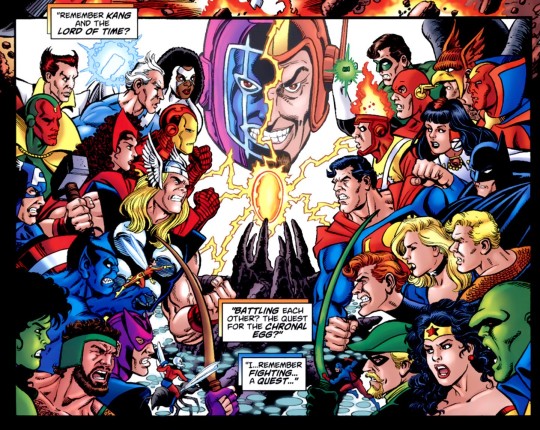
In the end, Krona is turned into a "cosmic egg" from which a universe would be born in a trillion years. The two universes return to normal, with everything that Krona destroyed being recreated as well (this would have consequences for the Anti-Matter Universe, as seen in a further Justice League adventure).
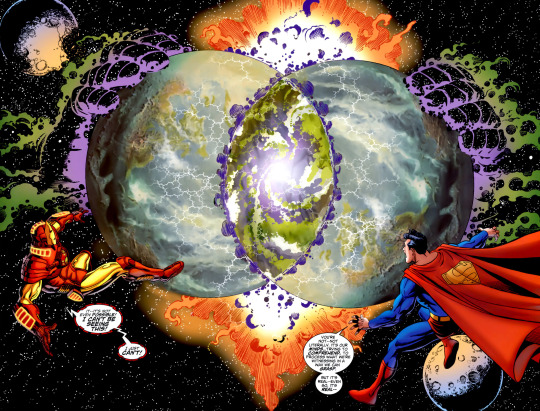



CONTEXT (FROM WIKIPEDIA)
In 1979, DC and Marvel agreed to co-publish a crossover series involving the two teams, to be written by Gerry Conway and drawn by George Pérez. The plot of the original crossover was a time travel story involving Marvel's Kang the Conqueror and DC's Lord of Time. Writer/editor Roy Thomas was hired to script the book, based on Conway's plot, and although work had begun on the series in 1981 (Pérez had penciled 21 pages by mid-1983) and it was scheduled for publication in May 1983, editorial disputes - reportedly instigated by Marvel Editor-In-Chief Jim Shooter - prevented the story from being completed. The failure of the JLA/Avengers book also caused the cancellation of a planned sequel to the 1982 The Uncanny X-Men and The New Teen Titans crossover.
An agreement was reached between the two companies in 2002, with a new story to be written by Kurt Busiek and drawn by George Pérez. In a joint panel at WonderCon 2000, Busiek (then writer of the Avengers title) and Mark Waid (then writer of the JLA title) stated they had nearly come to an agreement to begin the crossover within the regular issues of the respective titles but the two companies could not come to a business arrangement. When the series was approved, however, Waid was unavailable due to an exclusive commitment with company CrossGen, and Busiek became the sole writer on the project. Perez also had an exclusive commitment with CrossGen, but had a clause written into his contract allowing him to do the series if and when it was approved.
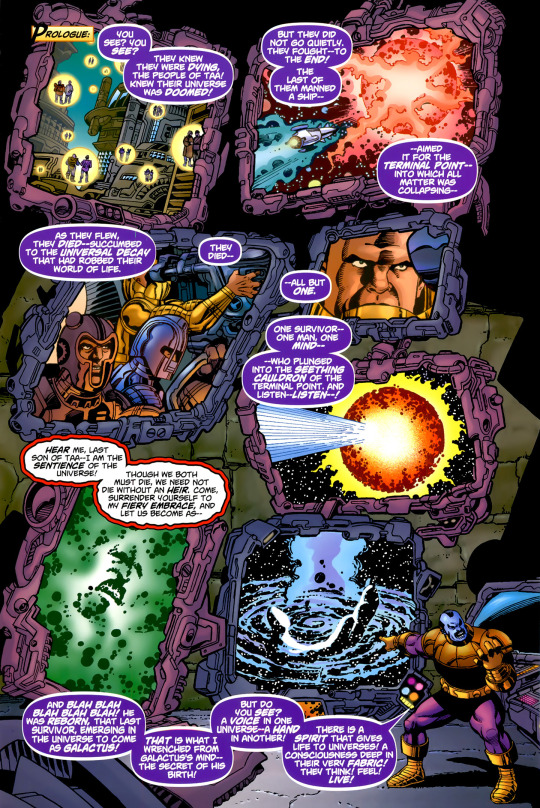
INTERVIEW (FROM SYFY)
Kurt Busiek: I don't know if this is actual irony, but it's a coincidence at least, so it's the Alanis Morissette version of irony. One of my last jobs as a fan journalist, when I was working on a news magazine about comics, was to do an article announcing what was going to be the 1984 book. This was back in 1981 or 1982. I didn't know much about what was in it at that time, but over the years as it fell apart, there were interviews that were done about it where everybody kind of shouted at each other.
The problem with the first one was really a matter of personality clash. Dick's style of editing was "let's just get moving and we'll fix it along the way." Dick Giordano, as a long, long time award-winning inker, didn't believe there was any comic book you couldn't fix in the inks. And Jim Shooter was a very intellectually driven writer, who wanted it all in the outline. If it wasn't in the outline, it was wrong. So Dick was like "Yeah okay we have a plot, and maybe bits of it that don't make sense but we'll fix it as we go along" And Jim was like, "no, you can't start until you have an outline that works."
The final tally on work produced on JLA/Avengers '84: one fully plotted issue that may or may not have been approved, 21 pages of penciled artwork, and a litany of memos back and forth between Giordano and Shooter detailing which of their respective editorial teams were not at fault. After management changes at both companies, new crossovers between Marvel and DC characters to began to hit the stands.
Between 1994 and 1999, the companies would collaborate on 11 standalone stories featuring the likes of Spider-Man, Batman, the New Gods, Galactus, Superman, the Silver Surfer, Captain America and dozens more characters from each companies' respective library. They also put out Marvel vs. DC, a four-issue mini-series that was more like a battle royale pitting iconic characters against one another, with the outcomes voted on by gleeful fans.
It took another change in management to get the original JLA/Avengers idea rolling again.

Tom Brevoort: I was intimately involved in getting this crossover to happen. At the time, Joe Quesada had been installed as Marvel's new EIC and he was working through a program he referred to as "unfinished business": creator relationships that had fallen on hard times, projects that had never been completed as a result of some difficulty or another, that sort of thing. And so, at a given point, he asked me why the JLA/Avengers project hadn't happened back in the day. I gave him a rundown, and he said, "Okay, go make it happen."
I checked with our contracts people about the particulars of the overall deal for the Marvel/DC crossovers, and I discovered something: the deal called for each company to produce an equal number of books, but at that moment, DC had done four more than Marvel had. So that gave me some bargaining leverage.
I don't know what the decision-making process was like on DC's end — for Marvel, that was the whole of it. We did all meet once or twice to hash out some of the business aspects, agree upon the length and the creative team, as well as the publishing rights to the collection. That went to DC, as Marvel didn't have a machine in place at that moment to do collections—something else that Joe Q was instrumental in building.
So as the wheels were set in motion to get JLA/Avengers started, the talent currently working on both books were becoming aware this project might suddenly have new life.
Busiek: When things were fine between Marvel and DC, we heard about it and that there might be a possibility. I was writing Avengers while Mark Waid was writing Justice League and we came up with elaborate plans to do a JLA/Avengers #1, and then have the story appear in the next six issues of Avengers and JLA. Then there'd be a finale in JLA/Avengers #2 where we'd write our halves of it and we'd co-write the bookends. Ultimately Marvel and DC didn't want to do that because they didn't want to have any issues of the Avengers that they couldn't reprint because they were subject to a co-publishing deal.
An unlikely player then got involved: an upstart comic book company called CrossGen, which was founded in 1998 by Mark Alessi. Determined to make a huge first splash, they offered exclusive contracts to many of the industry's most talented creative talent. Two of the creators who chose to take Alessi up on his offer were Waid and Pérez.
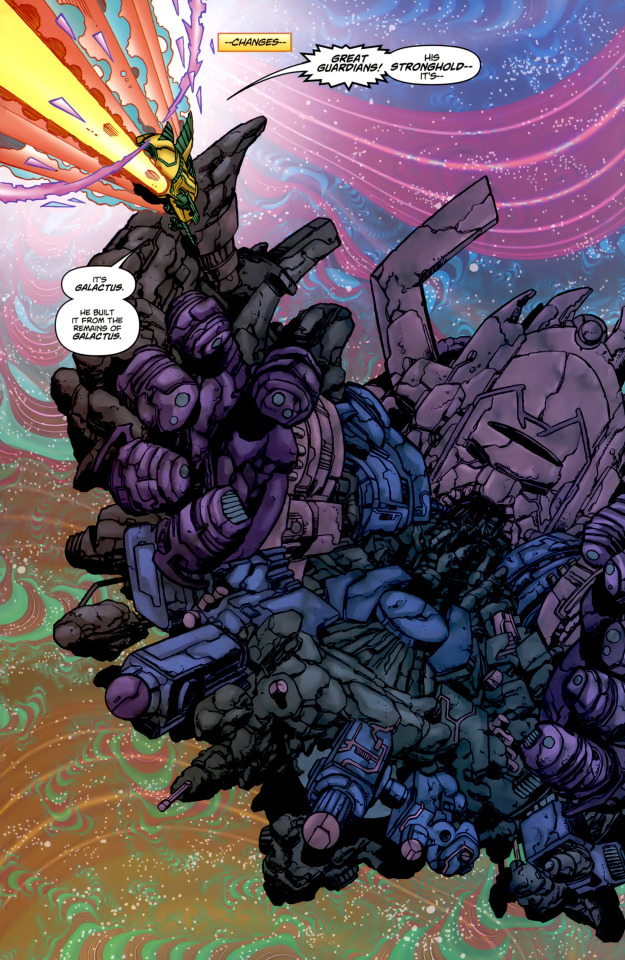
Busiek: I was still on Avengers, while Mark left DC to go to CrossGen. There was no new writer on JLA. Mark was finished, or at least on the way out. I was the only guy left standing and they offered it to me and I thought, well gee, that sounds nice.
Brevoort: We also had to work around George's situation. At the time, he had finished his run on Avengers for me, and joined CrossGen as a staff artist. But he had a clause inserted into his contract that stated that, if an Avengers/JLA project ever happened, that he would be free to do it. So we needed to negotiate a little bit with Mark Alessi in order to work out the timing and make this happen, because the book was going to take George a year and a half to draw, since he wanted to ink it as well, which is a long time to have a key artist off the boards. And this is why we announced the project at the Orlando Megacon, a show which at that time was affiliated with CrossGen — it was their hometown show.
Stephen Wacker: I believe I only found out that it was finalized just a couple days before the 2001 Megacon where it was announced.
Brevoort: George was a no-brainer based on his connection with the original, aborted JLA/Avengers project from 1984. And I think DC wanted to be in the Kurt Busiek business, and saw this as a way to begin to establish a relationship.
The next step was hammering out the logistics of this event.
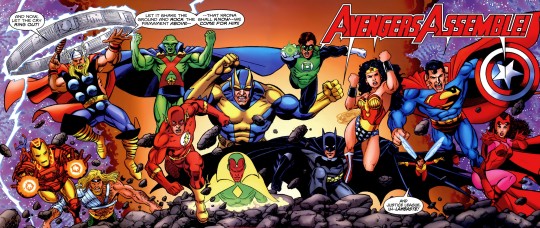
Brevoort: In all honesty, it wasn't too difficult. We had made arrangements to stay down in Florida an extra day following the Megacon announcement, and so myself, Dan Raspler from DC, Kurt and George sat around talking through the project and the story. Kurt already had a bunch of the pieces for what he wanted to do, and we very quickly all agreed that we weren't going to approach this from a company vs company standpoint where we'd be counting character appearances or worrying about who "looked better" or not.
We were just going to build a story that worked for us, like any other story — it just happened to star characters from two separate companies. Thereafter, there was a snowstorm that blanketed New York, and so Kurt and I rented a car and drove for 26 hours straight up the coast to get back to New York, and during that time we had plenty of further weary discussions about the project.
Wacker: We had some lunches which were friendly but the bulk of the work was done in email. And there were thousands. You could probably fill three omnibuses with them!
Busiek: I wanted to do a bigger project. The original idea to do it back in '84 was a 40-page book and I had impressed upon Tom a number of times, let's go bigger than that. Marvel versus DC and other projects that had been done as multi-issue projects. At one point, they came back to me with wanting to do three prestige format comics. I said, let's do four, because there are two publishers and you can't split three books into two publishers.

Wacker: I recall there was some worry that this was really just Marvel's Avengers creative team handling something that was supposed to be half DC. On the other hand, Kurt had co-written a Wonder Woman mini as well as a Red Tornado mini that only I bought in 1985, so I was on his team!
Busiek: I came up with the idea of having Marvel issues be called JLA/Avengers and the DC issues Avengers/JLA, because that way nobody seems more important. And more to the point I thought JLA/Avengers had a better rhythm than Avengers/JLA.
They also wanted a more ambitious story than had been done before.
Brevoort: The key idea was to not just do a typical fight between characters as had been done before, but to really delve into what made the Marvel Universe and the DC Universe different — to point out the stuff that each company did differently.
Busiek: I didn't want it to a story that just said, hey, here's the JLA, here's the Avengers. They team up, they fight somebody. They win, nothing happens that isn't on a pure superhero level. I said I want something deeper and that turned out to be exploring the differences between the two universes.
There's a reason why DC characters and Marvel characters don't just cross the dimensional gulfs — other than ownership — and team up all the time. It's because they're different places with different styles and even different physical laws. And I made the point along the way that the DC earth is slightly larger than Marvel earth because it's got more fake countries and fake cities to fit in.
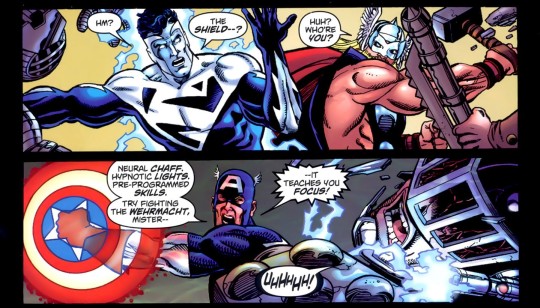
Wacker: I know there was a lot of anger from fans about who could beat who, but I was always a believer that any character could win against any other character given the right set of circumstances.
Busiek: We wanted to get into the idea that, that the Marvel Universe is a place where heroes struggle and the DC Universe is a place where heroes are lionized. Superman is everybody's big brother, and The Flash is the pride of Central City. Even in Gotham city, Batman may be a scary guy, but he's THEIR scary guy. In New York City, Spiderman's a scary guy, but he's just a scary guy. Marvel has a lot more of a sense of the superhuman as dangerous. Whereas with DC, it's traditionally neatly divided into hero and villain.
Brevoort: That idea permeated throughout the plot and the series, including the one sequence that we couldn't make work to our satisfaction in issue #3 wherein we postulated what the Marvel characters would have been like had they been created in the DC Universe and vice versa. That failure led to the situation that broke the story, as it turns out.
While somehow making the heroes work together was crucial, they didn't ignore the villains, either.

Busiek: Tom and I were talking about what could be done and I had cooked up the idea that we need to involve Krona and the Grandmaster, right from those early discussions. Tom and I said this doesn't need to be exactly balanced at all. If we have Krona vs. Grandmaster and we have Metron involved, we don't need to have another Marvel supervillain involved at the same level just so that everybody gets the same number of seconds of dance montage.
So they had an outline. Now they just needed a story. That story told over four issues ended up being starting with a cosmic scavenger hunt with Krona on one side, and the Grandmaster on the other. The JLA and Avengers wound up being used as the chess pieces in this high stakes quest to gather 12 objects of power from the Marvel and DC universe, including a Green Lantern power battery and the Spear of Destiny from the DCU, and the Cosmic Cube and Infinity gems Marvel.
The story begins with the present-day versions of both teams at the time — Cap, Iron Man, Thor, Quicksilver, Vision, Scarlet Witch, and Hawkeye squaring off against Superman, Batman, Wonder Woman, Green Lantern, Aquaman, the Flash and Plastic Man — but through the course of the four issues would grow to touch on and contrast the full rosters of both squads.
The final issue ends with a knock-down, drag-out fight against Krona for the fate of both universes that is remembered by most (whether fondly or with scorn) for the image of Superman wielding Captain America's shield AND Thor's hammer during the battle. And in the end, Hawkeye (yes that Hawkeye) ends up winning the day for the heroes. Kurt's affinity for the character may have had had "something" to do with that.
It was an amazing four-issue run, but it didn't happen without its share of hiccups, as what goes on the page at times can pale in comparison to what it takes behind the scenes to put these projects together. often due to two completely different (and in DC's case shifting) editorial teams.
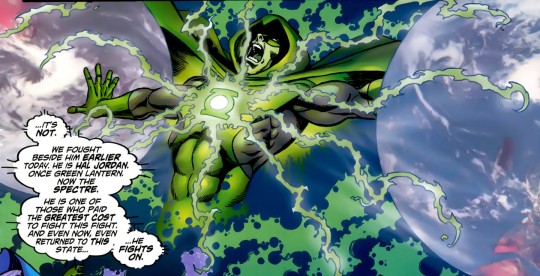
Busiek: I always got the impression that DC was looking over their editors shoulders on JLA/Avengers. That when I sent something to Tom and Dan Raspler for approval, approval came back from Tom 20 minutes later. He said this was fine, let's go. Dan read it. And I got approval back three days later because — they never said this, but I got the impression that it had to go up the chain and had to be seen by, Mike Carlin, by whoever was above him.
We had at least a lot of flexibility on the Marvel side since this was the Avengers creative team putting together the comic. Joe Quesada was not looking over Tom's shoulder. He would say "It's just going to say JLA/Avengers on it? It's going to have George Pérez art? It's gonna sell through the roof? I honestly don't care what Dr. Light does."
The main hiccup seems to have occurred around the story in the third issue.
Busiek: Issue four was difficult to do, no offense to anybody involved and I'm sure they were always all using their best judgment. But, the DC side of the process broke issue three. We had an outline. It had been approved by everybody. Issues three and four were originally intended pick up the merged Earths in 1983, and we see the teams that would have met in the original 1983 crossover. And then as time and reality collapsed and warped, they keep shifting to later versions. We would get to see the different forms that the JLA and the Avengers have taken, with multiple teams and such over the years.
We got told by the DC side of this, by Dan (Raspler) — I don't know how much of that was Dan and I don't know how much of it was people looking over Dan's shoulder — that no, we could not spend all this time in a JLA/Avengers crossover with Hal and Barry as a Green Lantern and the Flash. And the reason was that Hal and Barry were dead. They were never coming back. No one cared about them. It was Wally and Kyle Rayner. So spending too much time on Hal and Barry was just aiming it at the oldsters. And we needed to aim it at the younger fans so we had to pull apart issue three and put it together differently.
That meant that what was supposed to be a structured flow of time moved forward in a chaotic way. There just wasn't any structure anymore. It was just chaotic things as they're happening. And we tried to make as best an emotionally satisfying event out of it.
Brevoort: Mike Carlin — who was then DC's Executive Editor — and I got along very well, and were almost always on the same wavelength, which made coordinating and conceptualizing these crossovers relatively pain-free. Mike came on to edit the end of JLA/Avengers for DC, and that made things even easier. I kind of regret that he didn't come in just a few weeks sooner, as that was the point where the interaction happened that broke the back half of the story in my opinion, and that would almost certainly have been avoided had it been Mike at the helm at that moment.
Busiek: Issue #3 pretty much got reworked in ways that we weren't happy with. And issue #4 was kind of a mess because of that, but people seem to like it. So I guess we did it well enough. But yes, it was a lot of work at the last minute and I think we would've had a better book if we'd stuck with the original outline.
What no one had any regrets over was the work down by George Pérez
Busiek: We had close to 200 pages and we had George. When I started writing Avengers, George was the artist, and I asked do you know which Avengers do you want to use? And he said all of them. When JLA/Avengers comes along I said, well, which characters would you like to focus on? And I knew it was coming: George said "all of them." So everybody up to and including the Yaz showed up at least once.
Brevoort: We were able to schedule the series in such a way that George was able to ink as well as pencil every single page of it. I'm not 100% certain, but I'm pretty sure that it represents the largest body of work that George both penciled and inked himself.
Wacker: Dealing with George was without a doubt the highlight of the project. I couldn't believe my life had progressed in such a way that I now had his phone number! My favorite memory was a voicemail message from George that I kept for years. He was … shall we say very "frustrated" that none of the references for JLA's moon base were consistent. I geeked out at every minute of him yelling at me!
Brevoort: The one fannish thing I did insist on in our earliest story meetings — and it's something that nobody objected to — was that the Flash be the first character to breach the dimensional barrier between the DC Universe and the Marvel Universe, much as he was the first character to travel from Earth-1 to Earth-2. In my office, that sequence was referred to as "Tom's page", and in fact, I did buy the original art for that page from George when he put it up for sale after the event had seen print.
Busiek: George finished the cover to number three that had every JLA member ever and every Avenger and he wrecked his hand. The fourth issue was late because George had had tendonitis from drawing that, which was a huge complicated cover.
Brevoort: At a certain point, we needed to send the original artwork for the cover to issue #3 — the huge piece in which George had drawn every single Avenger and Justice leaguer — back to George. But my intern at the time had misunderstood our instructions and instead sent George back a full-sized Xerox.
I remember coming into the office in the morning and finding a message on my answering machine from George, and I've never before or since experienced him speaking so quickly and so breathlessly. He was afraid that the original art was either lost or destroyed, and he was half out-of-his-mind with concern. Upon looking into things, we worked out what had happened, and were able to calm things down and get it back to him.
Given the size of the superhero business now, with sprawling cinematic and television universes even more prominent to the general public than the comics source material, it would seem unlikely that these two companies would team up again. The fact that they're owned by two multinational conglomerates — Marvel is Disney property, while DC is owned by the freshly minted Time Warner/AT&T — as unlikely as Captain America and Superman becoming North Korean citizens.
Brevoort: Those were really the final days of both companies being "Mom & Pop" shops. Now, with both Marvel and DC being integrated multi-platform companies, the inter-mingling of competing IP is a much more complicated and complex situation, along with the fact that you wind up spending considerable resources on a project for which you only recoup half of the eventual profits (and that you cannot utilize across other lines of business beyond the publishing) make it a lot more difficult to justify. It's hard to justify both the allocation of resources and also the difficulties of navigating the politics between two competing corporate giants. So it's not impossible that it could never happen again, but the factors against it happening are considerable.
It would be nice, though, if we could get JLA/Avengers and the other Marvel/DC crossovers of the past back into print.
Busiek: We got to do JLA/Avengers. I had a lot of fun with it and a lot of people read it. They thought it was cool. So the fact that it didn't stay in print is disappointing to me, but it doesn't outweigh the fact that we got to do it in the first place.
Wacker: At the time Marvel was in the beginning of a cultural reawakening that would climax with the movie and TV studios getting built. DC was just starting to wake up as well and really start taking seriously the need to compete with Marvel.
REVIEW
You can get lost in those pages. So many characters and references (even to the original plot of the series). This is the most ambitious mini-series I can remember right now (Crisis on Infinite Earths did the same with just the DC Universe, but this incorporates everything post-Crisis, plus the Marvel Universe).
It’s just amazing. And it’s not just the art. For a crossover, the Krona story is very advanced, it has more in common with Crisis than, let’s say, Batman/Spider-man.
This is also the last crossover between DC and Marvel. The corporate culture at both companies changed too much to allow another of these events, and most importantly, once Marvel got out of their bankruptcy, they had no reasons to boost DC sales (this was usually the excuse to not do the crossovers, as Marvel has been dominated the market for decades).
I am kind of glad that the 1983 crossover failed. I don’t think it would have been as powerful as this.
There are some problems in the third chapter. And everyone knows that. The issue had to be rewritten and it just stops the pace of the story. You could kind of not read it and you would get the same story (minus some valuable exposition).
If you are going to buy this book, I recommend the one with the companion book, that includes interviews around the failed project, (plus penciled pages for that book), and an exhaustive index of all the characters, page by page.
I give this book a score of 8
#george perez#jla#avengers#justice league of america#jla/avengers#avengers/jla#grandmaster#contest of champions#mcoc#superman#mjolnir#iron man#captain america#batman#dc comics#marvel comics#comics#review#2003#modern age#crossover#thor#infinity gauntlet#darkseid#captain marvel#shazam#wonder woman#hawkeye#green arrow#arrow
3 notes
·
View notes
Text
Ever wondered when you first met Batman? We know the world first met him in Detective Comics #27 cover dated May 1939. But, everyone has their own individual story. Very few people are going to be able to say it’s in that first appearance, but there may be a few. Each of us probably has a unique anecdote about it. However, it may not be easy to recall it immediately. What clues can you put together in your memory to shed some light on this? This is my story…
It’s hard to remember one’s very first comic book, and while I probably got a Mickey Mouse, Donald Duck or Bugs Bunny, the first important comic book I ever got as a child was Detective Comics #440. I had yet to turn 4 years old and I most likely also got Wonder Woman #211 on the same day. Both are cover dated May, 1974 and are 100 page giants and both exist in my collection in the same condition; the first part of each issue is ripped off and lost to the ages. It’s hard to say what happened to the first part of the books, exactly, but one can imagine what a child of nearly 4 might have done.
These books have always been curiosities in my collection. The Wonder Woman book didn’t get a lot of looks until much later, but as a boy and a teen, I was fascinated with that Detective issue. The lead Batman story was missing, but the rest of the book contained a partial Golden Age Manhunter reprint by Simon & Kirby, a Golden Age Green Lantern reprint by Alex Toth, a Golden Age Doll Man reprint and a Silver Age reprint of Hawkman #3 drawn by Murphy Anderson. The last two stories were a Silver Age Batman story recounting the story of the Outsider and Chapter 4 of Archie Goodwin and Walter Simonson’s Bronze Age Manhunter epic. This of course was still in its first run in 1974. As a young boy I was perplexed at how the two Manhutnter stories were supposed to go together. Additionally, I was also confused by the Doll Man whose powers were so like the Atom and this blonde headed Green Lantern who looked nothing like the other Green Lantern I’d seen. At least I could count on the Batman reprint, but what a bizarre tale- “The Inside Story of the Outsider.”
As I got a little older, I realized what a gem of a comic I had. When I finally learned about the Golden Age of comics, and learned of the importance of creators like Joe Simon and Jack Kirby, I took another look at the reprints and saw them again for the first time. The Manhunter story features S&K in their prime. I’ve wanted a reprint of all their Manhunter stories for years. About the same time, Alan Scott, the Golden Age (blond headed) Green Lantern became one of my favorite Earth-Two characters and I was excited to recall that there was this reprint in that book as well. It would be even later that I learned of the importance of that story’s artist, Alex Toth. Of course, the Hawkman story by Gardner Fox and Murphy Anderson is brilliant and a high water mark of the Silver Age. To this day, it still surprises me that I have a chapter of the Goodwin/ Simonson Manhunter epic. I would eventually track down a complete copy of the issue to read the Batman story that opened the book. It shouldn’t be surprising that this issue provided a lot of wonder to a boy in the ‘70’s and ‘80’s. It also shouldn’t be surprising that it was a Batman comic, but how many issues had such interesting and significant reprints? This and Wonder Woman #211 are the two oldest comics in my collection that I know I got off the stands. I did not get these later once I had started collecting. Was this my first introduction to Batman, though?
In 1972, Mego Toys launched their World’s Greatest Super-Heroes action figure line with a test for Christmas at a couple select locations. This test featured four figures: Superman, Batman, Robin and Aquaman. Batman and Robin in this first run were produced with unique masks. Robin, now known as Removable Mask Robin, came with an easily lost and or broken mask that overwhelmed the figure’s head. It was soon changed to a painted mask in the same shape, but looked much better painted on Dick Grayson’s face. Batman, now known as Removable Cowl Batman had a rubber cowl that slid down over Bruce Wayne’s head and was very interesting, even if it didn’t always fit right, his eyes never quite high enough for the eye holes in the cowl. So, what’s the deal with this? Well, as a child of the ‘70’s I had a lot of Mego super-heroes. Guess who I got first? That’s right- Batman. And, not just any Batman.
Sometime in 1974, Mego changed their Batman head sculpt to a molded cowl version. This not only made for a more concise figure, without an easily lost accessory, but it became more kid friendly, as the Removable Cowl version was definitely a bit darker and ominous than the happy smiling Molded Cowl version. Since I didn’t live in the area where I would’ve had access to one of that test market during the Christmas of 1972, it stands to reason that I got my Removable Cowl Batman for Christmas 1973. I have pictures! It couldn’t have been later, because the Removable Cowl was discontinued before Christmas 1974. This predates that issue of Detective Comics #440 that probably hit the stands in March or February of 1974. So, perhaps my first exposure to Batman was the Mego action figure? However, why would my parents buy me this if I had no previous exposure to the character?
In 1966, four years before I was born, there was a television phenomena- Batman! Starring Adam West and Burt Ward, this television series chronicled a campy version of the Caped Crusader and his sidekick, Robin, the Boy Wonder. While a far cry from his initial noir-inspired origins, this television show was a hit because it was able to be enjoyed by parents and kids alike, even if for very different reasons. Though it only lasted three seasons, it was popular in reruns in the early ‘70’s, even in the afternoons when kids were coming home from school. I have very specific memories of this on channel 18, WCCB in Charlotte, NC. Is this my earliest Batman memory?
I have many memories of other Batman toys and comics from my childhood, but the Mego figure and that issue of Detective Comics are the only ones I can come close to pinpointing with a date. However, it stands to reason that I would’ve seen a rerun of Adam West and wanted a toy and comic. As a kid, different incarnations are indistinguishable. As an example, I specifically remember playing with my Mego Spider-Man while watching reruns of the Spider-Man animated series that originally aired in 1967. It’s not hard to imagine that the Batman ’66 TV show led to an action figure and subsequent comics.
As you can see, Batman and Me-go way back!
80 Years of Batman - Batman and Me-go Way Back! Ever wondered when you first met Batman? We know the world first met him in Detective Comics…
#Adam West#Archie Goodwin#Batman &039;66#Bruce Wayne#Burt Ward#Detective Comics 440#doll man#gardner fox#Jack Kirby#Joe Simon#Manhunter#mego#Mego Spider-Man#Mego World&039;s Greatest Super-Heroes#Murphy Anderson#Removable Cowl Batman#Removable Mask Robin#S&K#spider-man#Spider-Man &039;67#The Outsider#Walter Simonson#Wonder Woman 211
5 notes
·
View notes
Note
So is the RoTS novelization considered Canon? I mean, it is /based/ on a saga movie, but when it was made its still technically a star wars book that falls to the eu category, so???
Im sorry the whole eu deal is really confusing. Sometimes I wish Lucasfilm could just had, like, a whole conference meeting and go through as many eu productions and stuff as possible to discuss canon possibilities, or at least slowly build up a list of old eu/legends that they’ve decided to give an approved-canon stamp or something. I mean, the eu /at least/ deserve some sort of discussion even if it is big and confusing, just to clear out some stuff.
Hi! It can be confusing until you get the hang of it, yeah! And it’s still definitely not a value judgement–those old Legends stories can still be great fun and great stories! They’re just not canon, which means that LF going forward isn’t beholden to including them or their details when putting new stuff out. That’s the definition we’re working with here–that “canon” means the other authors/creators have to take it into account when creating something new!Okay, so the way LucasFilm canon works is this:- Extended Universe stuff was never really “canon”, George made this very clear in interviews where he said he didn’t read that stuff and it wasn’t part of his Star Wars world, as well as Dave Filoni talked about how, even before the Disney buy, George made it clear that that stuff wasn’t “canon” to him and those working on The Clone Wars. (This is why TCW contradicts so much of Legends, because it was basically a separate world of stuff that the canon wasn’t beholden to.) And, frankly, back in the day, the EU stuff was rather Wild West, meaning it was basically anything goes a lot of the time and so it’s probably better to consider it like published fanfiction, imo.- A lot of things from Legends were really influential and popular, so you may see them pop up again (like Thrawn was recanonized, Mace was still Depa’s Master, Shmi was still captured by pirates when she was young, etc.) but not always in the same way, sometimes they’ll be like Thrawn and have entirely new context and histories. (How we know that some things are still canon because they’ve been mentioned in post-2014 guide books that don’t have the Legends disclaimer.)- Everything previous to April 25, 2014 is now called Legends, EXCEPT for the movies and The Clone Wars. EVERYTHING. Everything that came out after that is canon! EVERYTHING.- I haven’t seen the conversation myself (and last I heard, his twitter auto-deletes itself after a week, so you can’t go looking for old convos) but @glompcat did they mentioned that Pablo Hidalgo specifically mentioned that the movie novelizations (prior to 2014, obv.) were no longer canon and cited the ROTS one as an example, because (fr ex) Anakin would have been thinking about Ahsoka in it, who didn’t exist at the time of ROTS. While I am personally a little, “….” about that choice (and how I want to pick his brain about it, because of the extenuating circumstances with George’s influence being special to that book) I also recognize that it’s LF’s sandbox and they make their own rules! So definitely not canon.So! NOTHING from Legends is still considered canon, anything that is canon will have come up in something post-April 2014 has to be RE-CANONIZED for it to count and then ONLY the parts that are re-canonized (often times with new context!) are what “counts” as canon.Everything else that’s post-April 2014, whether novels or comics or games IS canon. (One exception might be the LEGO Freemaker series, but IIRC they only said it was canon-COMPLIANT, not that it counted as canon, so I’m hesitant to count that one? But I’m not wholly sure on that one!)TL;DR VERSION: If you’re unsure of something, check the original publication date, anything pre-2014.04.25 = NOT CANON, anything post-2014.04.25 = IS CANON, easy peasy!Now, on a personal note, I will give the ROTS novelization more weight in consideration because it was so George-involved, but per LF themselves, no, it’s not canon, it falls under the same Legends banner as everything else does! You could build up a list, but it’s pretty much just easier to check the original publication date (reprint dates don’t count, only original publication dates/any “this book uses Legends info” disclaimers count) and see which side of the slate wiping it falls onto. And if something is referenced, ONLY what’s in the post-Disney buy version counts. (Ie, Shmi was still kidnapped by pirates and sold into slavery, but the Pi-Lippa details are no longer canon. Only what’s specifically in the reference book is what we’re looking at!)(This is also setting aside the issue of how fans choose to interact with Legends stuff on a personal level, which is a whole other conversation!)
25 notes
·
View notes
Text
Marvel's Captain Marvel: A Legacy of Failed Relaunches
This piece is about the history of the Captain Marvel name in superhero comic books. First we have to start with the originator, then how it was shut down, then we can get to how it was stolen and how it's been handled since. I will not be getting in to Miracleman/Marvelman, since that is a whole other layer of convoluted.
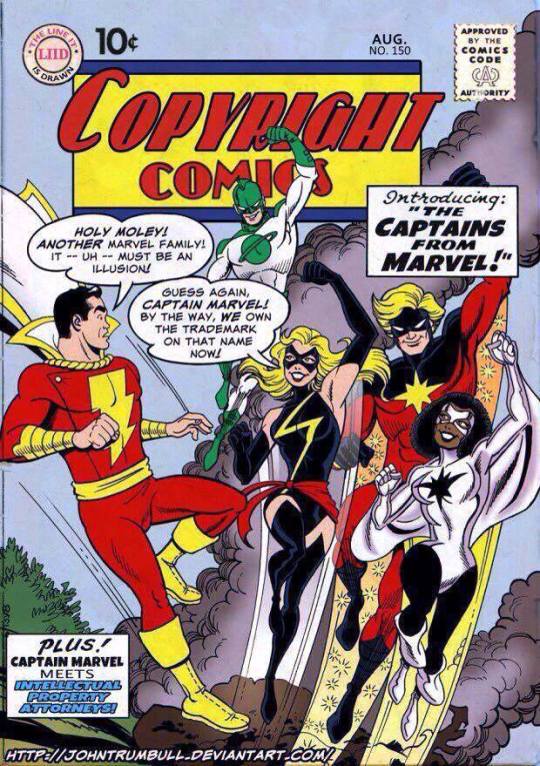
Fawcett Publications was a publisher of magazines in the 1920s and 30s. They wanted to break into the comic book business after seeing the insane success of Superman starting in 1938. So in 1940 writer Bill Parker and artist CC Beck came up with a superhero for this purpose. The character was to be called Captain Thunder and debut in Flash Comics #1. However, All-American Periodicals beat them to the punch with their own Flash Comics #1 with a cover date of January 1940, debuting the Flash, Hawkman, and other characters. So Fawcett switched the title to Thrill Comics. Which they couldn't use either when Standard/Nedor launched Thrilling Comics #1 with a cover date of February 1940. I guess even the "ing" was too close for trademark comfort. January 1940 also saw the first issue of Fiction House's Jungle Comics, which had a minor backup feature starring Captain Terry Thunder. So when their character was finally unveiled to the public, he was Captain Marvel and appearing in WHIZ Comics #2.
The parallels to Superman were there off the bat and intentional. The first cover features Captain Marvel throwing a car, in reference to the iconic Action Comics #1, but one-upping it. Their powers, costumes, and adventures were somewhat similar. Captain Marvel arguably improved on the Superman formula. Instead of the grown, nerdy Clark Kent, Captain Marvel's secret identity was the child Billy Batson. Rather than looking up to Superman, kids could put their selves in Billy Batson's shoes. The art of CC Beck and others was also more cartoony and the stories more outlandish and fun. While Superman was dealing with corrupt politicians and domestic abusers, Captain Marvel was fighting the moon and hanging out with anthropomorphic tigers.
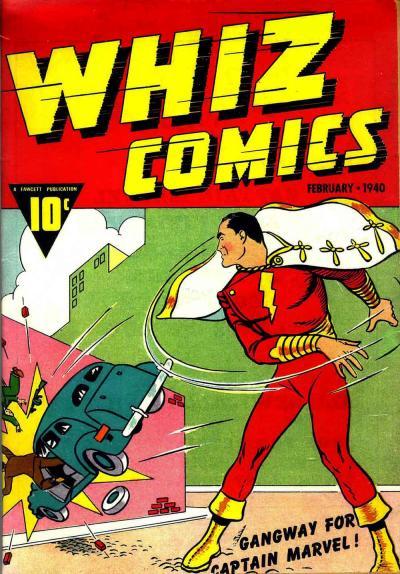
Captain Marvel replicated the success of Superman, and for a while even outsold the poster boy of comic books. The character's success led to Fawcett creating a whole line of comics and superheroes like Bulletman, Spy Smasher, Minute-Man, Ibis the Invincible and so on in the titles Nickel Comics, Wow Comics, Master Comics, etc. Captain Marvel started multiplying himself with spinoff characters Captain Marvel Jr. and Mary Marvel (before DC created Supergirl). The publisher experienced great success through the 1940s.
This success bothered some people, namely competitor National (today's DC Comics). They had success earlier shutting down Fox Feature Syndicate's character Wonder Man for being too close to Superman. They even did the same thing to Fawcett with their character Master Man. Starting in 1941 National took Fawcett to court over Captain Marvel. The lawsuit and all its subsequent appeals lasted all the way to 1951. Meanwhile Superman was ripping off elements of Captain Marvel along the way, like starting to actually fly, Lex Luthor becoming a bald mad scientist (like Dr. Sivana), and introducing the adventures of Superboy akin to Captain Marvel Jr. The long legal struggle and the waning superhero popularity of the 1950s led to Fawcett giving up on the case and shutting down their entire comics line in 1953.
Of course, having won, DC took the opportunity to pull over Fawcett's talent and put them to work on Superman. DC then ended up licensing Fawcett's characters in the 1970s. Captain Marvel has been fully integrated to the DC Universe through the years, for better or worse.
There is just one ironic hiccup though. While Captain Marvel lay dormant in the 1960s, the trademark lapsed. Another comic publisher by the name of Timely Comics had went through a few eras and name changes to Atlas Comics and then to Marvel Comics. Marvel was becoming a major force in the early 1960s thanks to Stan Lee, Jack Kirby, and Steve Ditko. Publisher Martin Goodman demanded that they snatch up the trademark to Captain Marvel. Fitting I suppose given the name of the company.
So in December 1967 Marvel's version of Captain Marvel debuted in Marvel Super-Heroes 12. Rather than a Superman-like character, this version was Mar-Vell, an alien warrior who was tasked to spy on Earth but then decided to protect humanity. The stories were light science fiction fare.
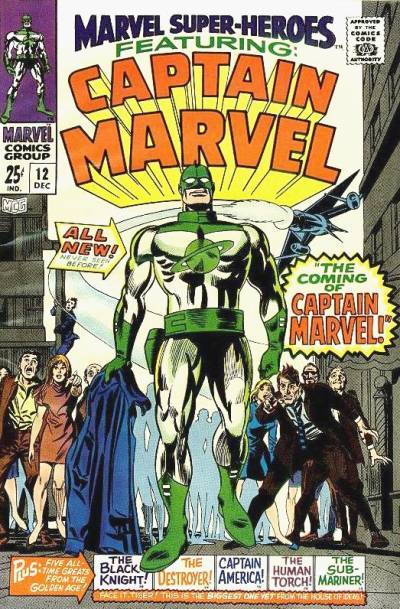
This Captain Marvel would not become a sales juggernaut like Fawcett's. Marvel has to maintain their right to the trademark at least every two years though. So this has lead to dozens of relaunches and different characters under the Captain Marvel name.
This is their legacy of failure.
After two appearances in Marvel Super-Heroes (12-13) Captain Marvel received his own self-titled comic in May 1968. From the first appearance through the fourth issue of the series, Gene Colan drew the character and Roy Thomas wrote him. Then not even a year in new creative team Arnold Drake and Don Heck hop on. Other creators like Gary Friedrich, Dick Ayers, and Archie Goodwin rotate through. The original green and white costume has a simplistic design that has become retroactively classic, but is really not too special.
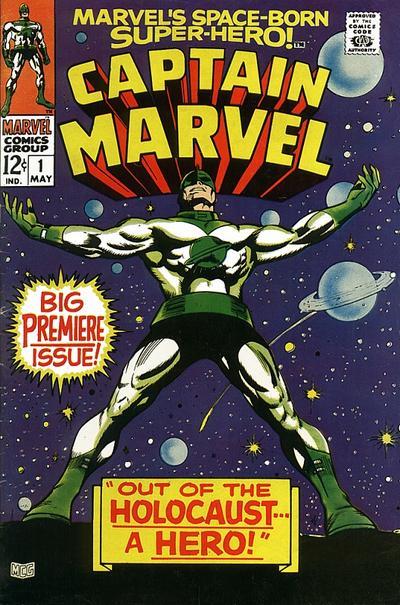
With issue 17 in October 1969, Roy Thomas comes back and is joined this time by Gil Kane. The pair introduce a new costume and the unique dynamic of Captain Marvel playing switcheroo with perennial sidekick Rick Jones. The quality of the book vastly improves, but it only gets the chance to show it off for three issues.
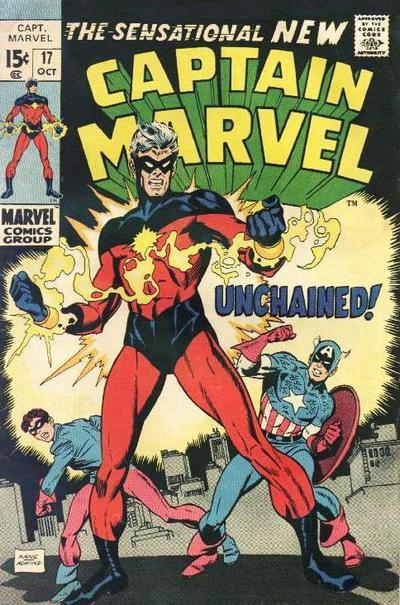
After a six month hiatus, Captain Marvel resumes with issue 20 and the same creative team from before. This time they only get to pump out two issues. The book will now be bimonthly for the most part from here on out.
The character would feature prominently in the classic Kree/Skrull War storyline in Avengers, also written by Roy Thomas. This kept him relevant through 1971 even without a book.
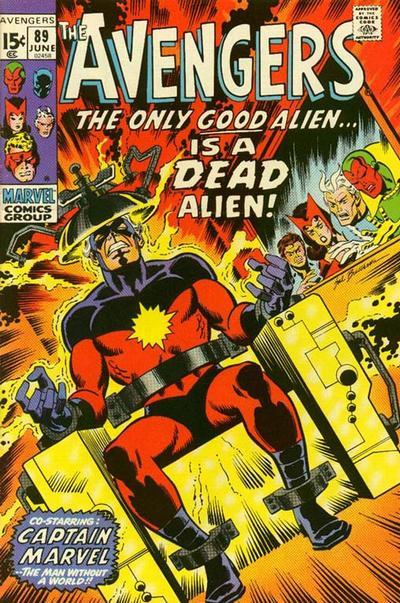
And Mar-Vell is back again two years later in 1972 (recall the trademark rules). This time we have three uninspired issues written by three different writers. The only notable piece here is that they're drawn by Wayne Boring. Who was one of the definitive Superman artists of the 1940s and 50s in comic books and strips. In 1967 DC kicked him out, as they had done with most of their iconic Golden Age artists. Super fan and historian Roy Thomas hired him to do a few jobs for Marvel in the 70s. It's cool to see, but his style honestly was out of date by this point. The irony of these past two relaunches is that both returning issues use the cover text "the hero who wouldn't die!" The irony will become evident in a bit.
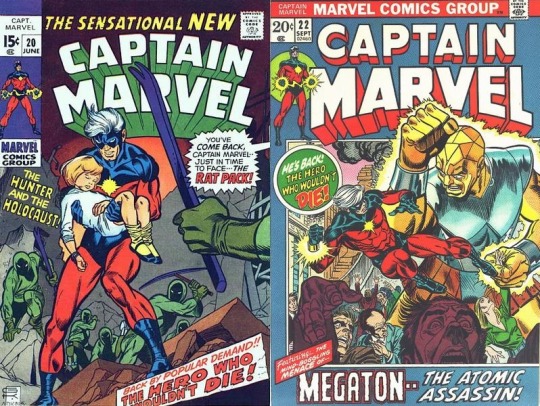
By this point DC has licensed the original Fawcett Captain Marvel. Due to Marvel's trademark usage, DC has to title the comic Shazam (the catchphrase Billy Batson uses to transform into the hero). Shazam runs from 1973 through 1978 and then the character moves to anthology backups. Superman even introduces the Big Red Cheese on the cover of the first issue. Within the pages of the comic, the character is still allowed to be called Captain Marvel. This alleged confusion has caused anxiety over the years for DC and with the New 52 reboot in 2011 they tried to officially change the icon's name to Shazam.
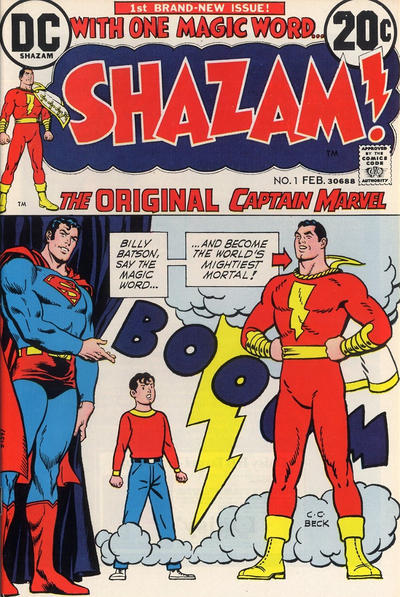
With issue 25 in 1973 Captain Marvel finally becomes a must-read comic when a young Jim Starlin jumps on board as artist. He had previously written and drawn fill-in issues of Iron Man that introduced the characters Thanos and Drax the Destroyer. He brought those characters with him and began writing as well, giving fans the iconic Thanos War arc. Starlin sticks around for less than a year. His final issue is 34, where Mar-Vell fights Nitro and the infamous cover text describes him as "the man who killed Captain Marvel." It's originally just supposed to be a sensational lie as is the tradition.
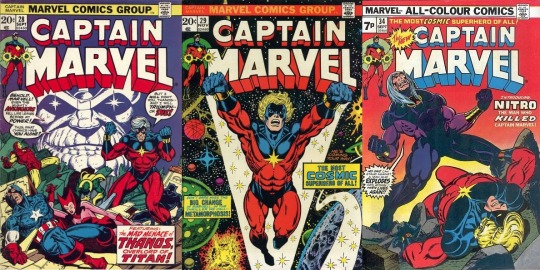
With Starlin gone, Captain Marvel still continues to issue 62 in 1979. Al Milgrom and Pat Broderick draw most of this run. Steve Englehart, Scott Edelman, and Doug Moench handle the writing. Nothing truly memorable or relevant happened, though by this point there were Mar-Vell fans who surely enjoyed it.
Supporting character Carol Danvers also got superpowers and got a spinoff title that ran two years. Mostly written by Chris Claremont. Ms. Marvel would have her own too-late creative reinvention in issue 20 thanks to artist Dave Cockrum. This book was arguably better than the book it spun out of at this point. Carol Danvers will become important again in this saga, but for the time being Claremont pulls her way to be an occasional presence in his vast X-Men run.
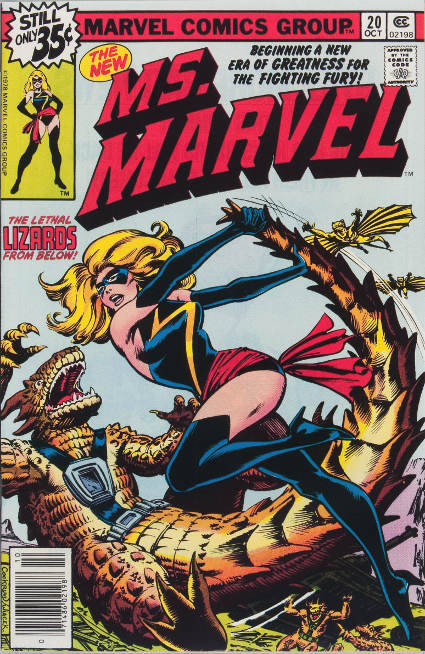
Captain Marvel was cancelled prematurely, so Marvel launched a new volume of Marvel Spotlight to pump out inventory issues. Captain Marvel appeared in Marvel Spotlight 1-4, and 8. Of curiosity is that Steve Ditko and Frank Miller drew the last two issues.
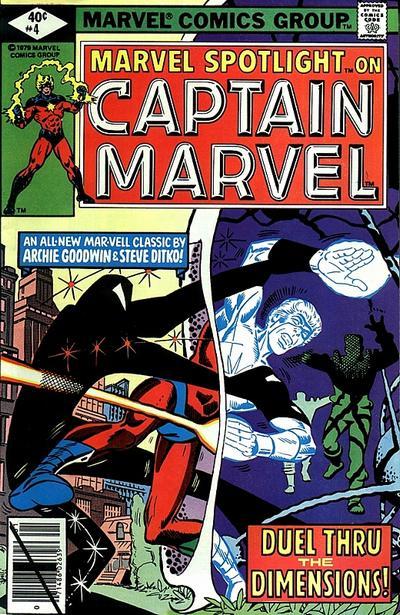
Outside of a few appearances, Mar-Vell doesn't make a major appearance between September 1980 and April 1982. When Jim Starlin was offered to write and draw the first installment of the Marvel Graphic Novel series and kill off a major character. One can presume he wasn't allowed to choose Spider-Man. He went with Captain Marvel, following up from his final issue on the series and revealing that the fight with Nitro gave him cancer. He died surrounded by all his fellow heroes and the book is a genuine emotional classic. It solidifies Mar-Vell as a legend, even if his original series never truly got him to deserve that reputation.
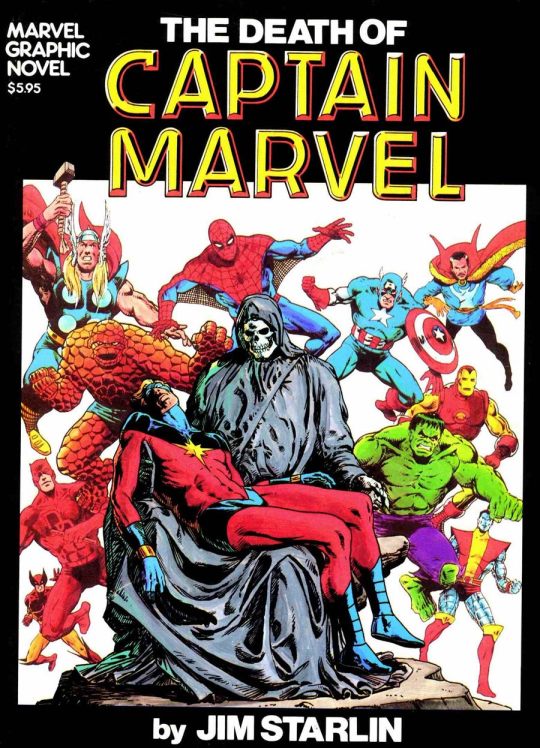
Mar-Vell would be featured in a reprint series titled The Life of Captain Marvel in 1985 focusing on the Starlin run. A three issue flashback series to his green and white era was published in 1997.
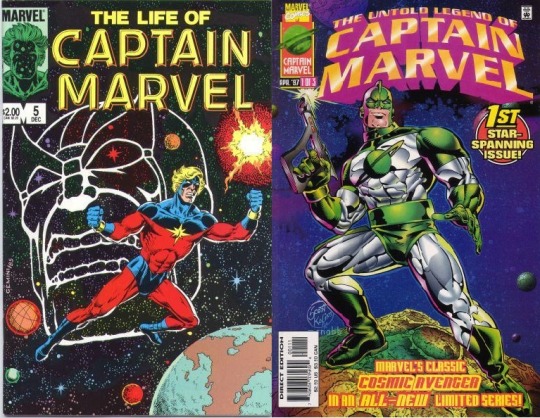
They need to maintain the trademark though, right? Enter Monica Rambeau in Amazing Spider-Man Annual #16 the same year. Her connection to Mar-Vell was nonexistent, but she took on the Captain Marvel name regardless. Creator Roger Stern carried her over to his legendary Avengers run and she even lead the team for a period. Monica has had tons of memorable appearances since, such as the brilliant Nextwave: Agents of HATE.
Monica would receive solo one-shots in 1989 and 1994. Both by the creative team of Dwayne McDuffie and M.D. Bright.
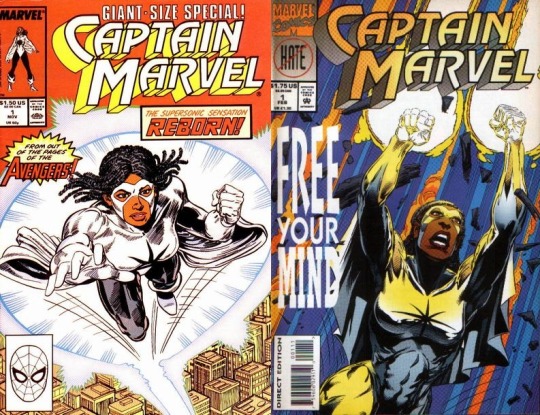
The third Marvel character to go by Captain Marvel was Genis-Vell. Originally introduced in Silver Surfer Annual #6 as Legacy, Genis is Mar-Vell's bastard child. Genis gets his father's Nega Bands and even is linked to Rick Jones. He got his own series written by Fabian Nicieza in late 1995 that was cancelled prematurely after six issues. In Avengers Unplugged #5 Genis officially takes the Captain Marvel name from Monica, who then suffers through several code names over the years.
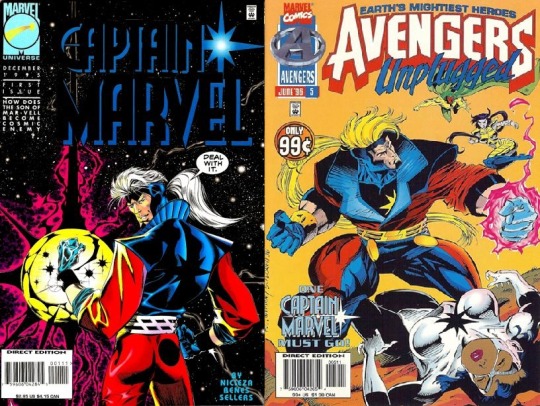
After disappearing for about two years, Genis pops up again prominently in the Avengers Forever maxiseries. This launched a 2000 series written by Peter David and drawn by ChrissCross. The series was a critical darling and cult hit, but sales weren't perfect.
To try and boost sales, the book was relaunched in 2002 as part of the U-Decide Campaign. Which was a (marketing ploy) bet between David, Bill Jemas, and Joe Quesada. Fans helped to decide which of three books would survive. It helps that the other two books (Marville and Ultimate Adventures) were absolute trash, but Captain Marvel handily won. It lasted another 25 issues to bring the entire run to 60 issues. During the run, the fourth Captain Marvel Phyla-Vell is introduced as Genis' sister/clone. She uses the name briefly and then becomes Quasar and then Martyr in other stories. Genis eventually goes crazy, then dies.

In 2008 as part of the Secret Invasion crossover, Mar-Vell seems to come back to life in a self-titled miniseries. However, it's revealed that this character is a Skrull with fake memories.
The Skrull fake dies, but is able to pass on his wishes to the Kree hero Noh-Varr. Who was previously known as Marvel Boy, but then becomes Captain Marvel during the Dark Reign era. After discovering he's being manipulated, he abandons the Dark Avengers and takes on the Protector identity.
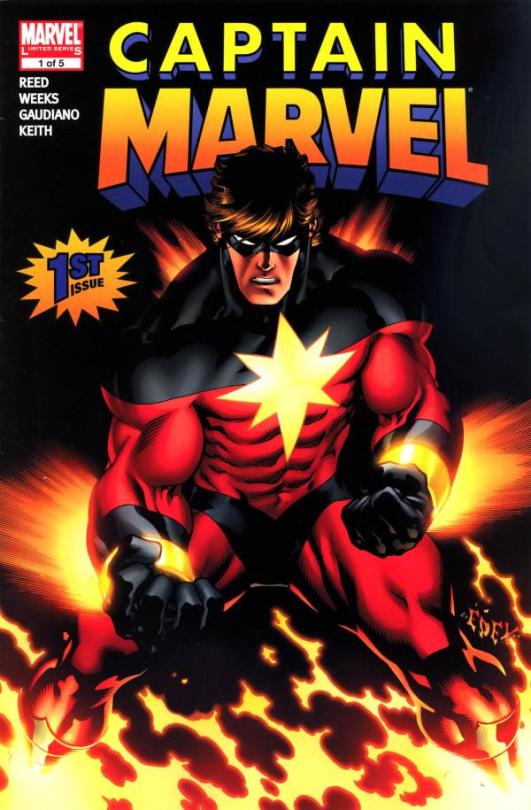
While the Avengers stock is rising in the 2000s thanks to Brian Michael Bendis, Carol Danvers is back as Ms. Marvel and her mission is to become the prominent hero she thinks she can be. To really promote her, in 2012 Marvel gives her the Captain Marvel name, redesigns her costume, and launches a new title. Kelly Sue DeConnick will shepard the character for the next few years. This series only lasts 17 issues.
By 2012 Marvel has now entered their relaunch trigger happy era. So in 2014 Captain Marvel is relaunched while keeping the same writer. This volume is even shorter at 15 issues.
As a tie-in to the alternate reality event Secret Wars in 2015, Carol Danvers gets her own miniseries still by KSD.
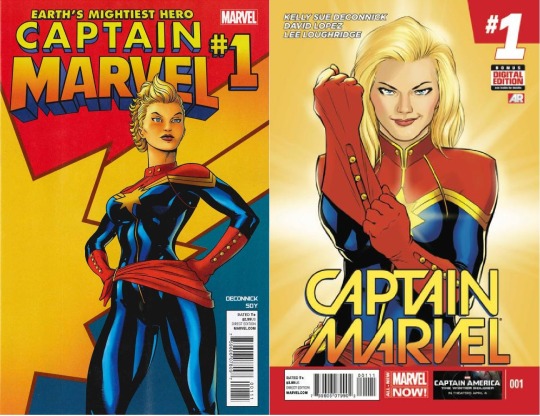
Coming out of Secret Wars, Captain Marvel gets another volume. This one lasts only 10 issues. Marvel brings in TV writers Tara Butters and Michele Fazekas. They leave halfway through and are replaced by Christos and Ruth Gage. The character is significantly entangled in the divisive crossover event Civil War II around this era.
In 2017 another relaunch is due and Carol gets the slight title change to The Mighty Captain Marvel. Prose writer Margaret Stohl is the writer. This series lasts nine issues before being renumbered/retitled as part of Marvel's Legacy initiative. Still with Stohl, renumbered for only five issues.
A soon to be released one-shot tie-in to Infinity Countdown promises Carol adventuring with Monica and possibly Mar-Vell. Marvel has been subtly teasing Mar-Vell's genuine return again recently.

With a Captain Marvel movie starring Carol Danvers just around the corner, Marvel obviously needs to relaunch again (SIGH). July 2018 will bring The Life of Captain Marvel #1. Still written by Stohl, the series promises to retell Carol Danver's origin. So maybe they'll decide to relaunch it again after the origin arc is over.
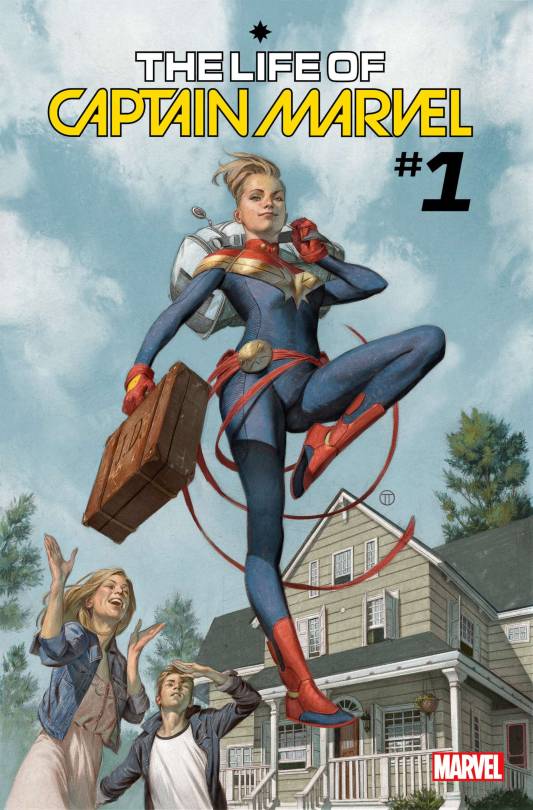
It's unclear whether DC would have been able to quickly grab the trademark back in the possibly free periods of 1984, 1987, 1992, 1998, and 2006. I don't know if the publication of collected editions fulfills the trademark requirements. If so, Masterworks and other collections could tick off some of those possible open spots.
To summarize, here are all of Marvel's Captain Marvel titles and relaunches:
Mar-Vell Marvel Super-Heroes 12-13 (December 1967-March 1968) Captain Marvel Vol 1 1-19 (May 1968-December 1969) Captain Marvel Vol 1 20-21 (June-August 1970) Captain Marvel Vol 1 22-62 (September 1972-May 1979) Marvel Spotlight 1-4, 8 (July 1979-September 1980) Death of Captain Marvel (April 1982) Life of Captain Marvel Vol 1 1-5 (August-December 1985) Untold Legend of Captain Marvel 1-3 (April-June 1997)
Monica Rambeau: Captain Marvel Vol 2 1 (November 1989) Captain Marvel Vol 2 1/2 (February 1994)
Genis-Vell: Captain Marvel Vol 3 1-6 (December 1995-May 1996) Captain Marvel Vol 4 0-35 (November 1999-October 2002) Captain Marvel Vol 5 1-25 (December 2002-September 2004)
Skrull Fake: Captain Marvel Vol 6 1-5 (January-June 2008)
Carol Danvers: Captain Marvel Vol 7 1-17 (September 2012-January 2014) Captain Marvel Vol 8 1-15 (May 2014-July 2015) Captain Marvel and the Carol Corps 1-4 (August-November 2015) Captain Marvel Vol 9 1-10 (March 2016-January 2017) Mighty Captain Marvel 0-9 (February-November 2017) Captain Marvel Vol 1 125-129 (December 2017-April 2018) Life of Captain Marvel Vol 2 1-? (September 2018-?)
*Dates used are cover dates.
#captain marvel#carol danvers#shazam#mar-vell#kree#genis-vell#monica rambeau#photon#pulsar#marvel#marvel comics#comics#comicbooks#comic books#dc#dc comics
54 notes
·
View notes
Photo
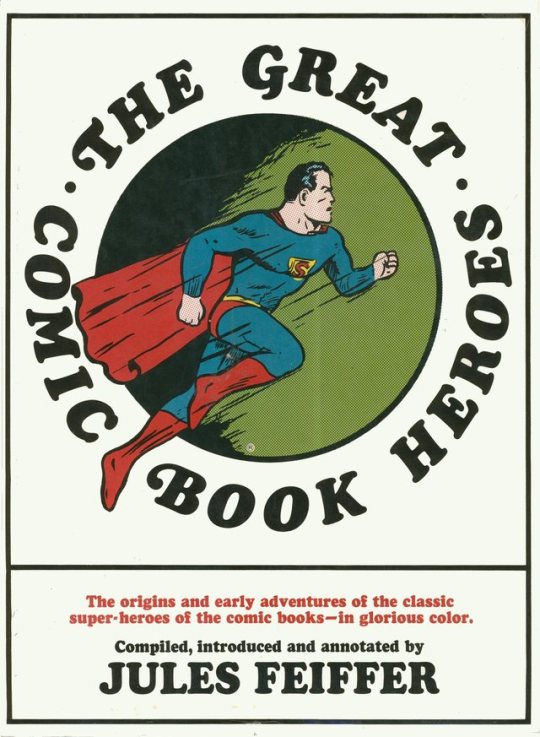
In January of 1977, I turned ten-years-old. And around that time, I would up getting my second book collection of vintage comic book stories--a book that, up until that point I didn’t even know existed. We found it in the remaindered section at Two Guys, a regional low-rent department store chain, kind of like the K-Mart of its day. And because I had money that had been given to me for my birthday, I was able to buy it. By that point, it was twelve years old and had gone through several printings--it was, in fact, the very first collection of vintage comic book stories ever published, coming out in 1965 just ahead of the Batman TV show craze.

THE GREAT COMIC BOOK HEROES began life as an article that Jules Feiffer had written for Playboy magazine, of all places. It was a nostalgic look back, warts and all, at the comic books that were a part of his youth and the state of the industry a few years later when he was able to get into the business working for Will Eisner. From there, Feiffer went on to be a successful syndicated cartoonist, his strip primarily appearing in the Village Voice, as well as an accomplished playwright. He was so well-regarded, in fact, that he was able to convince a number of publishers to reprint stories from their back catalog in this hardcover collection--publishers who, up to this point, has never really worked in concert before.
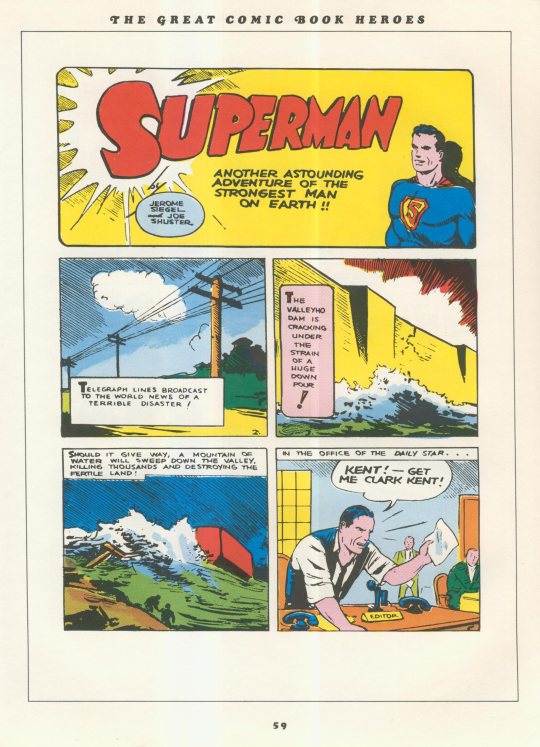
As no good reproduction materials existed, Feiffer worked in concert with DC’s Jack Adler to pioneered a process by which old comic books could be photographed under certain conditions to create a usable black line image, and then recolored. This same process was later used on many of DC’s reprints, in particular the FAMOUS 1st EDITION treasuries--I gather that the reason its use wasn’t more widespread is that it was more costly and time-consuming than was considered worthwhile for a regular comic book release.
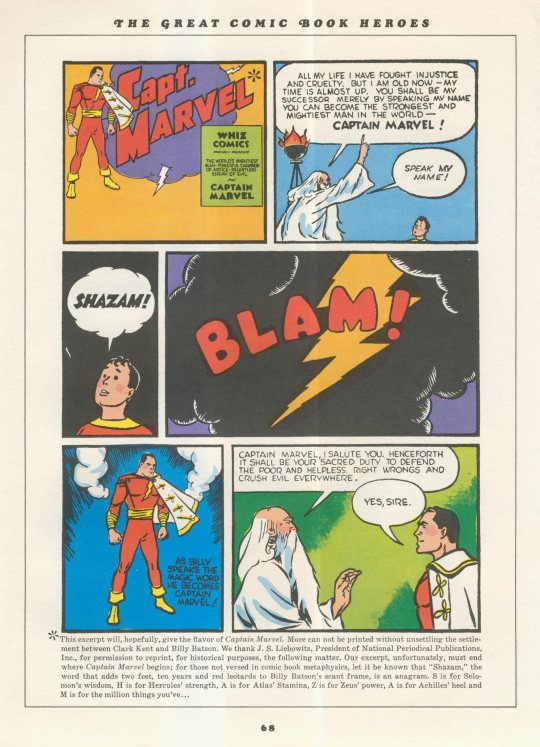
Feiffer was also enough of a bigwig in 1965 that he was able to negotiate a minor detente in the legal agreement between DC/national Periodicals and Fawcett Publications, enough to allow him to reprint a single page’s worth of Captain Marvel. In 1977 when I read this book, I didn’t understand why this was a big deal (and in fact I had read this same story twice before already.) I believe it was the one and only exception ever granted, at least up until the point where DC began licensing the rights to Captain Marvel from Fawcett in 1973.
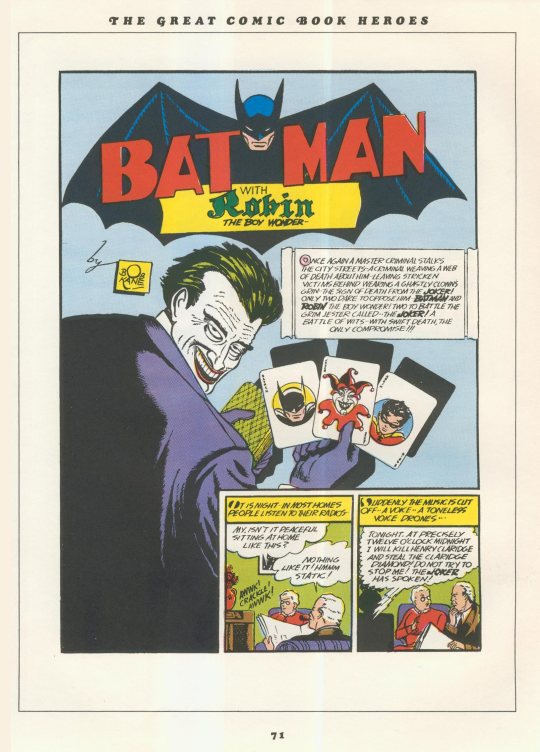
I will confess that, when I first bought this volume, I didn’t read any of Feiffer’s text. That seemed like work to me, who needed it? It was the stories that I was here for! I was hypnotized by the reproduction of one of the comic books that Feiffer had made and sold on the neighborhood street when he was a kid. I had begun to make my own comic books before this, and so this was a very primal point of connection for me--I think I may have read the text of just that one “chapter” (they were all short enough that they were only three or four pages long.)
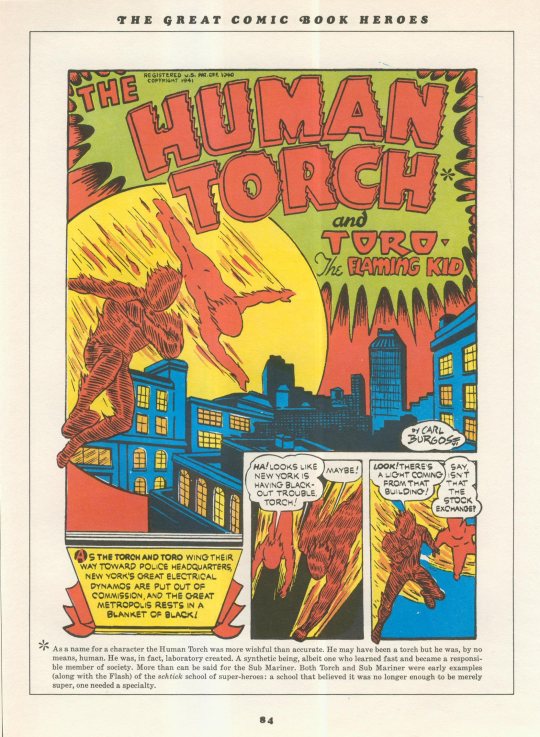
I also didn’t read the stories featuring the Human Torch, the Sub-Mariner and Captain America that were included in the volume. Why would I? I had learned from past experience that I adamantly disliked Marvel comics, decried them whenever I was asked about them, so there was no need to investigate these stories. It would literally be months, not until the summer of 1977, when, on one dull day with nothing better to do, I finally cracked and read through both Feiffer’s full text and the three Marvel stories. And they (along with the write-ups on Timely in the Steranko History of Comics, coming soon) were enough to compel me to give Marvel another chance. But we’ll get to that in due time.
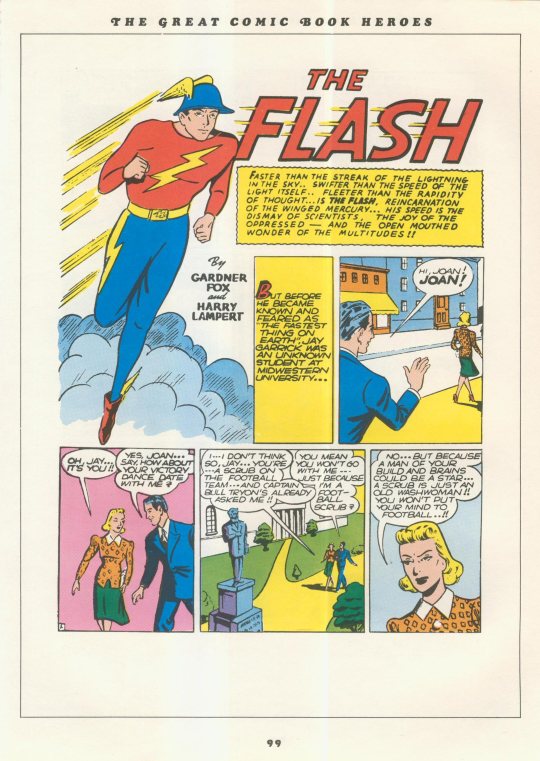
The one disappointing aspect of Feiffer’s book to me, coming to it twelve years later, is that there were already a number of stories in it that I’d read already. Because Feiffer tried to hit all of the mainstays of the big comic book houses in his reprints, and as often as possible, the opening or origin installments. The only times he varied from this approach was when there was some other aspect of the character or the strip that he was trying to highlight--a number of these series took a little while to completely crystallize in their final forms, and Feiffer took that into account when choosing his stories.
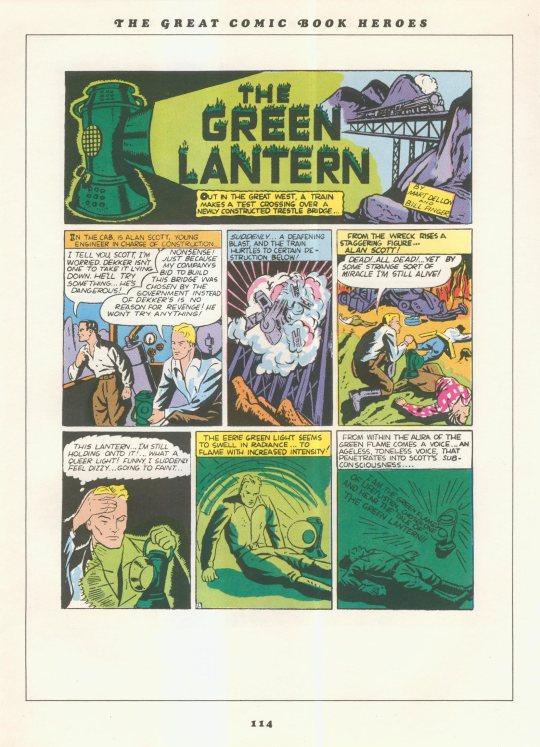
So what was reprinted in this volume? It opened with a two-page origin of Superman, taken not from ACTION COMICS #1 but rather from the more expanded version first shown in SUPERMAN #1. Thereafter, he ran a story that he sourced from SUPERMAN #3 but which was first published in ACTION COMICS #5. It’s really the first full story in which all of the quintessential elements of the Superman series coalesce: the Lois-Clark-Superman relationship in particular. There are several pages in the middle of it that were clearly reworked from newspaper strip samples, panels extended and reformatted into comic book pages haphazardly.
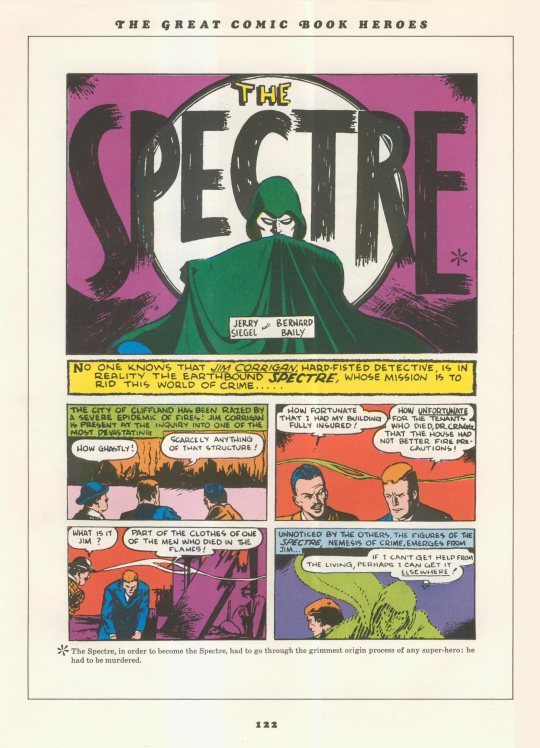
Following the single page of Captain Marvel he could show, Feiffer then reprints the origin of Batman, from BATMAN #1 (which I’d read), as well as the first story featuring the Joker (likewise). This was about a year in, by which point Robin had been introduced, and wit the debut of the Joker all of the elements were in place. But not new to me. Next was a relatively late Human Torch story from MARVEL MYSTERY COMICS #20--like Batman, by this point the Torch’s young partner Toro had come into the series, and it had settled down into typical super-heroics. But I didn’t read it, not yet.
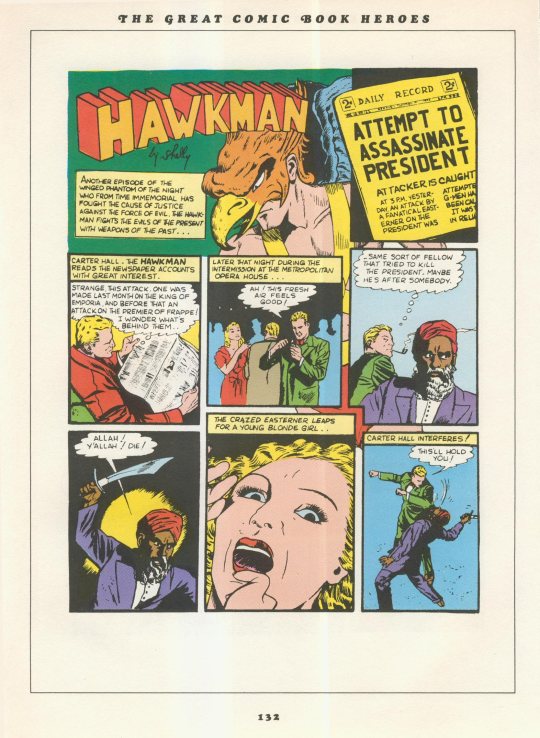
A pair of stories that I’d already experienced came next: the first adventure of the Flash (my third copy of it!) from FLASH COMICS #1 and the first installment of Green lantern from ALL-AMERICAN COMICS #16. Next came a solo Spectre story from ALL-STAR COMICS #1. I was familiar with this early version of the Spectre from the FAMOUS 1st EDITION reprint of ALL-STAR #3, but he wasn’t especially interesting to me. Because he was already dead and could do literally anything, there wasn’t a lot of drama to be found in his stories. Even as a kid, this deficit was apparent to me. Superman, at least, had to struggle to accomplish whatever his goal was.
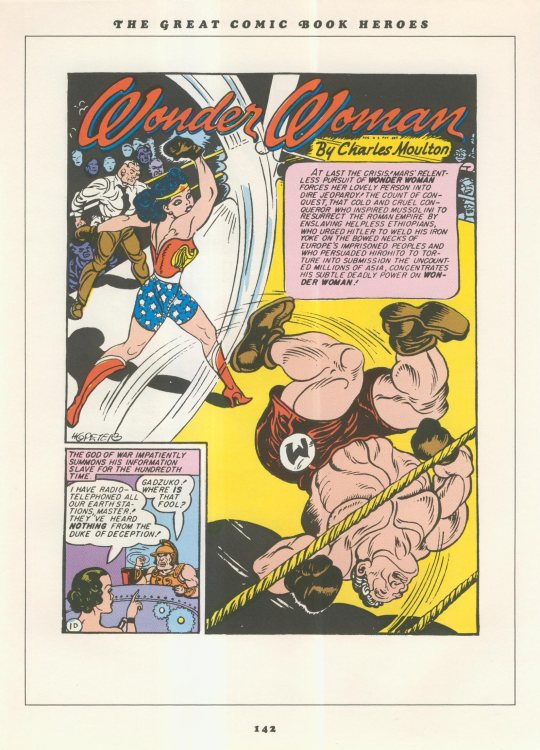
Next came an adventure of Hawkman, sourced from FLASH COMICS #5. Here, Feiffer skipped the earliest adventures of the winged wonder so as to showcase the work of Shelly Moldoff on the strip (and in particular how often he was swiping Flash Gordon panels by Alex Raymond, which happened everywhere.) This was followed by a Wonder Woman story from WONDER WOMAN #2--actually, it was a single chapter of a four-chapter larger story, but I wouldn’t discover this for decades. Feiffer chose it as a good example of some of the strange sexuality that was operating under the hood of what at first glance appeared to be a patriotic heroine series. This was the stuff that really made Wonder Woman sizzle, and the lack of which one of the reasons why her series had such a lack of pop in the 60s and 70s.
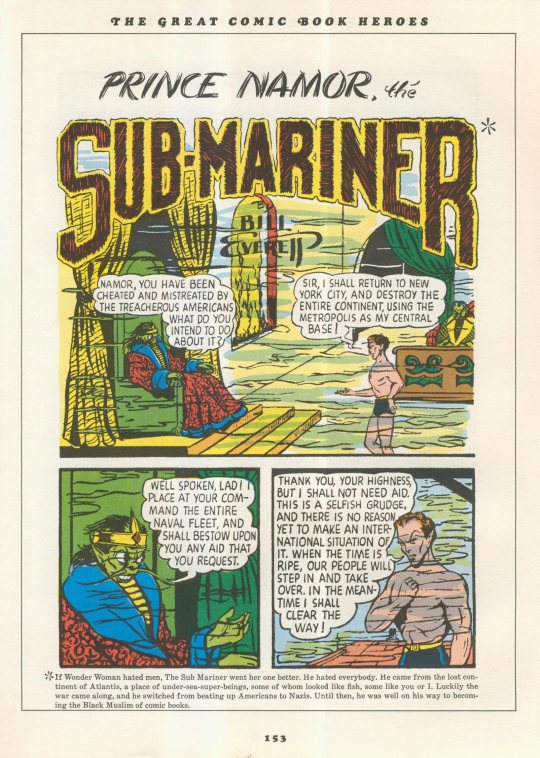
Then came a Sub-Mariner adventure from MARVEL MYSTERY COMICS #7, by which point creator Bill Everett had worked out the bugs. I didn’t read it for several months, but essentially it’s an orgy of destruction, as Namor returns to Manhattan to carve out vengeance for his undersea race by wrecking and destroying his way across the city--he even at one point accosts Mayor Fiorello LaGuardia. There isn’t much plot, only carnage--and it ends with Namor’s friend Berry Dean warning him that the Human Torch would be on his trail. But that historic meeting wasn’t included.
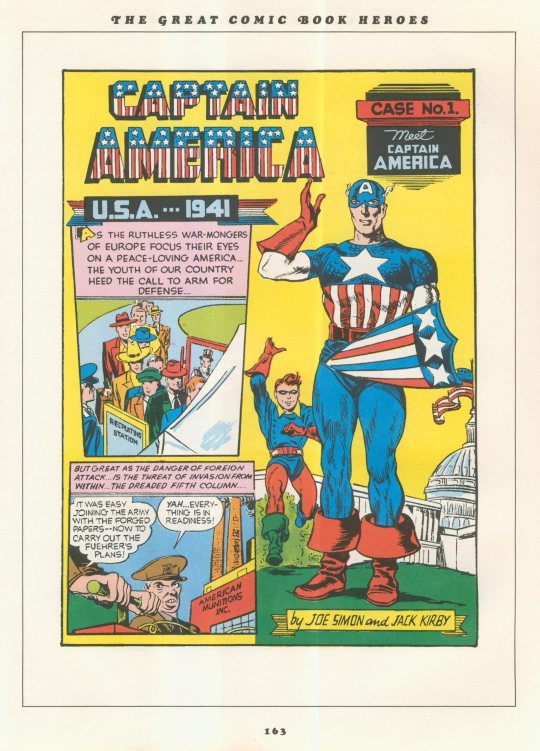
I also skipped the origin of Captain America, from CAPTAIN AMERICA COMICS #1. It’s a pretty crude piece of work, like most of what was reprinted in this volume. There are only hints of the explosiveness that Jack Kirby would bring to the comic book page in the next few issues, to say nothing of the next few decades. The pages were a little bit more jigsaw puzzle-y, but only a little bit. That would change as Kirby got going on Cap.
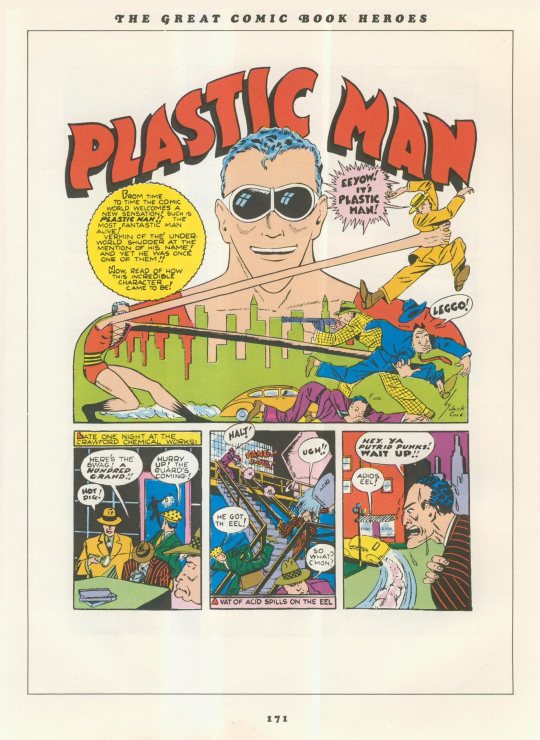
Next came the first Plastic Man adventure, from POLICE COMICS #1, and which I’d read a few weeks earlier in SECRET ORIGINS OF THE SUPER DC HEROES. It was still a fun tale, but one that only hinted at the inventiveness that Jack Cole would bring to the character and to the page. I felt the same way about the Spirit based on the story that Feiffer reprinted here. He spent a lot of time talking up how innovative and impressive a series it was, but from this sampling, I just couldn’t see it. Part of that, no doubt, is that most scholars consider the best period of Eisner’s Spirit to run from around 1946-1950 or so. But Feiffer was working for Eisner for most of that period--he wrote several of the most memorable tales--and so his interest was in the earliest Spirit adventures, the ones he read as a kid.
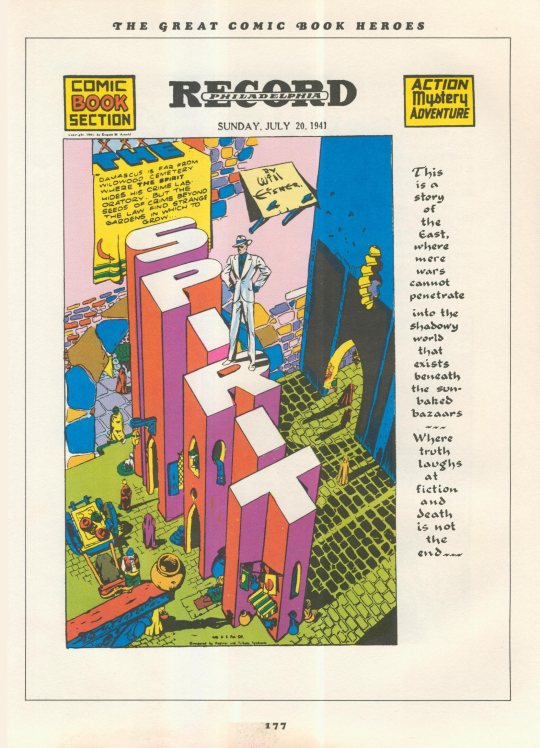
So it was a highly-enjoyable volume, and one that would have a greater impact on me over the course of time, but also slightly disappointing. But I was glad to have it, in particular because its existence came as a total surprise to me. At this point in time, there were precious few compilations of old comic book stories, so each one was like a treasured gem.
#The Great Comic Book Heroes#Jules Feiffer#Superman#Captain Marvel#Jack Adler#Batman#Flash#Green Lantern#Human Torch#Hawkman#Spectre#Wonder Woman#Sub-Mariner#Bill Everett#Captain America#Jack Kirby#Plastic Man#The Spirit#Will Eisner#DC#Marvel
288 notes
·
View notes
Text
Worldbuilding, or What Fantasy Fiction Taught Me About Archaeology
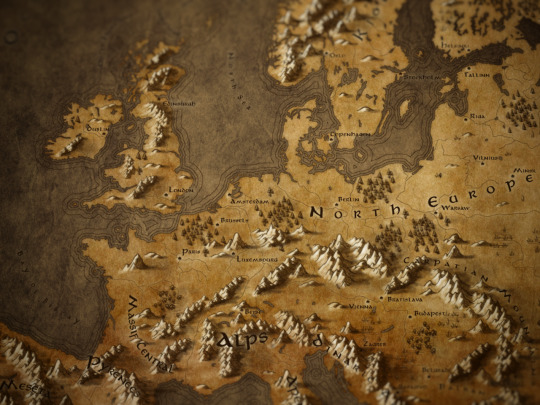
By Adrián Maldonado
This post is an interim report. I have found that reading about the history of the fantasy genre has taught me something important about the history of archaeology itself. In my last post, I showed that Robert E Howard, creator of Conan the Barbarian, was building his Hyborian Age around the same time as JRR Tolkien was conceiving Middle-earth. For all their interest in the ancient past, neither author knew much about archaeology, a discipline that was still just gaining legitimacy in the 1920s and 30s. And yet their writings have much in common with the archaeological stories of European prehistory emerging at the time.
In other words, fantasy and archaeology grew out of the same origin stories, and they both carry similar baggage as a result. Let’s poke around in that dirty laundry for a bit.
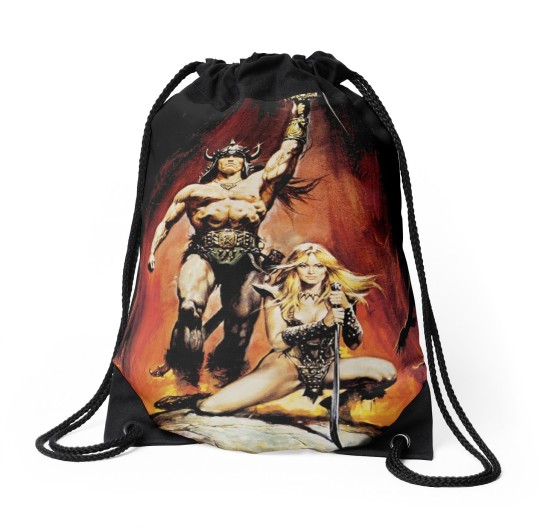
Barbarian baggage (source)
Tolkien and Howard are not seen as being in the same league as writers; indeed, they are treated as opposite ends of the fantasy genre: high fantasy vs swords and sorcery. But the more I look into it, the more I’m surprised by the parallels in their trajectories.
I’m also realizing the parallels they share with another master worldbuilder working at the same time: archaeologist Vere Gordon Childe. To Childe we can attribute the first scientific ‘grand narrative’ of European prehistory, as opposed to Tolkien and Howard’s fictional prehistories. Childe’s career-establishing volume, The Dawn of European Civilisation (1925), was the standard text on the matter for a generation, and went through six editions in his lifetime. Alongside his academic work, he continually wrote companion books about prehistory for the layperson, making him a household name as much as any archaeologist of the time. He was even name-checked by Indiana Jones (though sadly not in a film that I consider canonical).
youtube
***
Tolkien, Howard and Childe, born on three different continents around the turn of the 20th century, would go on to shape the western vision of its own ancient past, though there is not much evidence that they knew of each others’ work. Let’s just start with how closely their careers overlap in time:
JRR Tolkien (1892-1973). Born in South Africa to English parents; moved to England at the age of three. Began degree in Classics at Oxford University in 1911, but changed to English; graduated 1915. Professor of Anglo-Saxon, then English Language, at Oxford 1925-1959. Lecture entitled ‘Beowulf: The Monsters and the Critics’ (1936) promoted the literary value of myth. Major works: The Hobbit (1937), The Lord of the Rings (1954-55), The Silmarillion (posthumously in 1977).
Vere Gordon Childe (1892-1957). Born in Australia to English parents; degree in Classics at University of Sydney in 1911-1913, then Oxford University for a BA in Classics and BLitt in Archaeology 1914-1917. Professor of Archaeology at Edinburgh University, 1927-1946, then Institute of Archaeology, London, 1946-1956. Major works: The Dawn of European Civilization (1925, 6th edition 1957), The Aryans: A Study of Indo-European Origins (1926), Man Makes Himself (1936), The Prehistory of European Society (posthumously, 1958).
Robert E Howard (1906-1936). Born in Texas, USA. First short story published in Weird Tales in 1925. Essay entitled ‘The Hyborian Age’ (1936) established a shared timeline for his Kull, Conan and Bran stories. Committed suicide in 1936. Reprinted collections helped spur the fantasy revival, including Conan the Conqueror (serials 1935-36, hardcover edition 1950), King Kull (serials 1929-1931, paperback 1967), Bran Mak Morn (serials 1930-1932; paperback 1969).
There are some interesting coincidences here, not least the fact that Tolkien and Childe both overlapped at Oxford, though there is no evidence they met or sat any of the same lectures. It is harder to show the link between either of them and Howard, who was born 14 years later, but despite the age gap, all three men began building their past-worlds during or in the immediate aftermath of the Great War. Tolkien was first struck by the name Earendil in an Old English poem in 1914, and began writing the stories that would become The Silmarillion by 1917. Childe began his life-long quest for the Indo-Europeans during his years at Oxford (1914-17), and it is surmised that much of what became his 1926 book The Aryans was based on his research during those years. Howard, as recounted in my last post, first discovered the Picts in a New Orleans public library in 1919, and by high school was already writing essays about the peopling of prehistoric Europe.

There goes the neighbourhood (source)
What really joins all three is that they are all, in their own way, prehistorians. Though Tolkien and Howard are best known for their pseudo-medieval worlds, they both explicitly tried to create links between their fictional worlds and our own prehistory. Thanks to the careful archival research of Tolkienists, we can track the evolution of Arda from its origins as a mythical history of England. As late as his time-travel story, the Notion Club Papers (1945), Tolkien was experimenting with ways of connecting his legendarium with English prehistory or early medieval history, the two timelines interrupted by a cataclysmic flood. Howard’s Hyborian Age independently used the same device – an Atlantis-like cataclysm that reshaped the Earth into the shape we know it today. Howard and Tolkien were both in the business of crafting proto-prehistories of Europe.
Both authors claimed these were only devices to help the stories feel realistic. But Tolkien never severed the connection to England: in his letters from the 1950s, he explains that his Ring cycle took place on our Earth, with Hobbiton at the latitude of Oxford and Minas Tirith at the latitude of Florence, but 6000 years before our histories begin. “As far as I know,” he wrote enigmatically in 1958, “it is merely an imaginative invention”. As for Howard, his Hyborian Age ends by outlining how our modern European ‘races’ connect with his fictional ones, for instance: “The Gaels, ancestors of the Irish and Highland Scotch, descended from pure-blooded Cimmerian clans.”
***
There are volumes to be written about all this, but for the current post I just want to keep it about archaeology. From 1925-1958, archaeologist Gordon Childe published some 25 books and pamphlets on European prehistory, many of which, including his Dawn (1925), Man Makes Himself (1936) and his final work The Prehistory of European Society (1958), took all of Europe as their canvas, crafting a rich narrative with a time-depth even Tolkien would approve of. Like Tolkien and Howard, Childe was similarly attracted by the gaps and silences of the past. His interest in the Indo-European proto-language soon transformed into a quest for archaeological evidence for the peopling of Europe itself. The later 19th century had seen an explosion of national archaeologies, in which the emerging nation-states of Europe each sought to trace (or create) a unique ‘national character’ rooted in the ancient past. Childe, like many others, was enthralled by the discovery of these ‘cultures’ and did more than most to establish their scientific basis through the study of artefacts. But in his visits to museums across Europe, he began to see patterns cutting across national boundaries. The Dawn (1925) was his first attempt at joining the dots and telling a coherent story of the prehistory of Europe as a whole, and he would spend his life refining it.
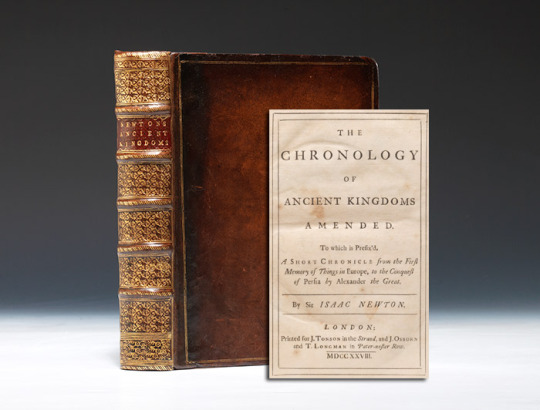
Prehistory: all the cool kids are doing it (source)
In a time before the radiocarbon dating revolution of the 1950s, and when the concept of prehistory itself was still fairly recent, almost any vision of the deep past was based on a certain amount of conjecture. Even the Dawn’s scientific, fact-based version still retained elements of the fantastical, with technologies like farming and metallurgy being ‘diffused’ by wandering prospectors and adventurers. And more than Howard and Tolkien, his prehistories were inextricably linked to modern Europe. Towards the end of his Bronze Age (1930, p 239), he explained the weight of what he was describing: “The general economic and social structure that may be inferred from the Late Bronze Age remains persisted with surprisingly superficial modifications throughout the Roman Period in many parts of the Empire...Even in the British Isles many elements of pure Bronze Age culture survived unchanged by subsequent migrations and invasions till late in last century”.
***
Childe’s prehistories did not survive the radiocarbon revolution, but the tropes of the world he built remain embedded in the archaeological genre which he helped create, as evidenced by the number of archaeological symposia and edited volumes about his continued influence. So the question remains – why were Tolkien, Howard and Childe busy reimagining prehistory in the interwar years? One stab at a short answer is that they all touched on a similar nerve in a heightened time. All three men took a cold, hard look at the old values that had led the world to war, and rejected them for an alternative history, one that looked beyond the great empires of the Mediterranean and Mesopotamia, which by now seemed too much like the collapsing empires of their own time.
But they were not alone, and not the first to do so. Across Europe and throughout the 18-19th century, there were movements to rediscover lost pasts, which we now dismiss as ‘antiquarianism’. These amateur practitioners and part-time scientists established the national collections of artefacts and compendia of ancient texts which allowed the modern academic disciplines of archaeology, history and linguistics to emerge. The appreciation of "cultures” which preceded Rome, the barbarians of Howard’s work and elves of Tolkien’s, has a long pedigree, and resulted in the emergence of a bipolar Celtic and Germanic inheritance for western Europe. Tolkien, Childe and Howard were all innovators, but were also continuing a discussion that had begun a century ago. It’ll be interesting in a future post to track the ways in which the progenitors of all three genres – high fantasy, swords and sorcery and European prehistory itself – accepted or rejected these stories in the worlds they built.
***
Follow us on @AlmostArch
Cover image by @callumogden
18 notes
·
View notes